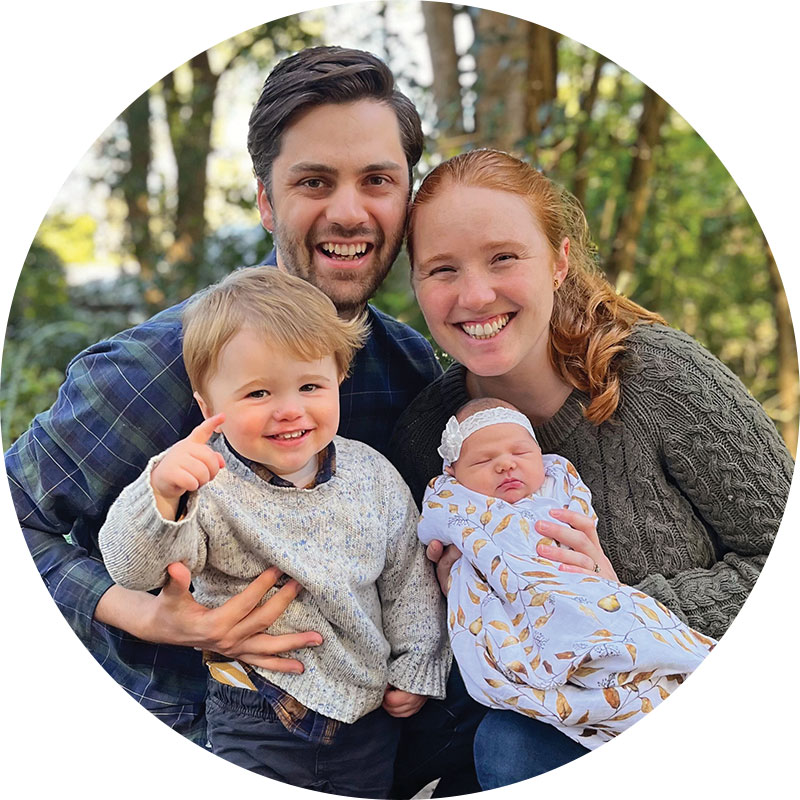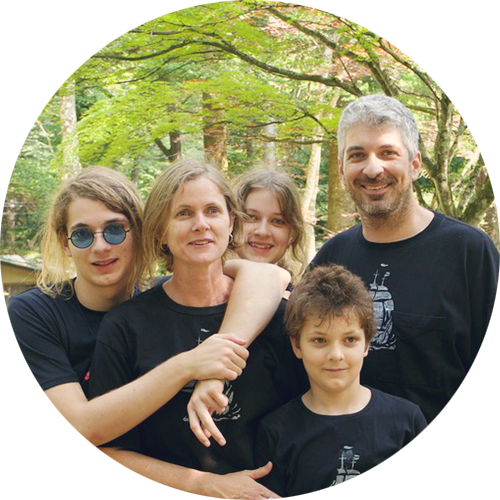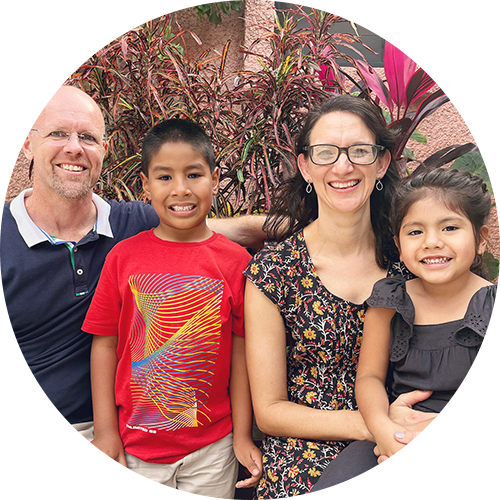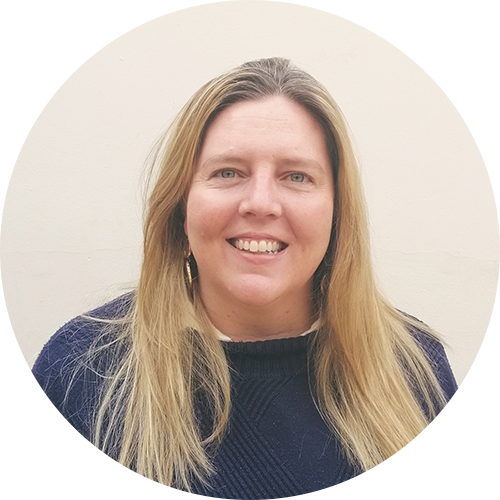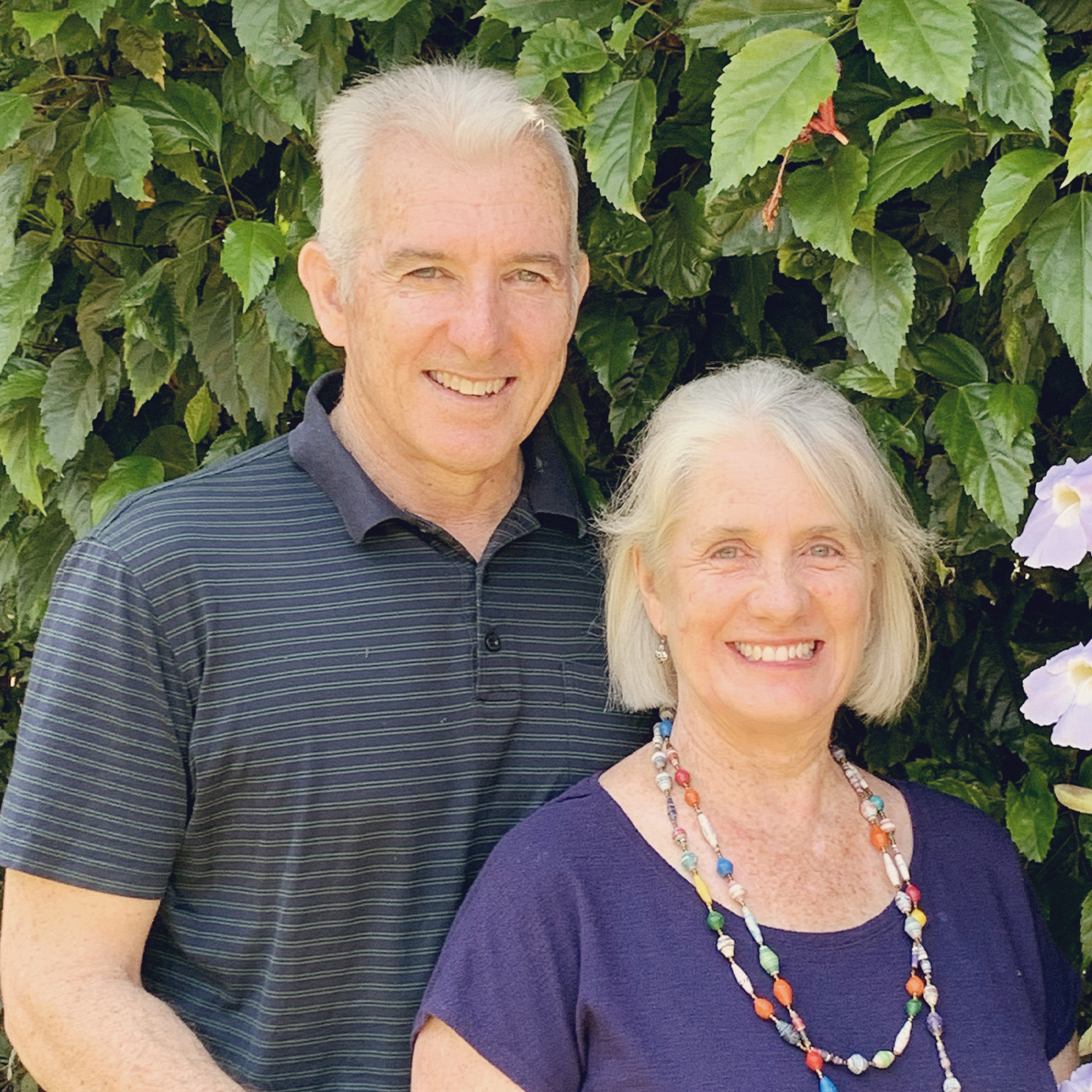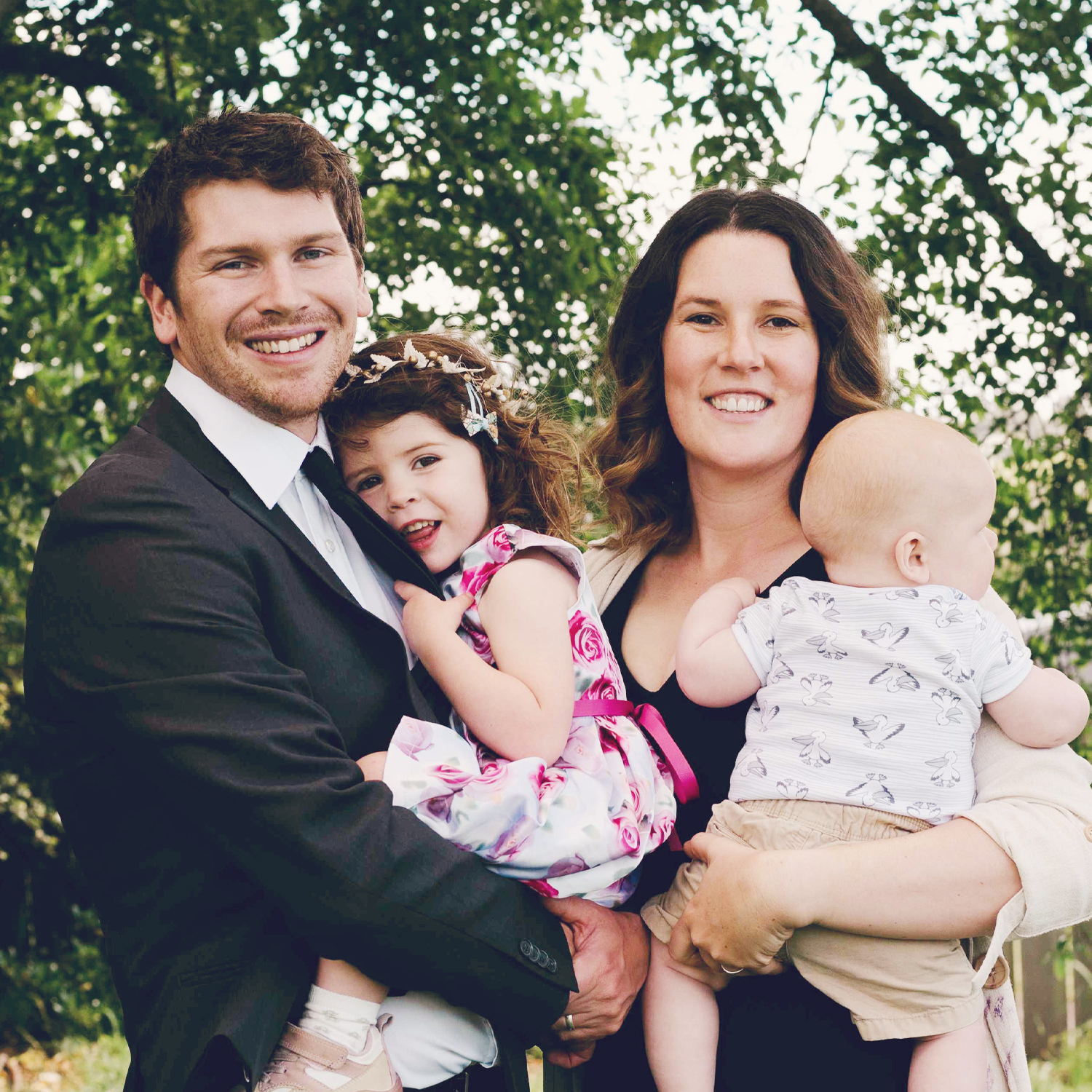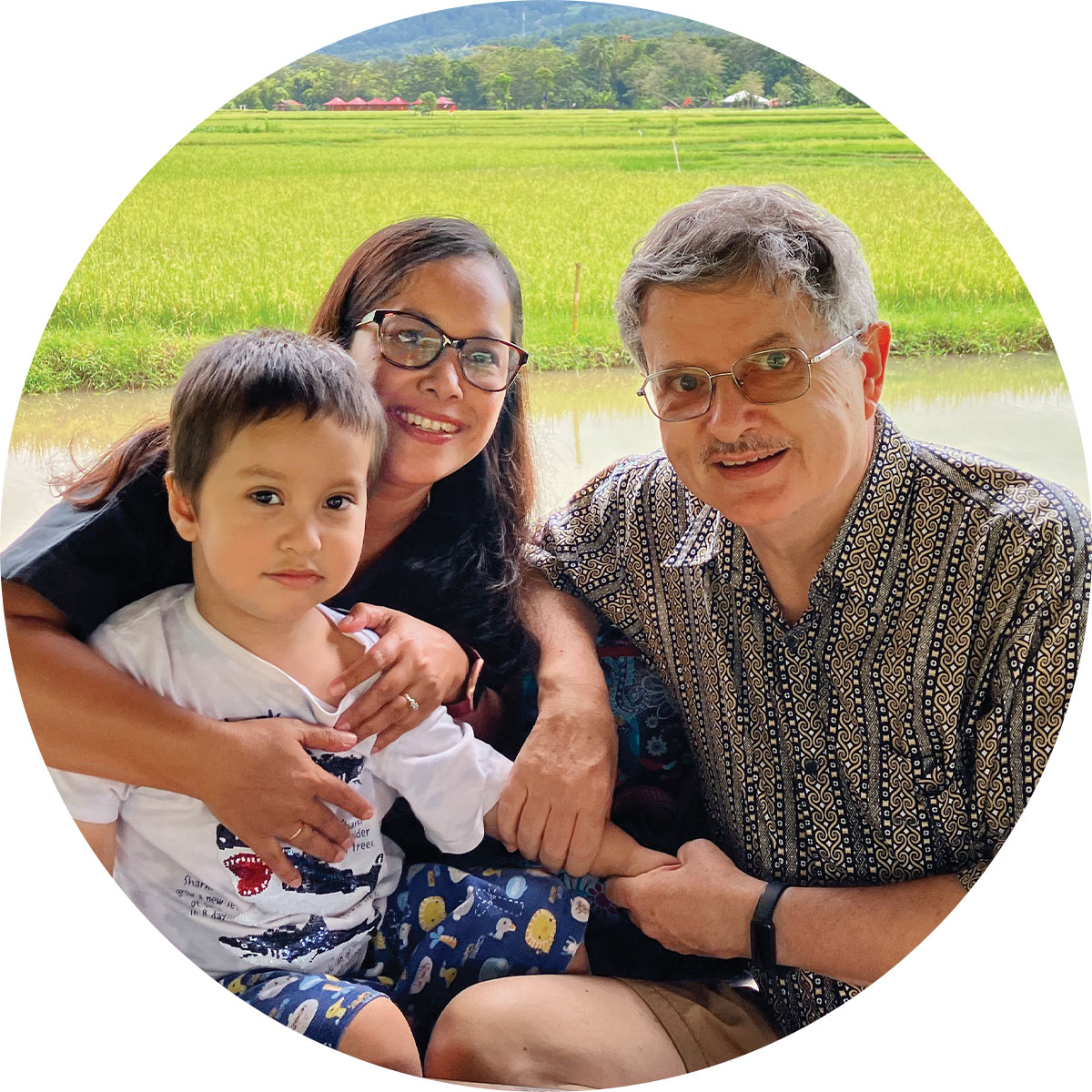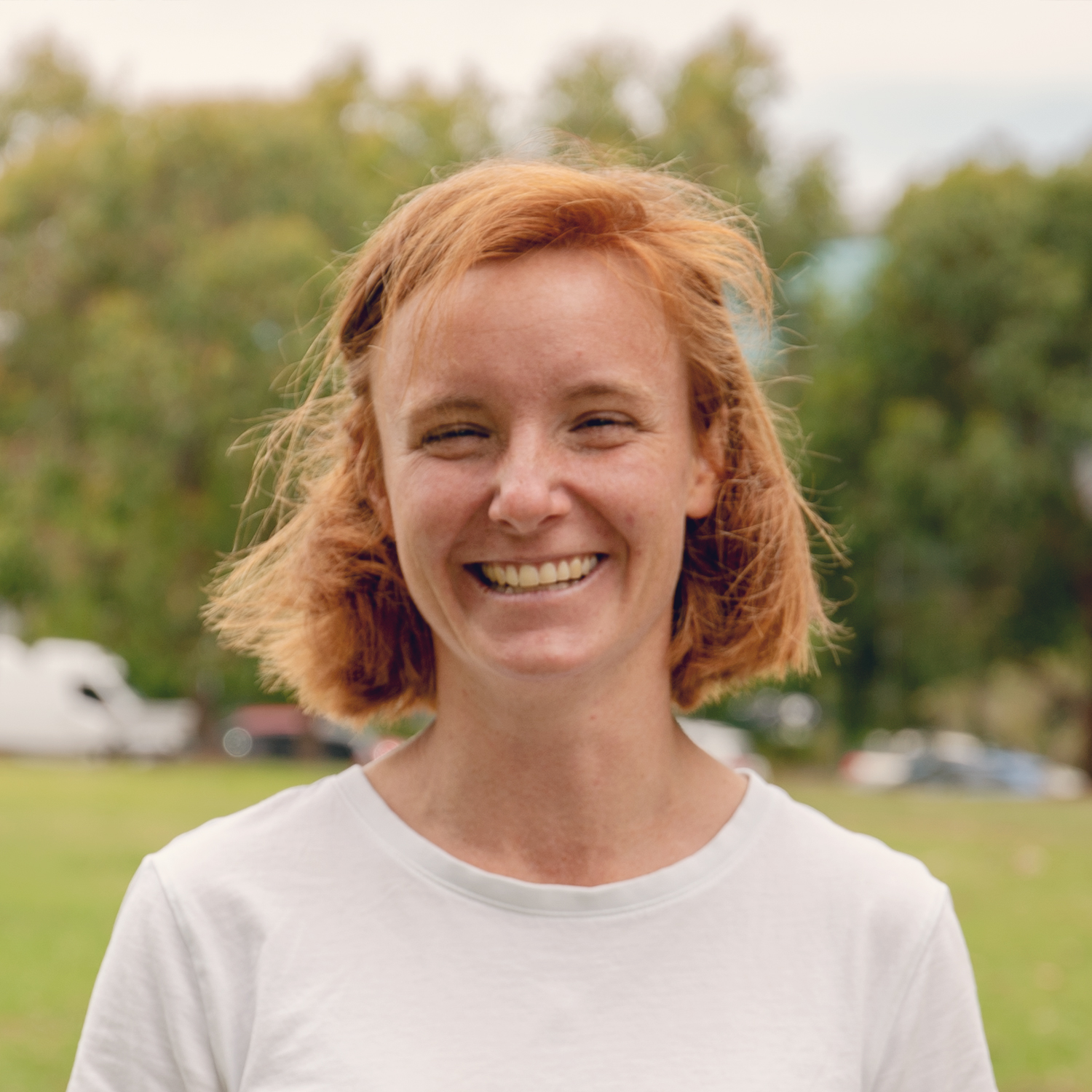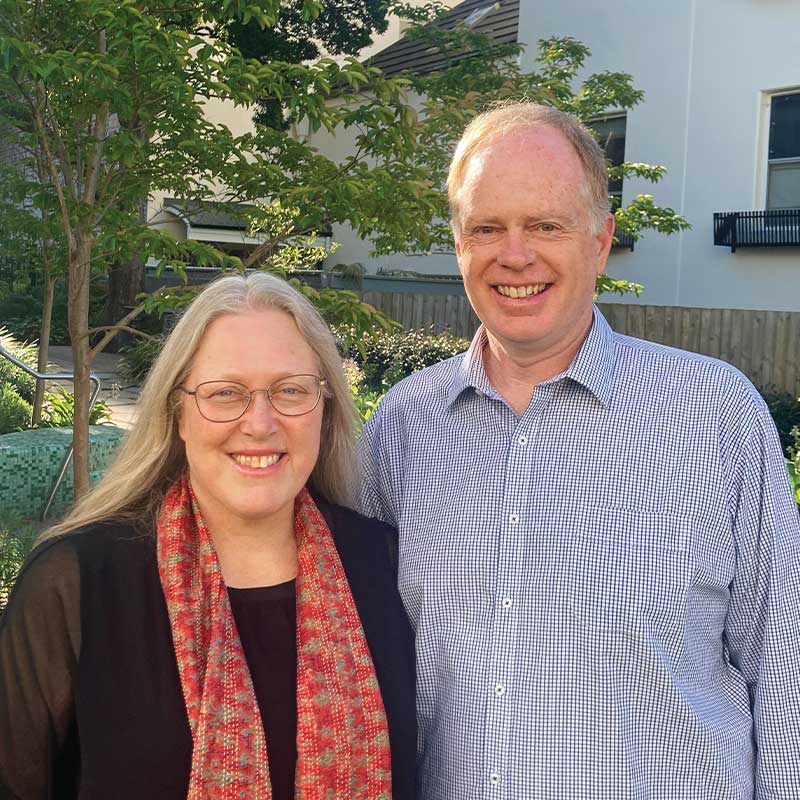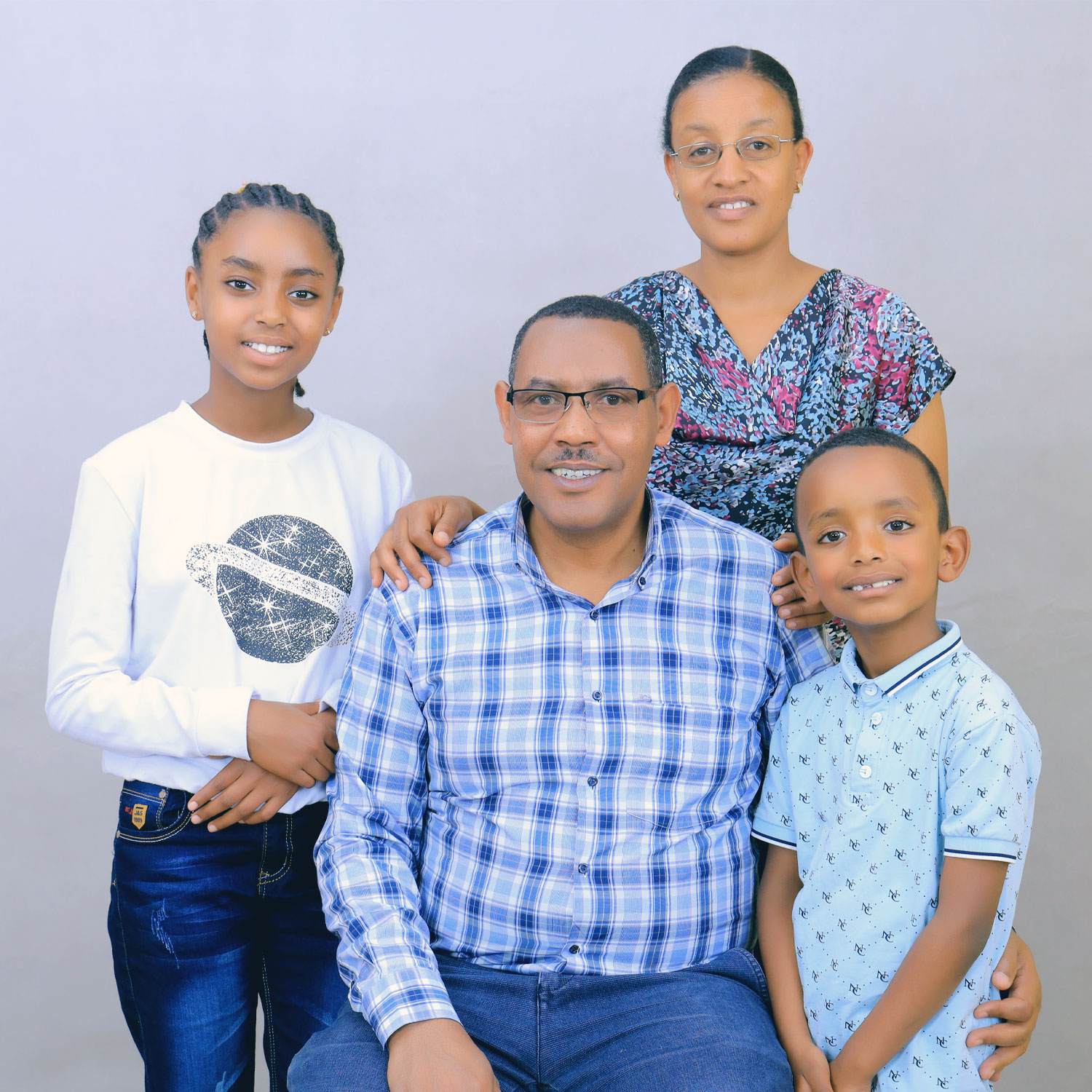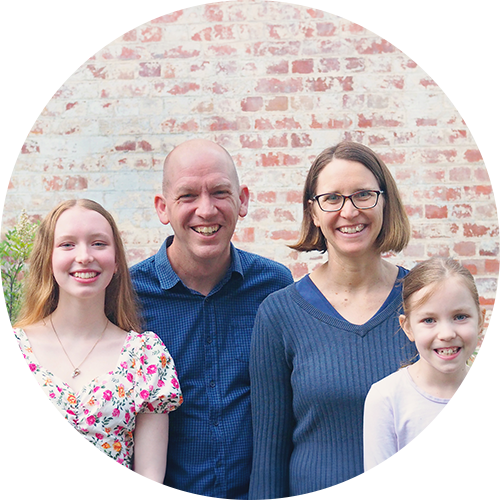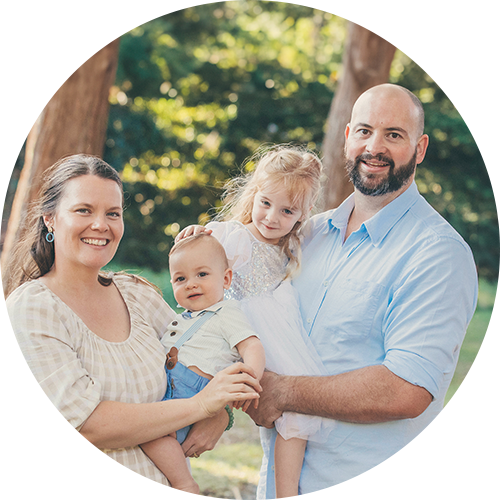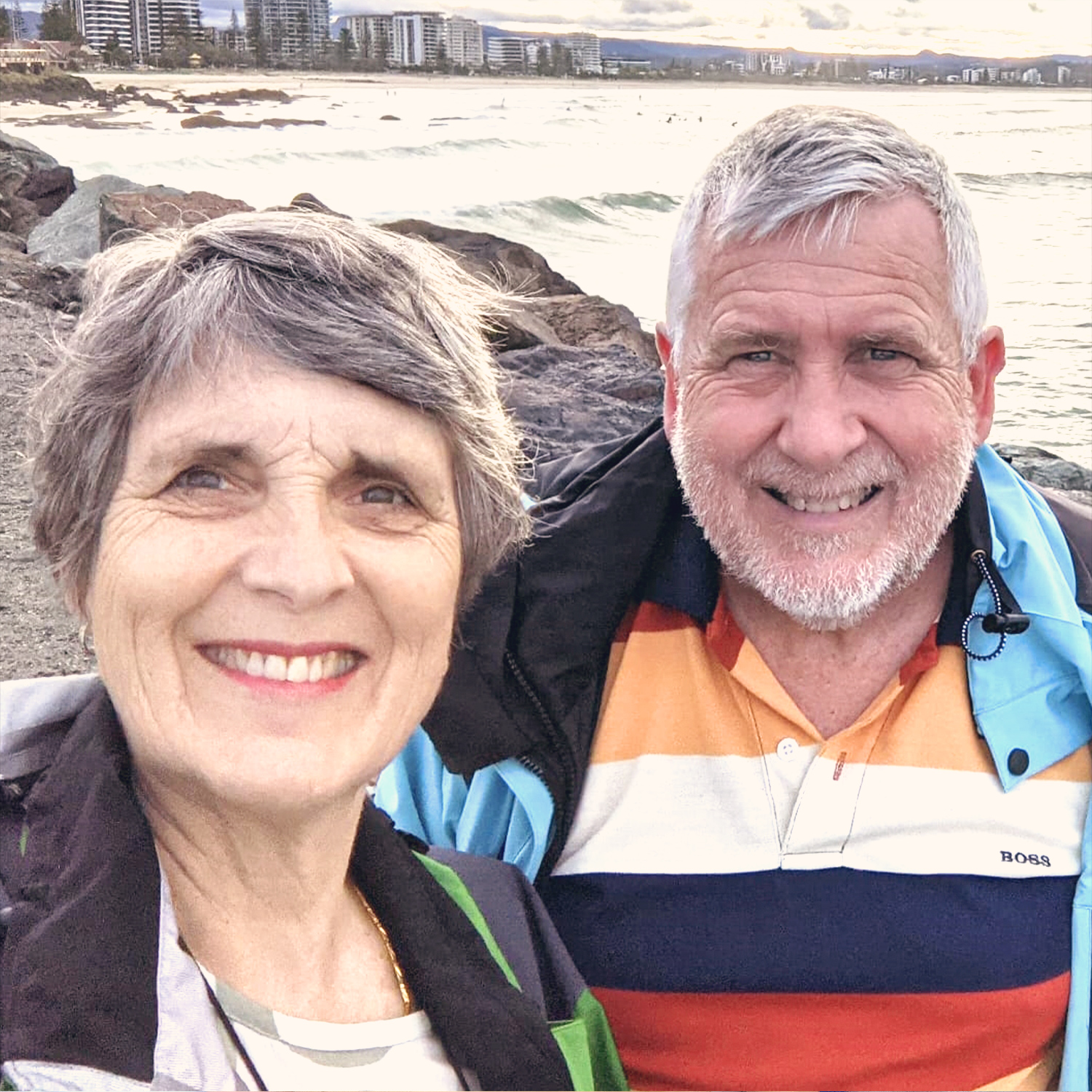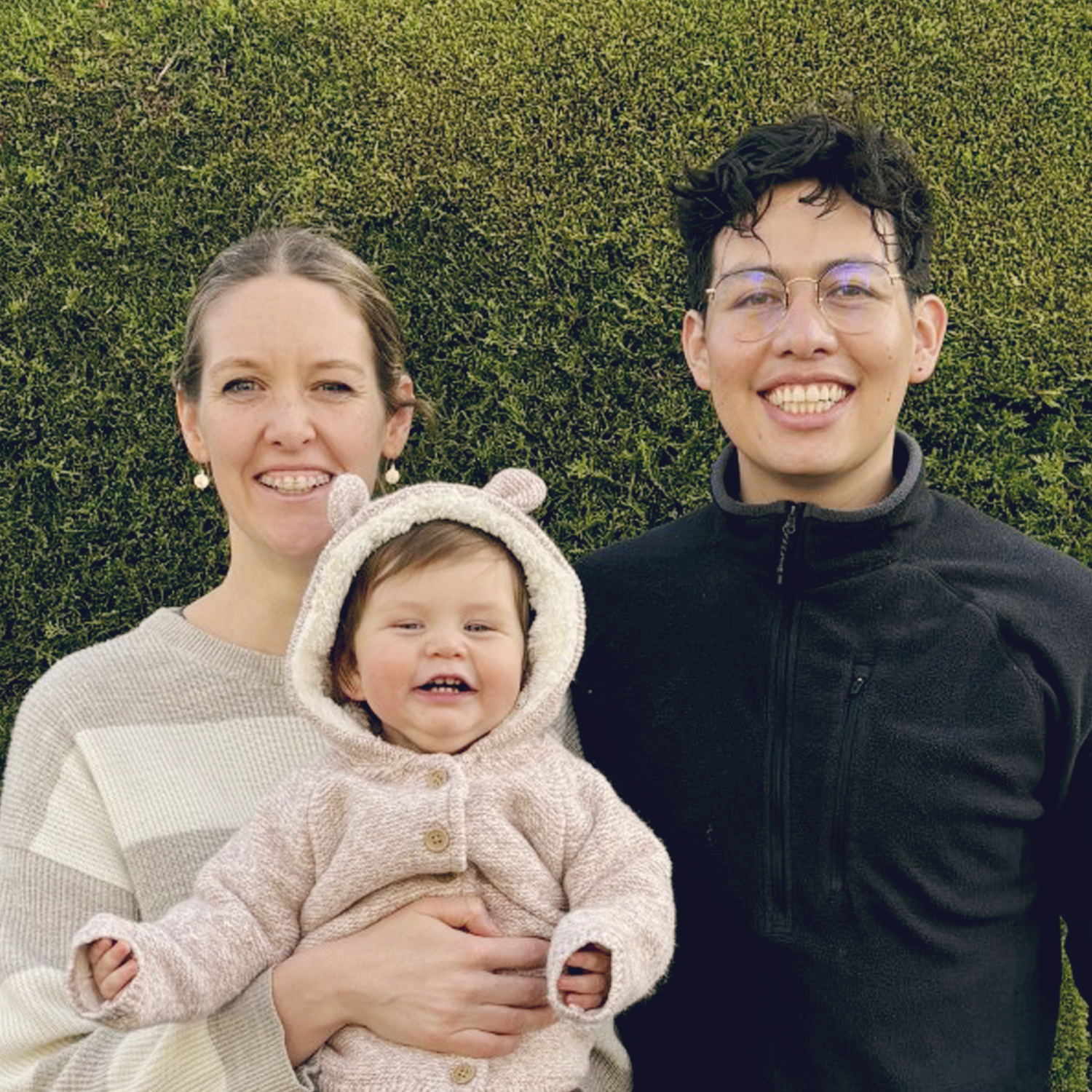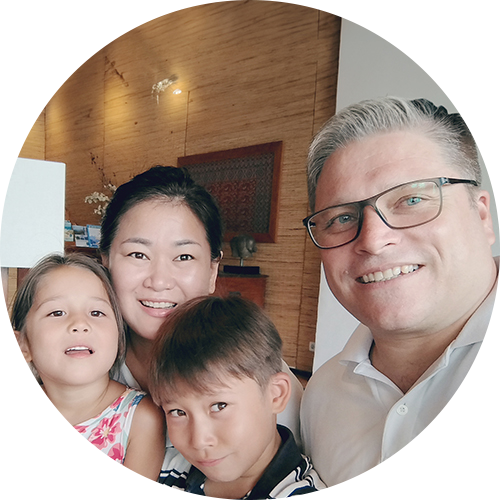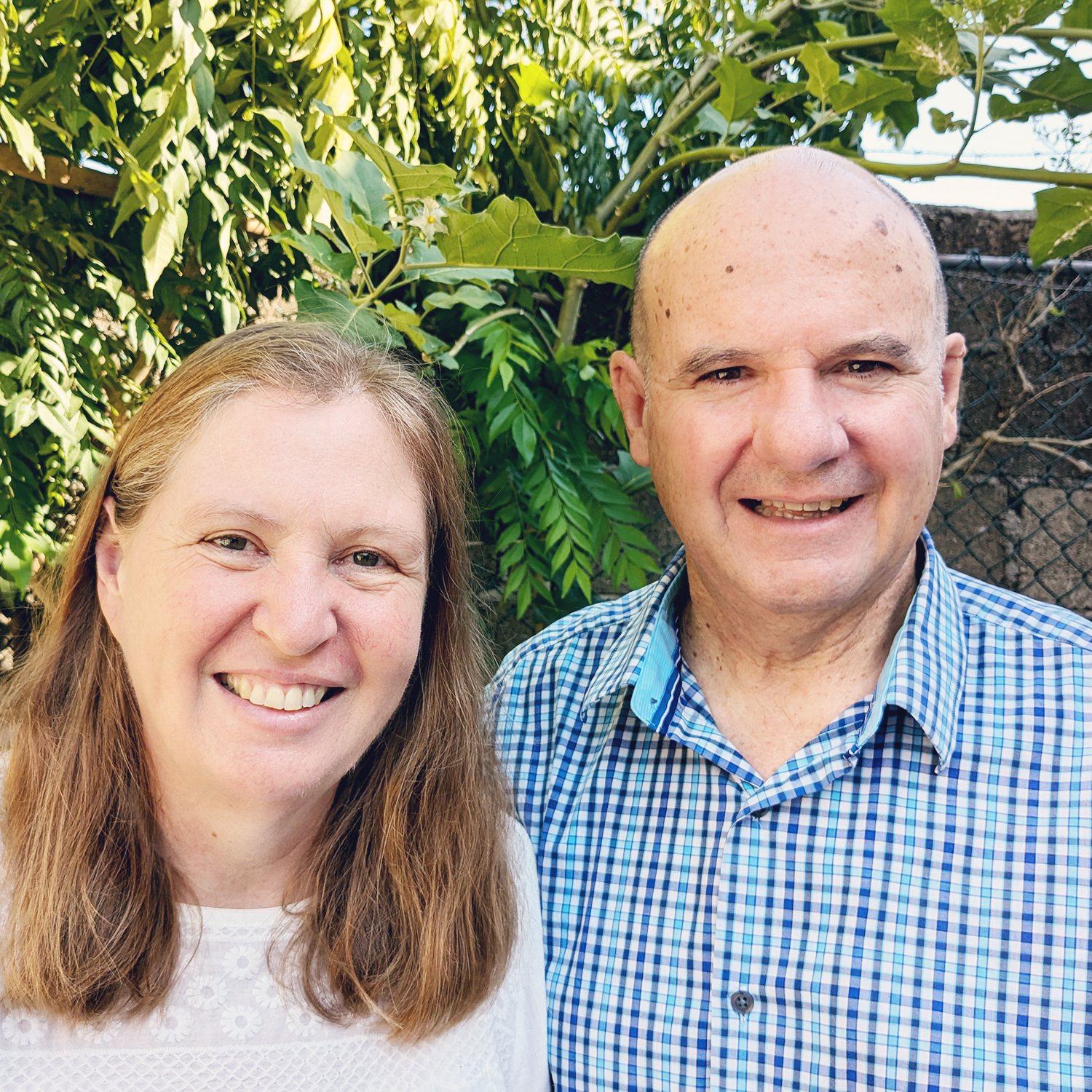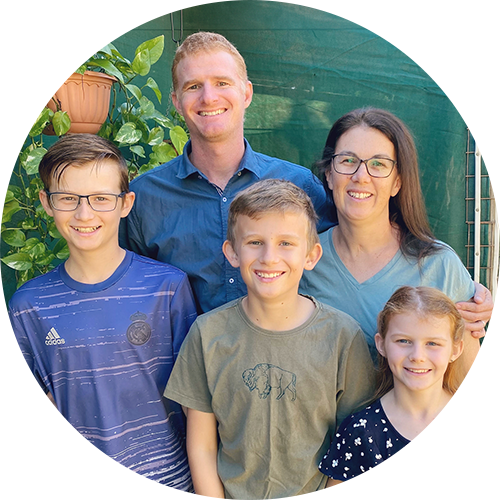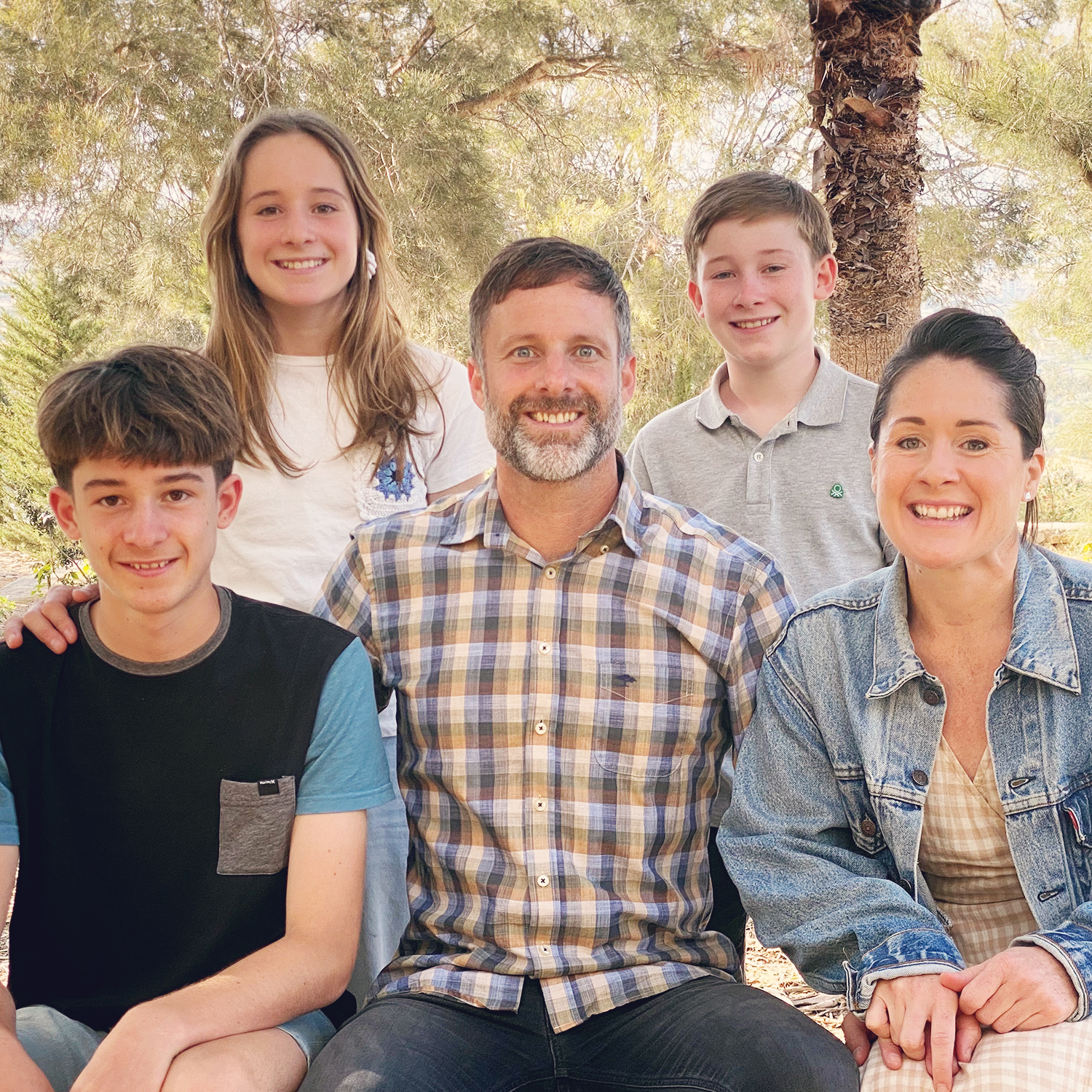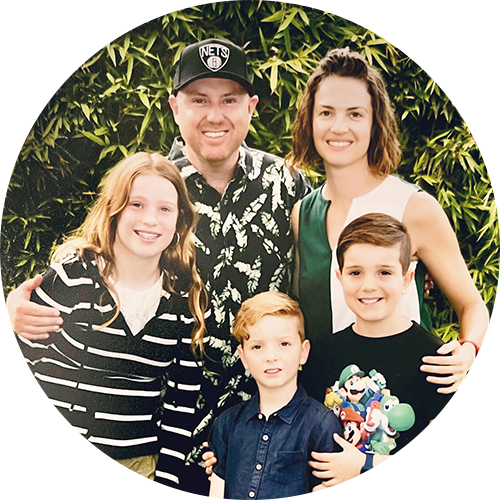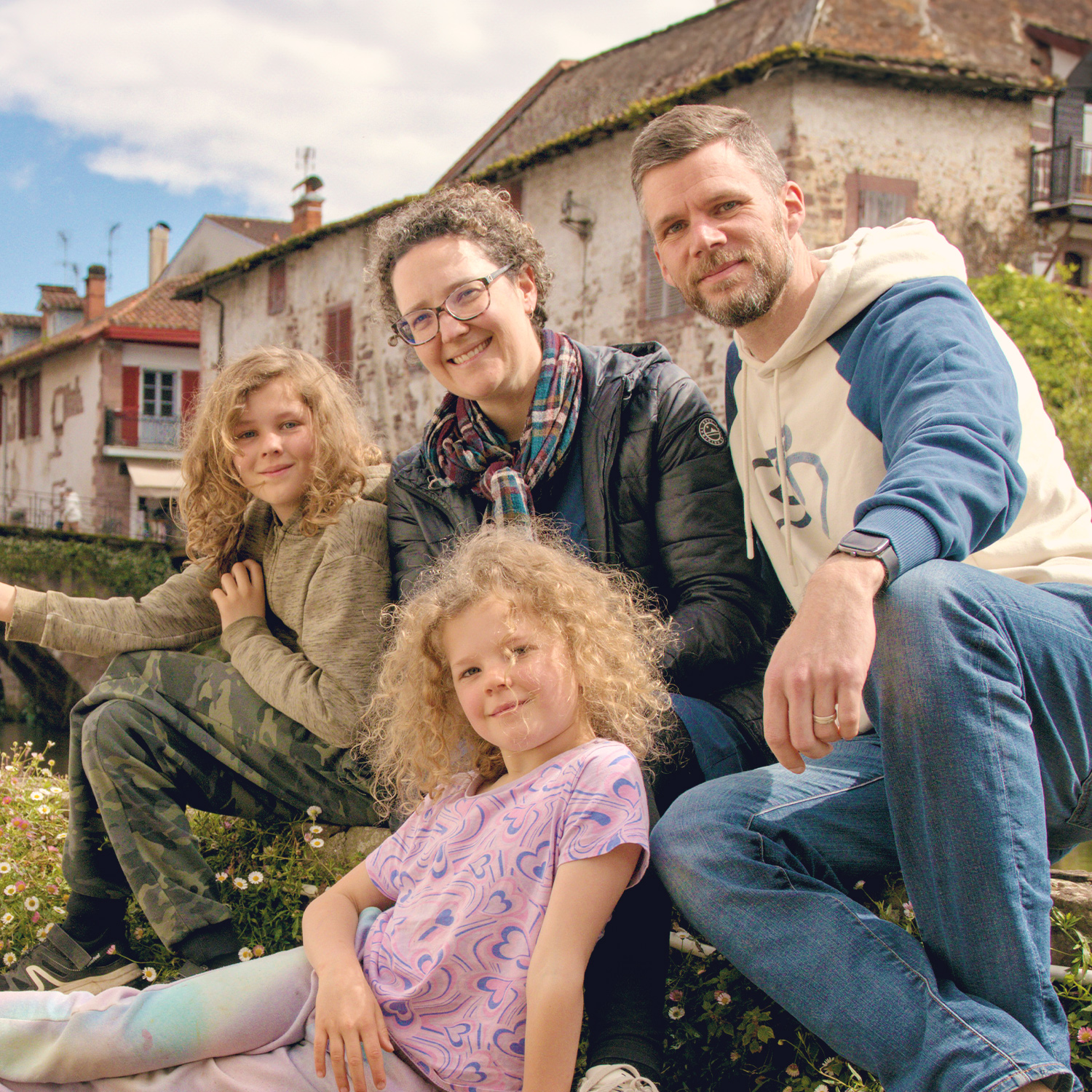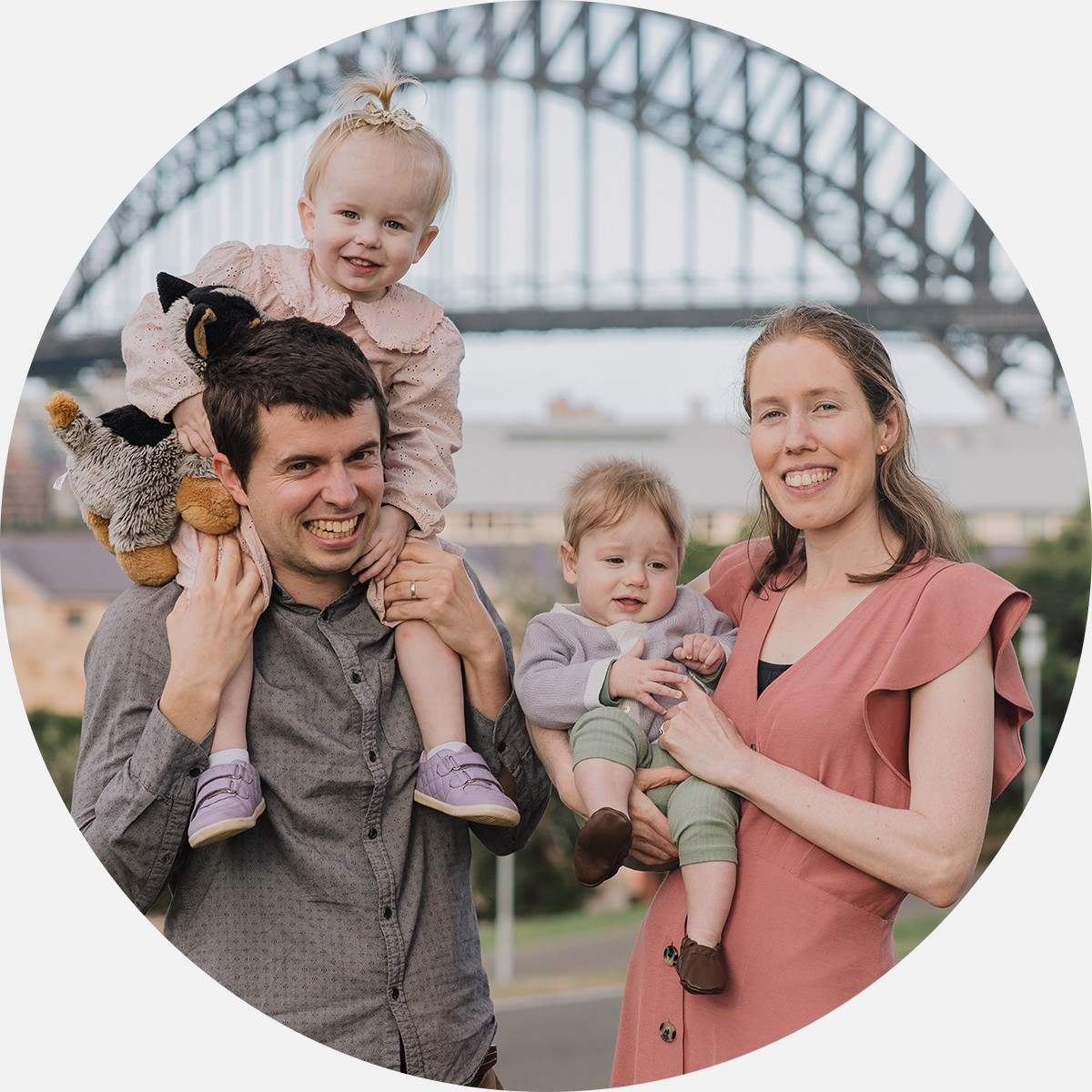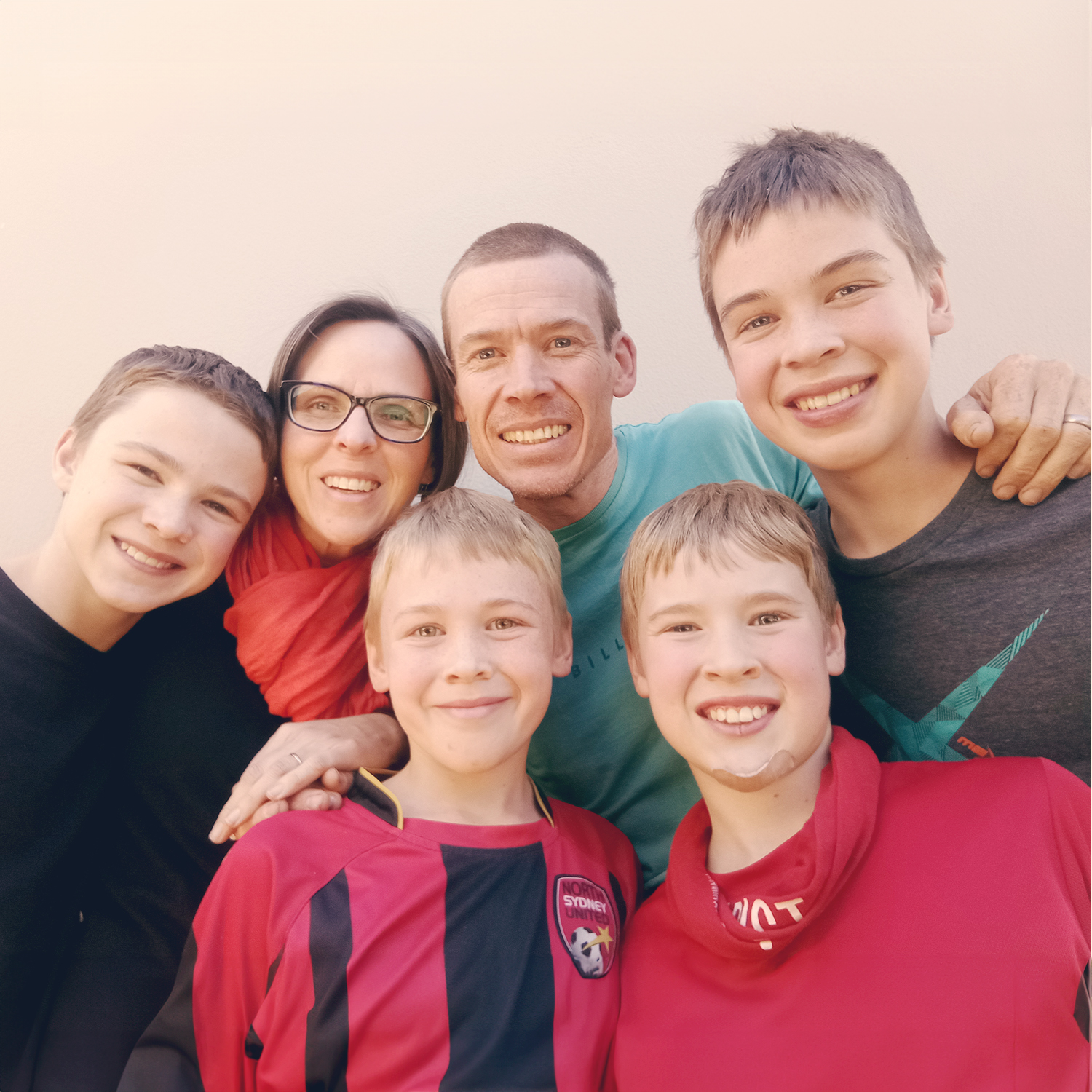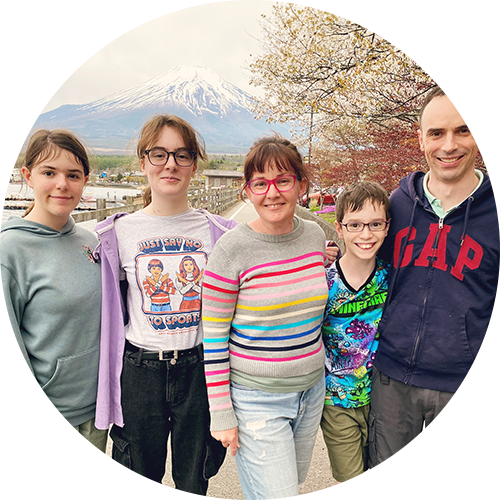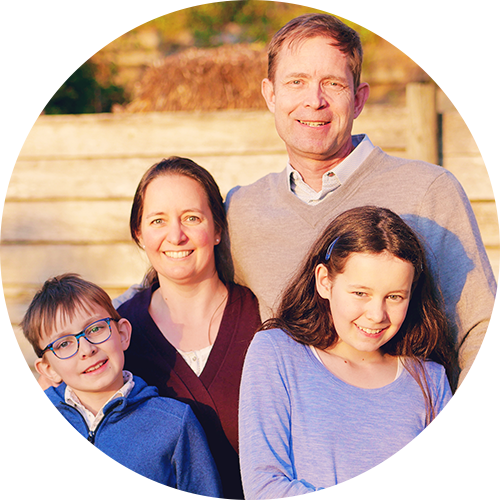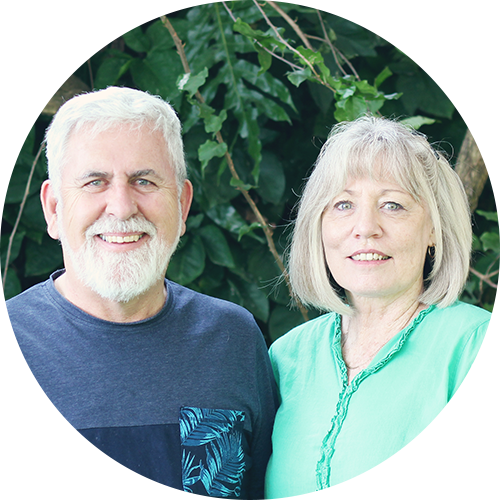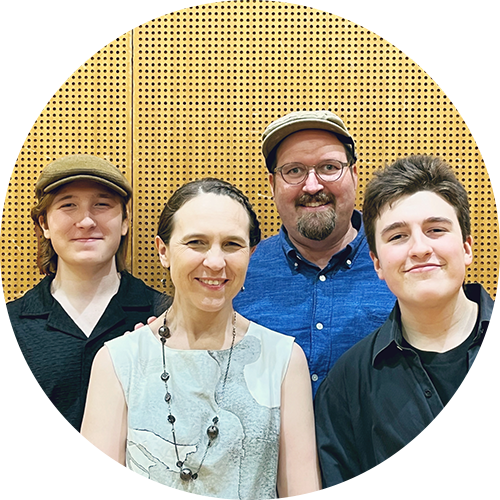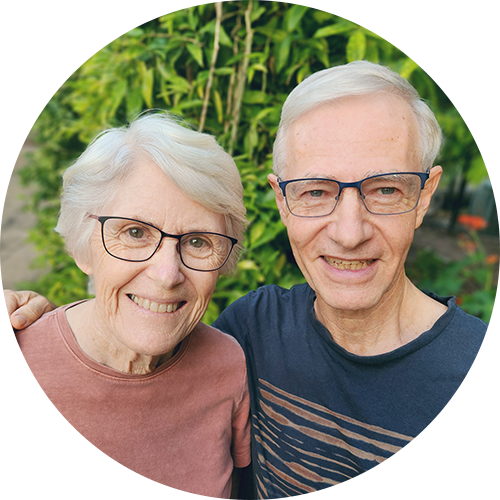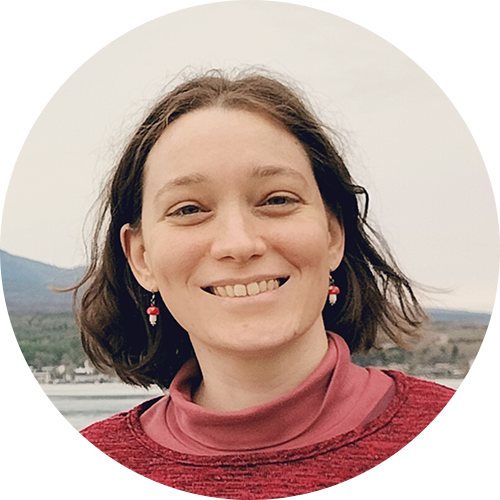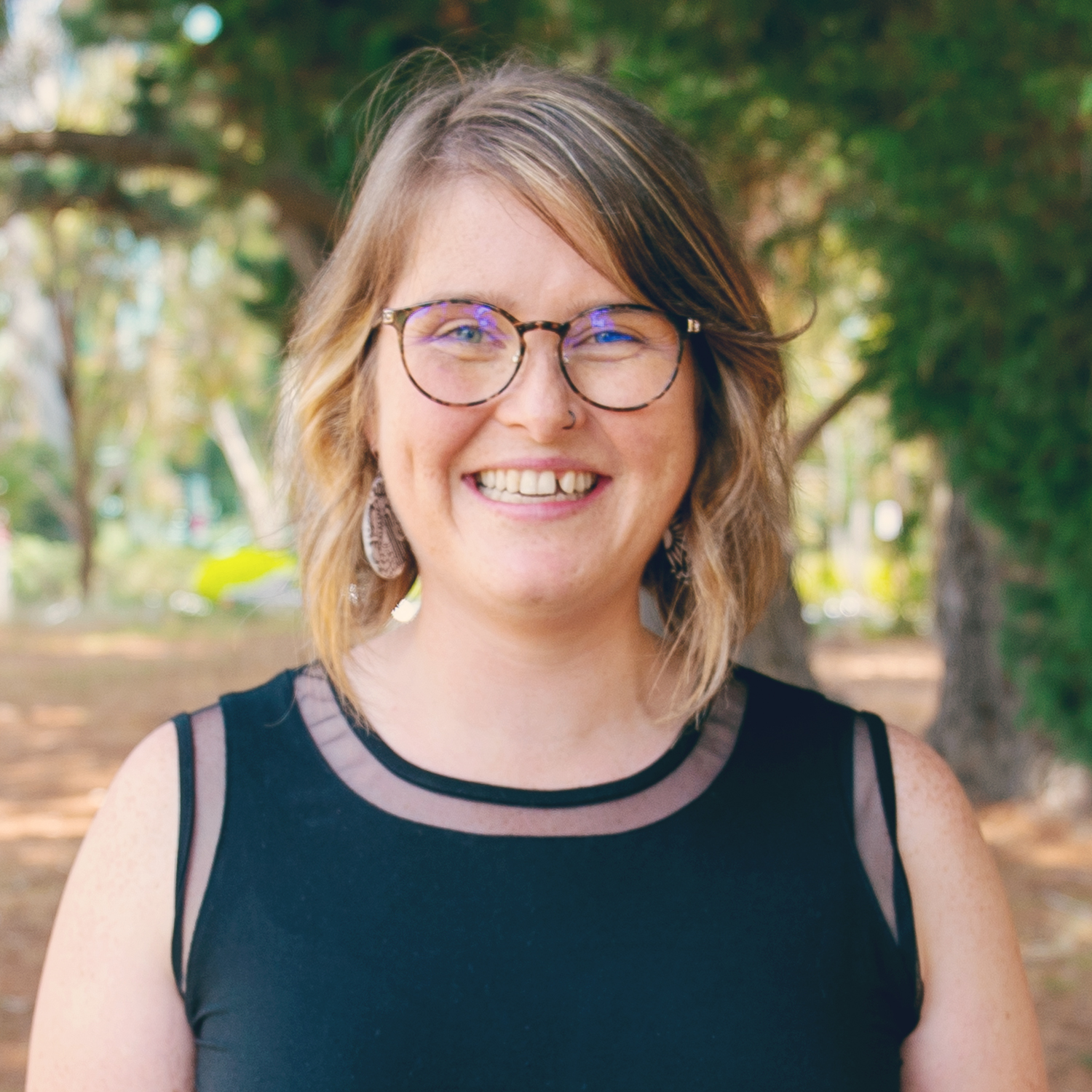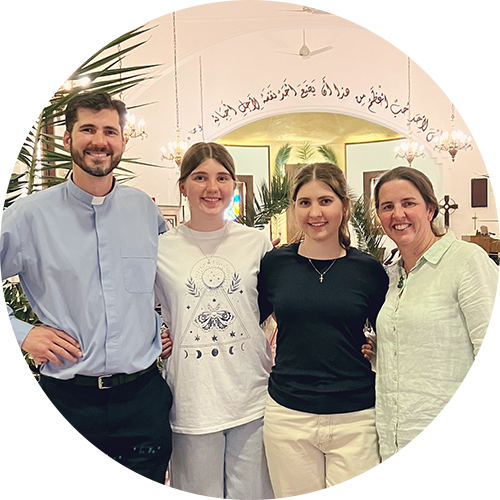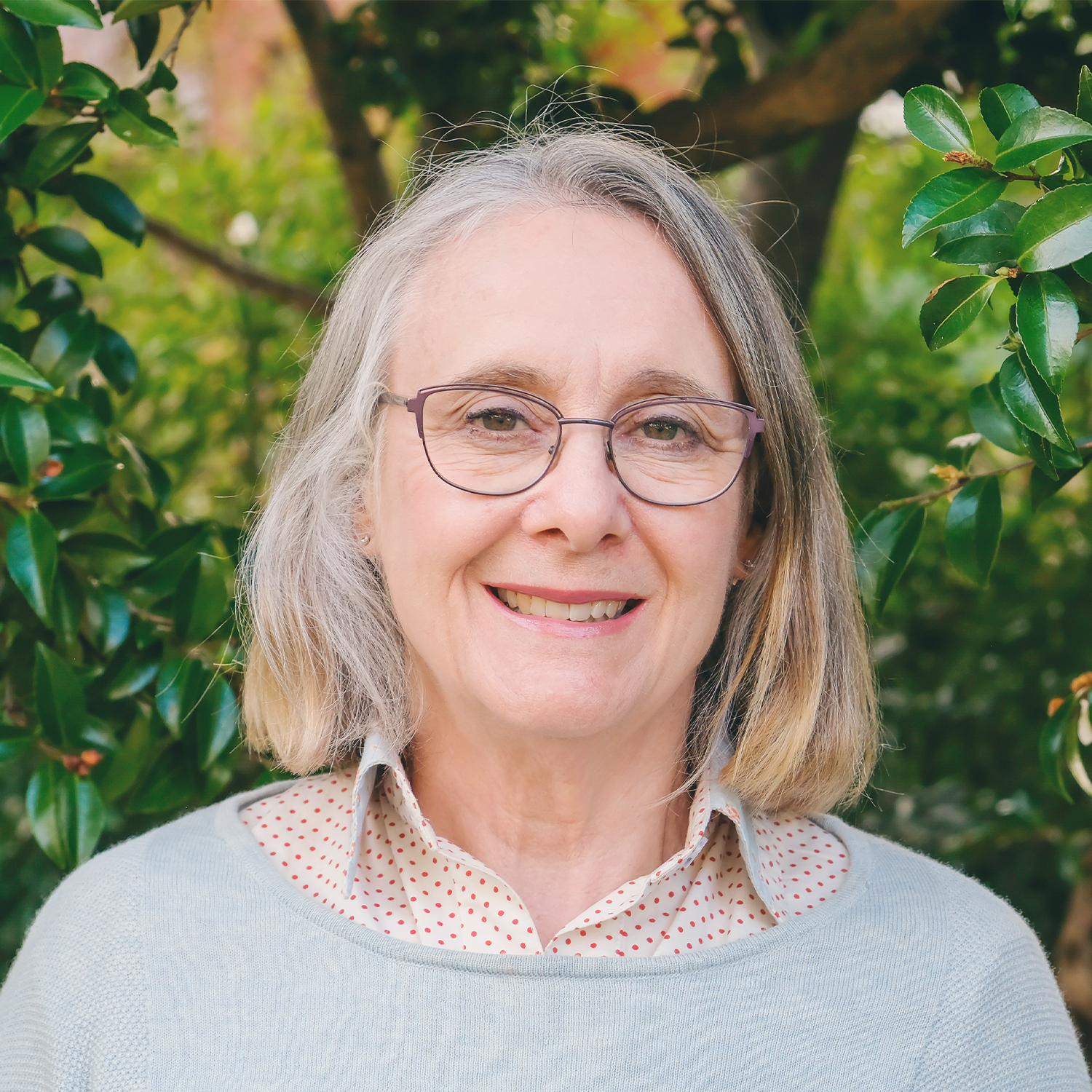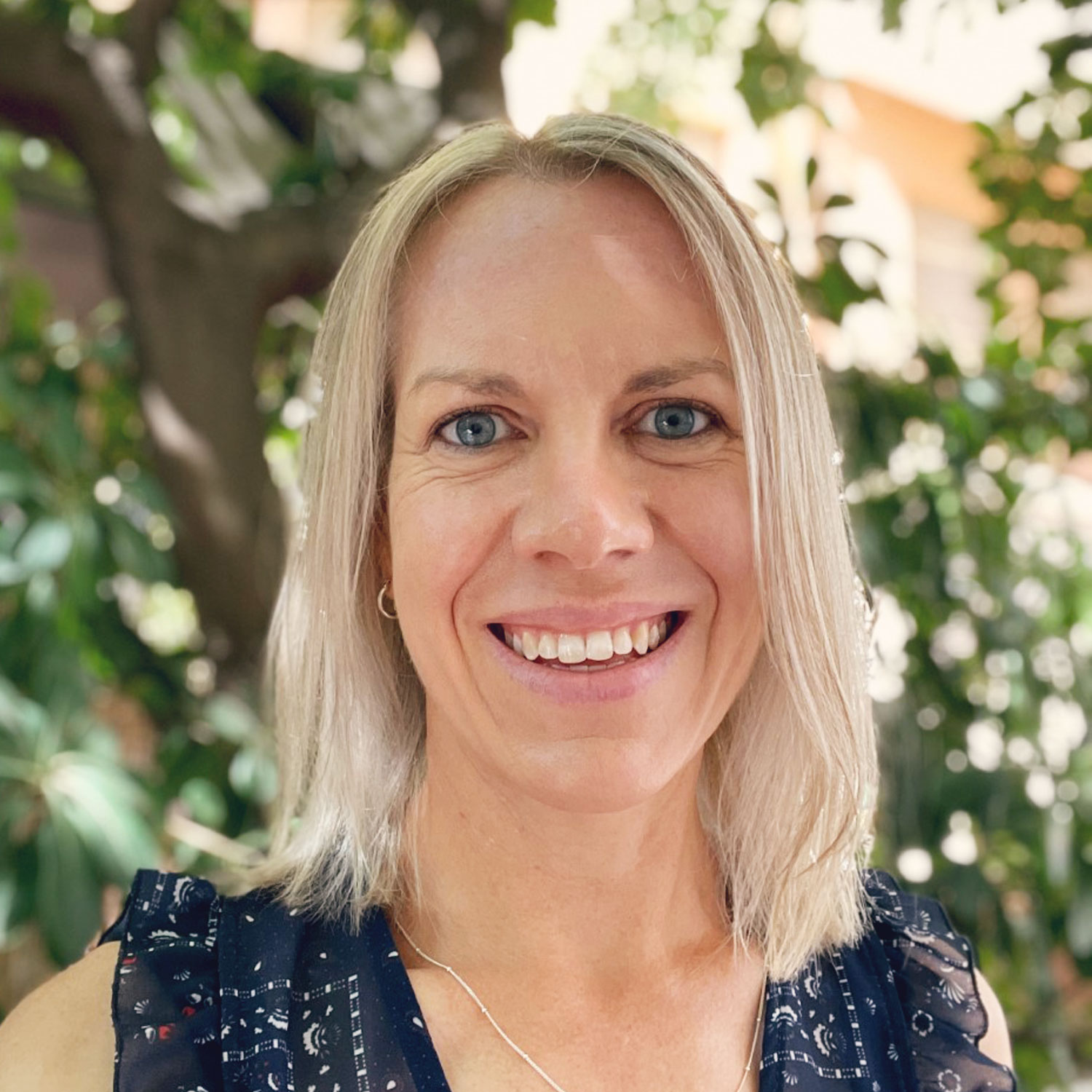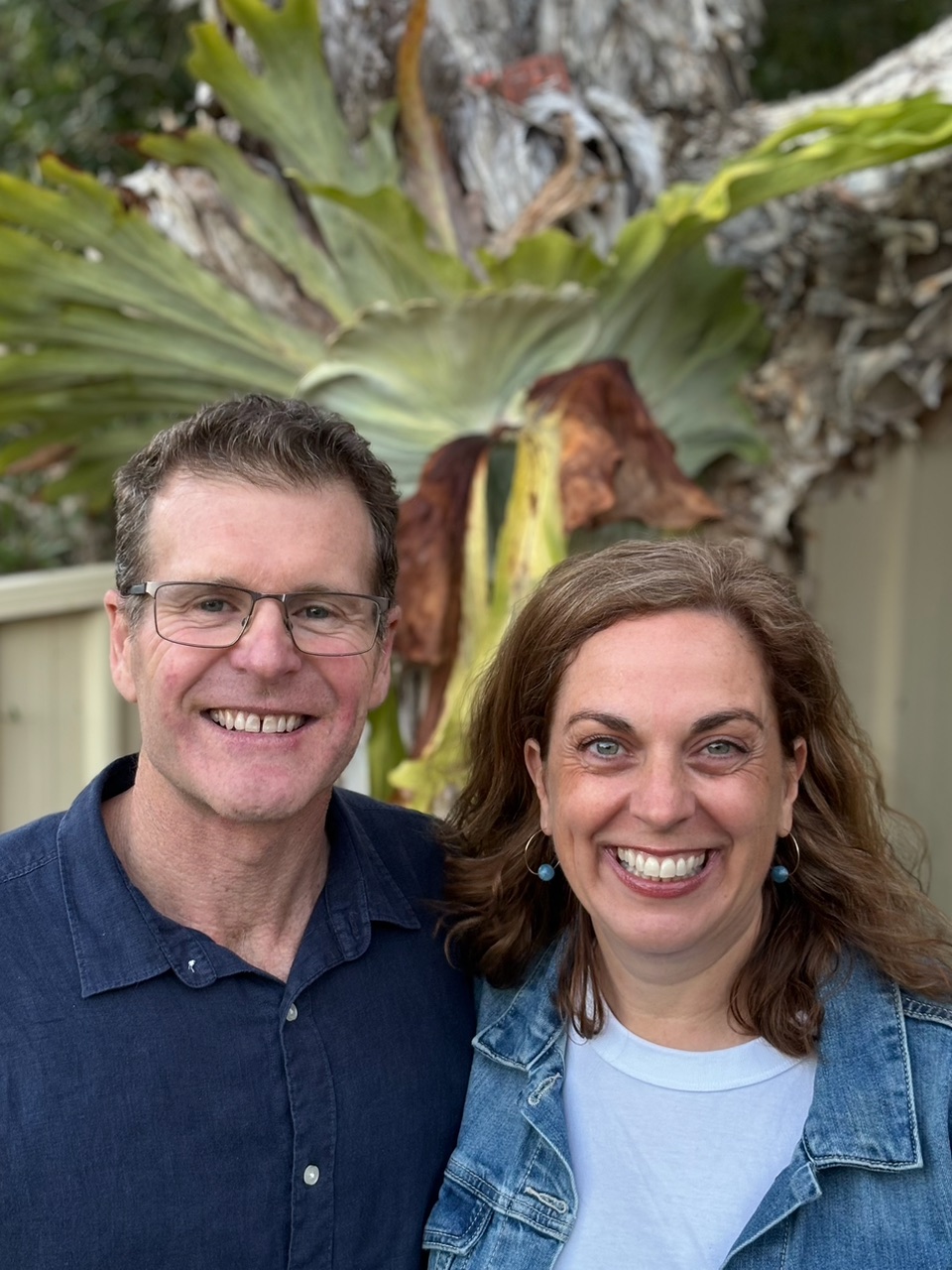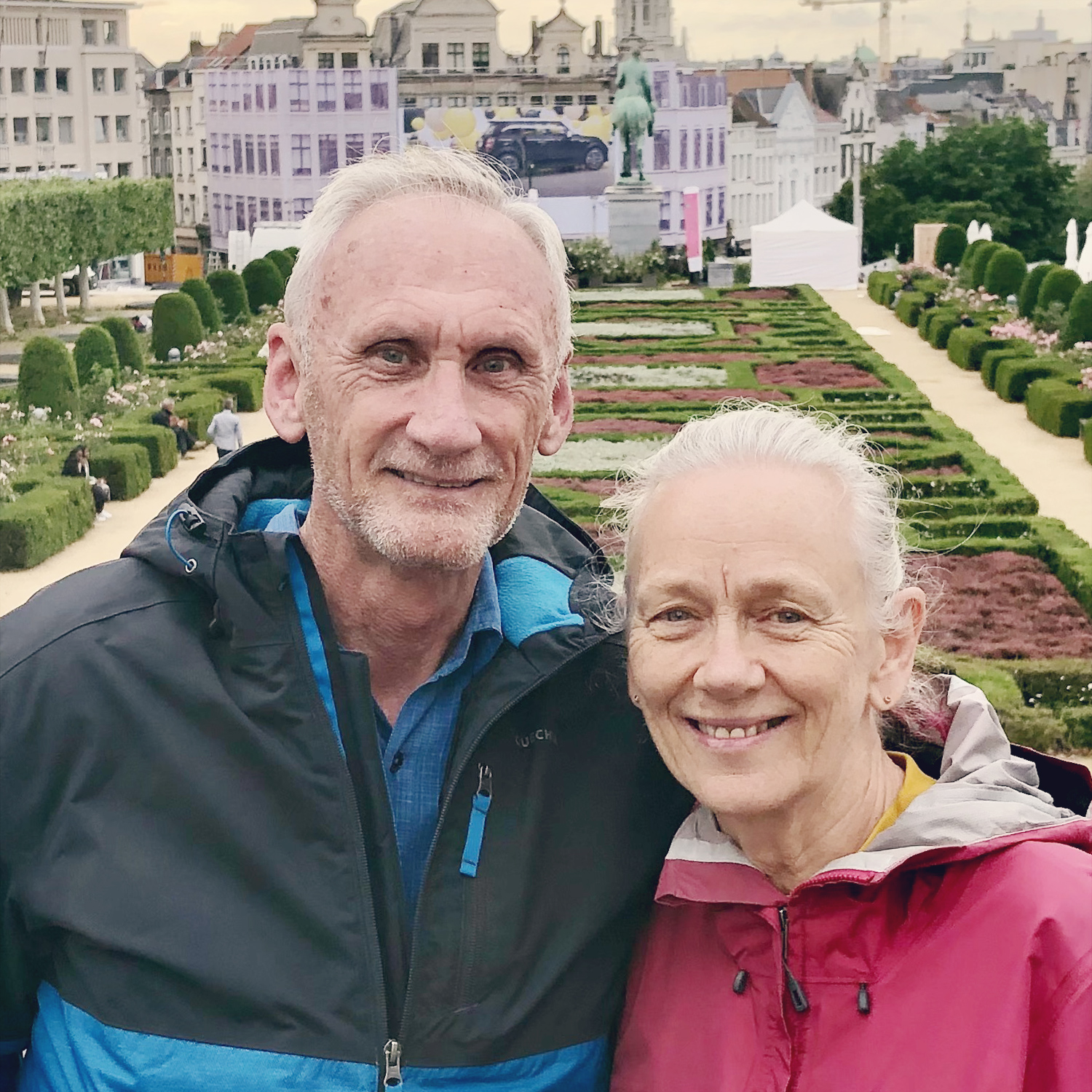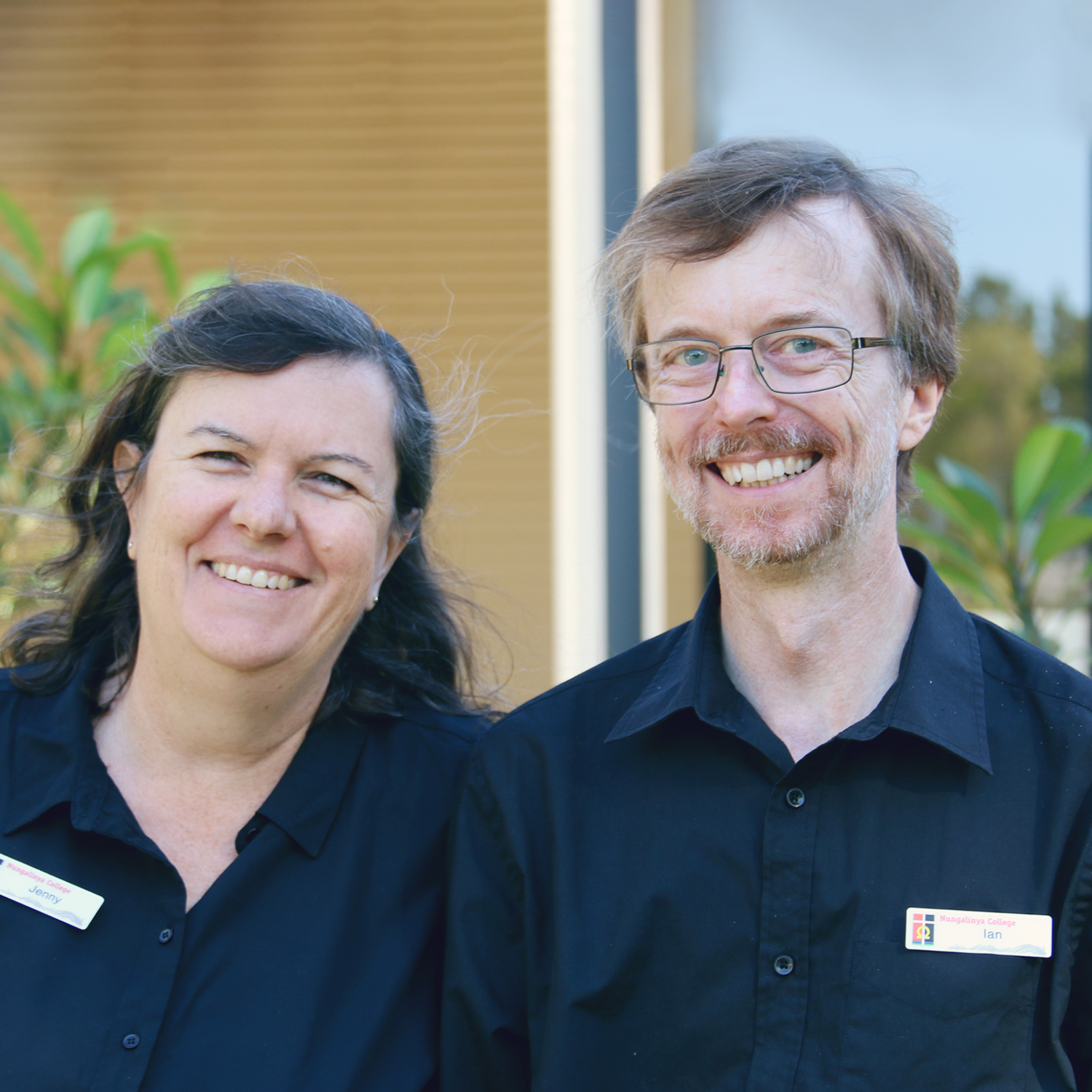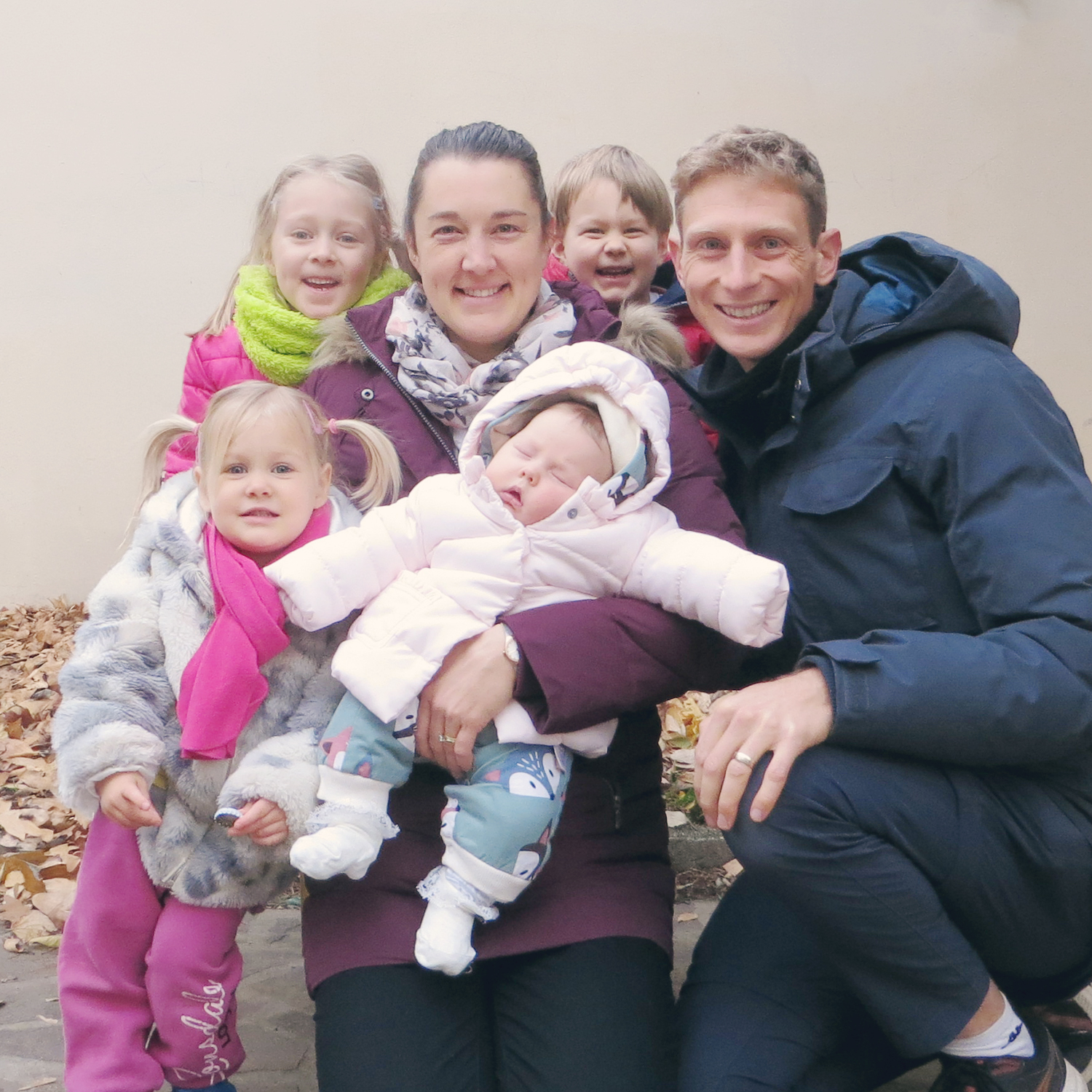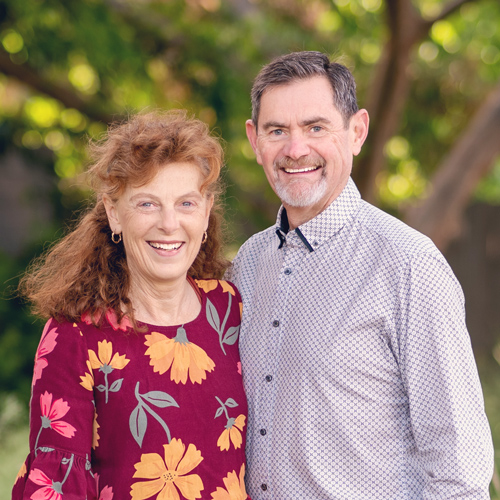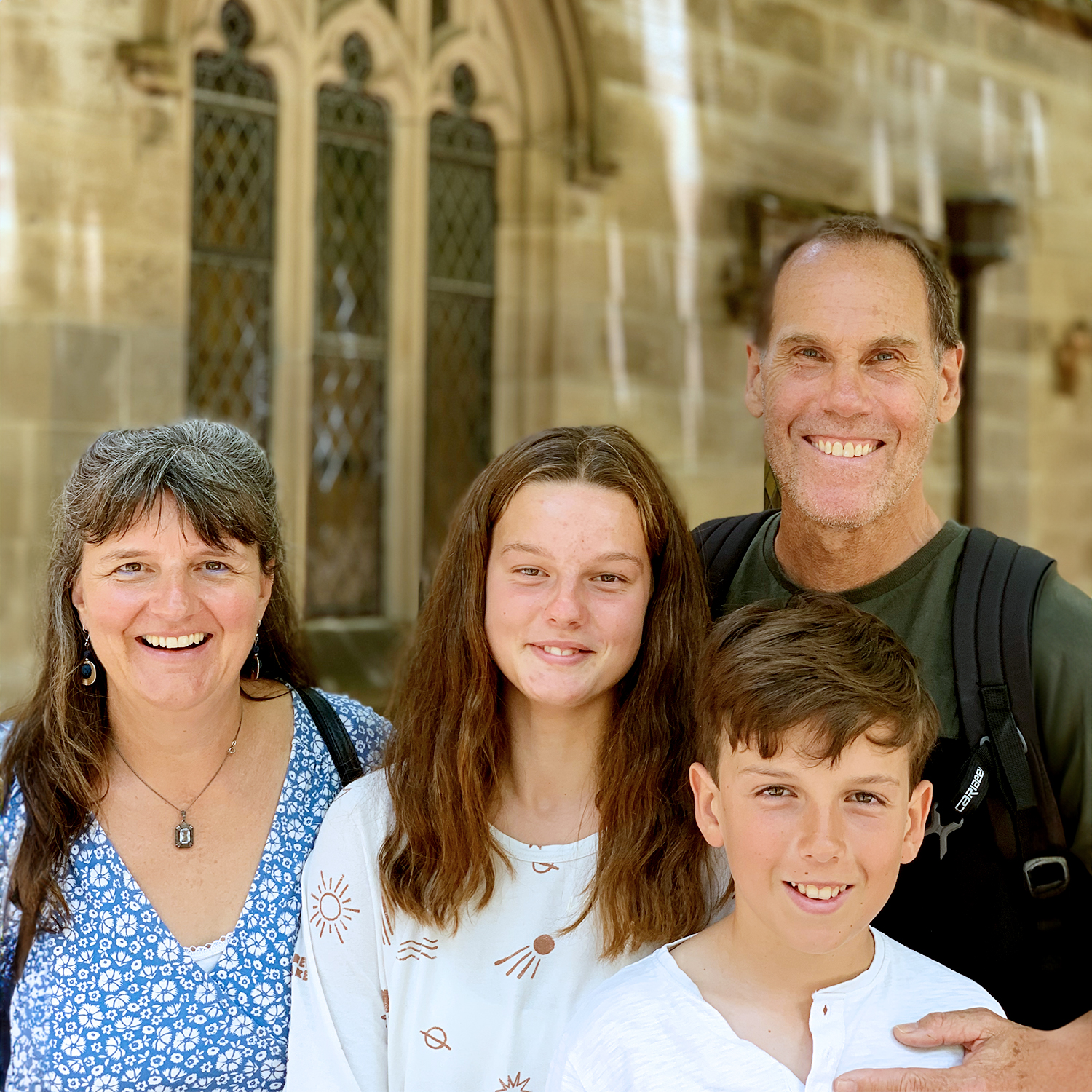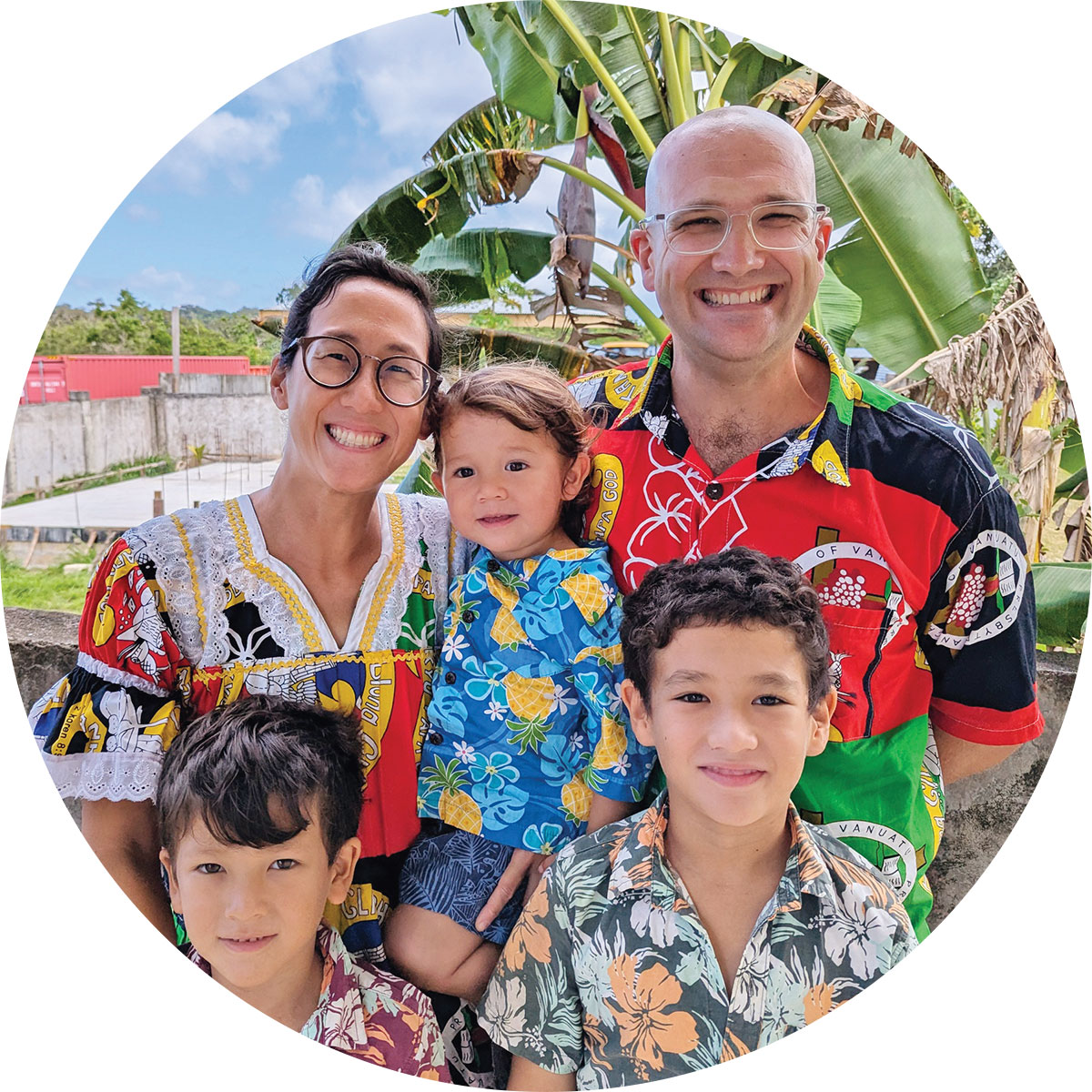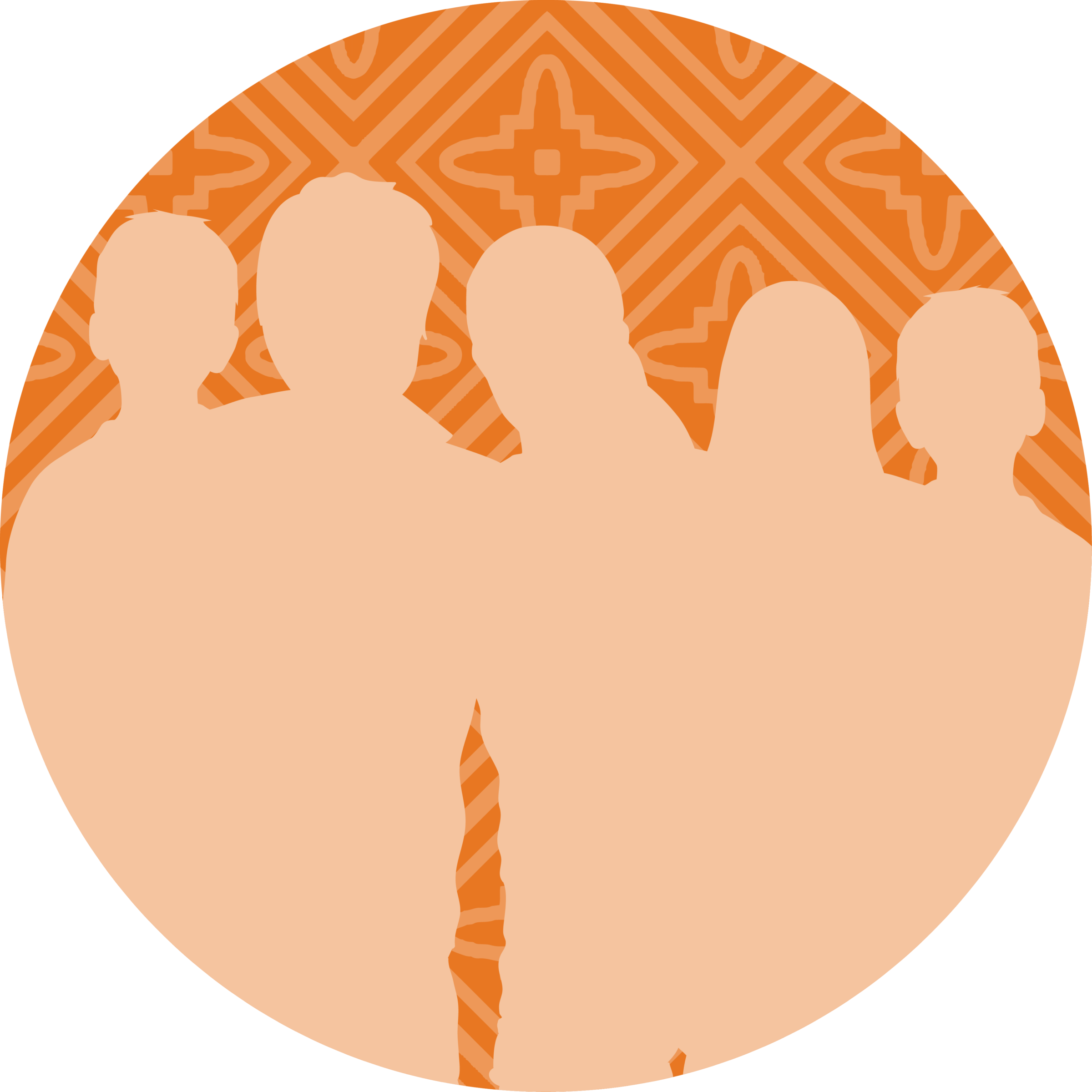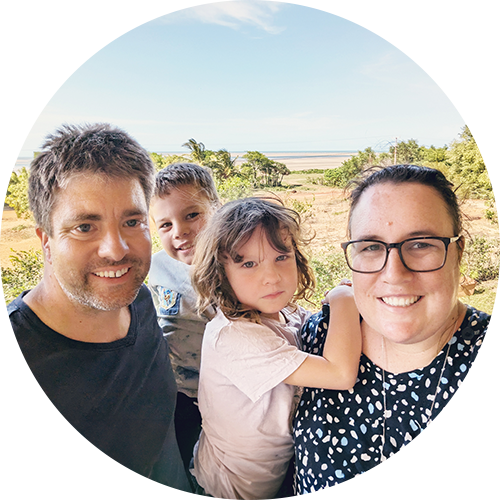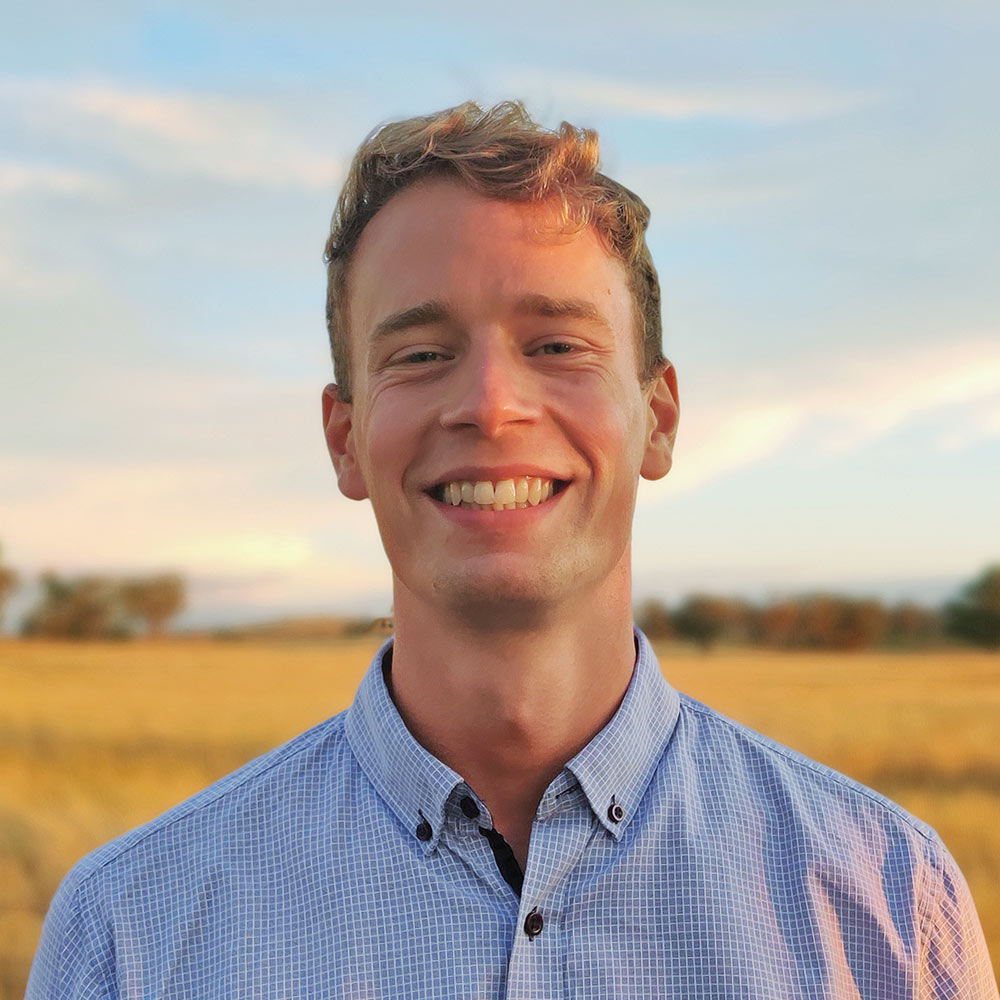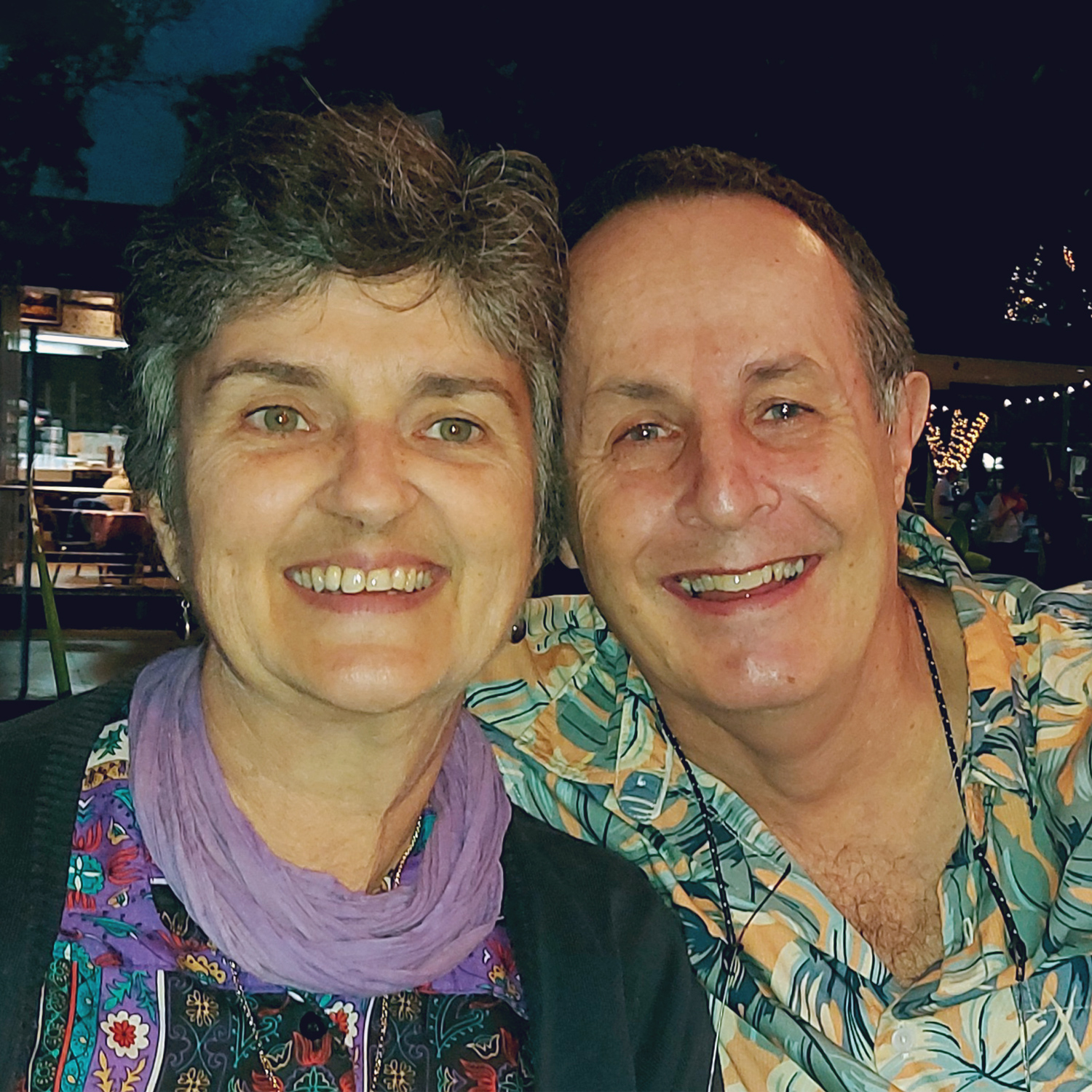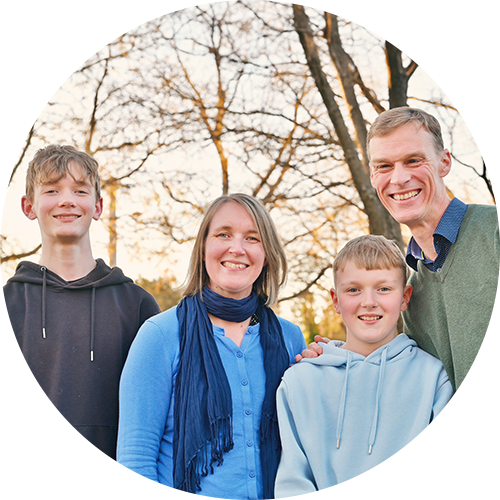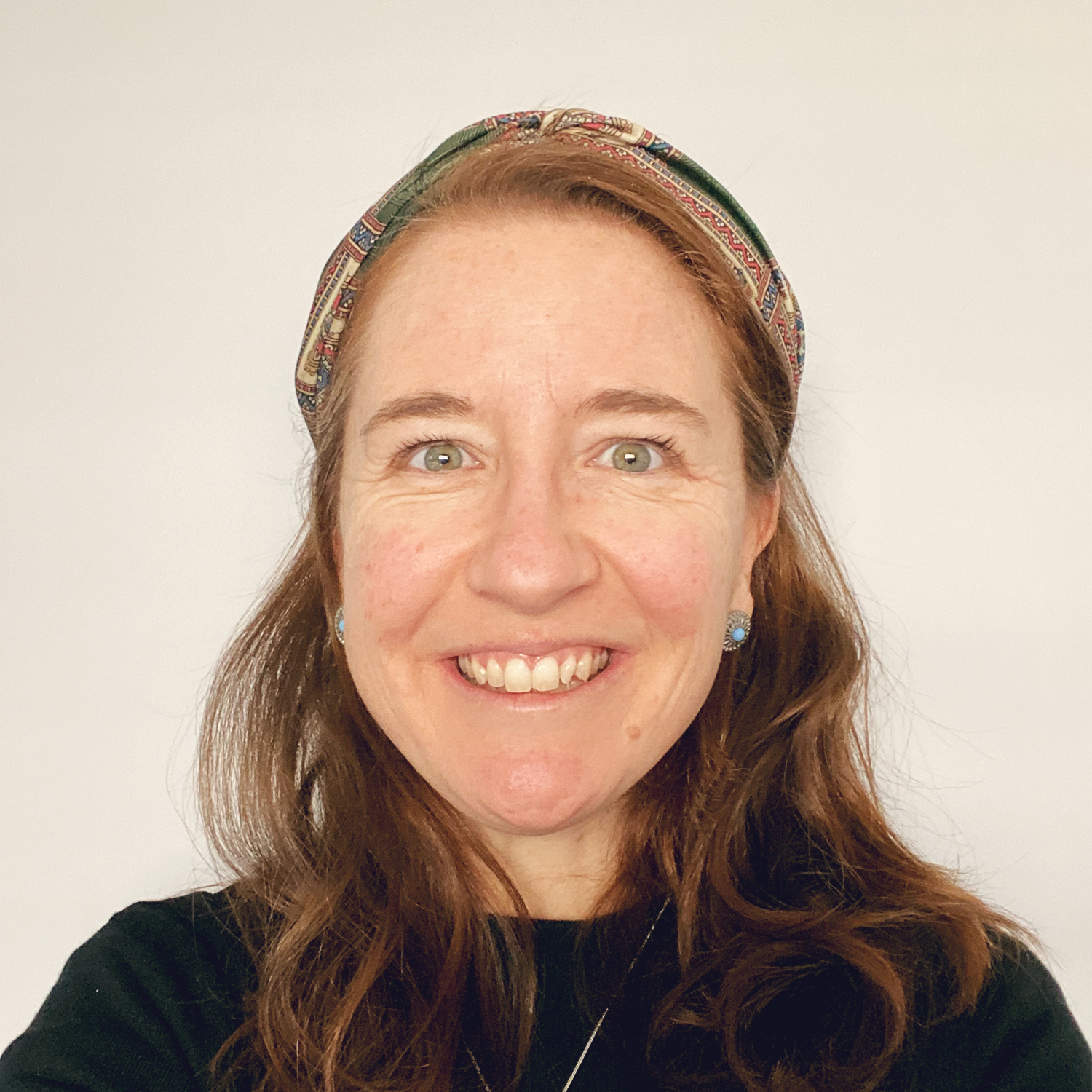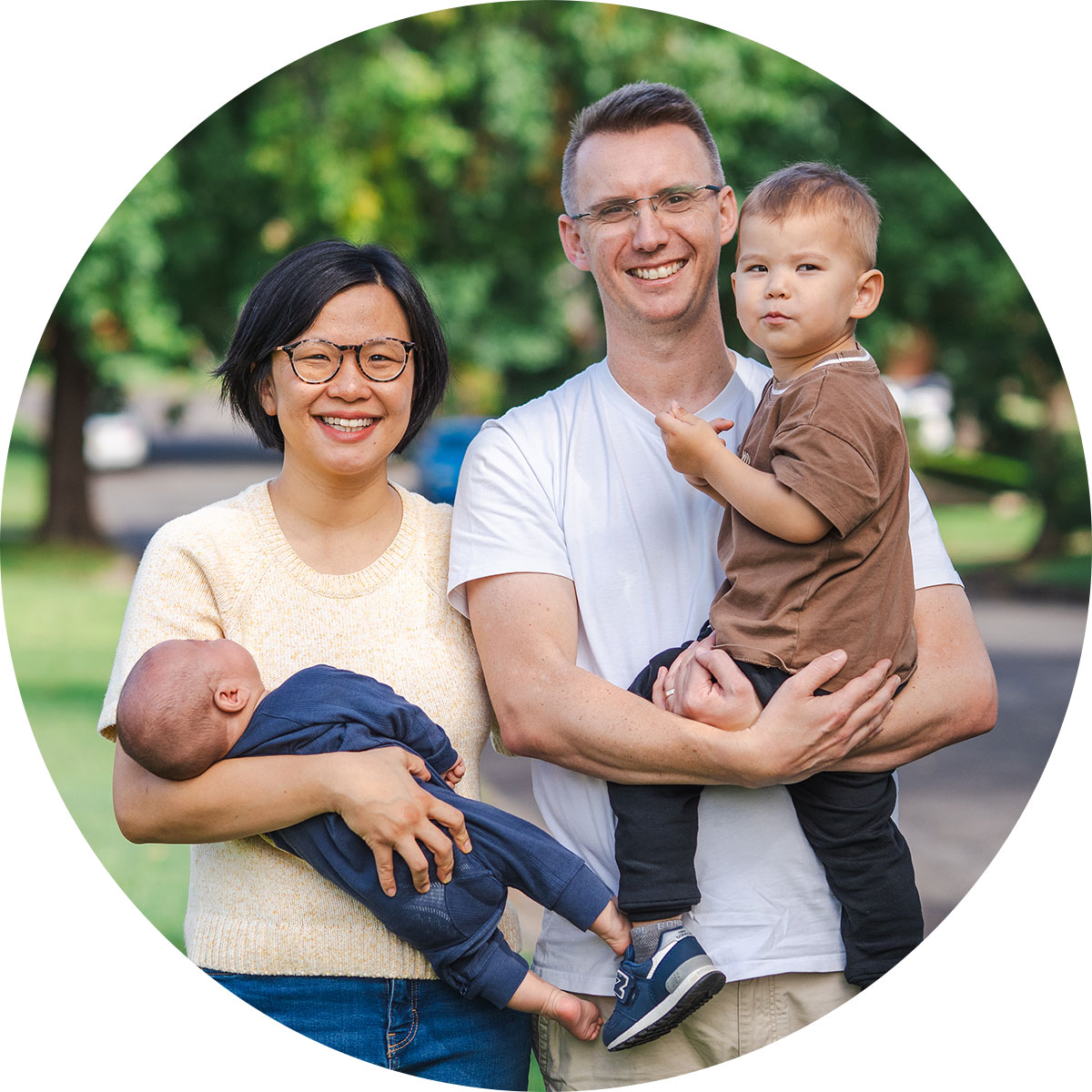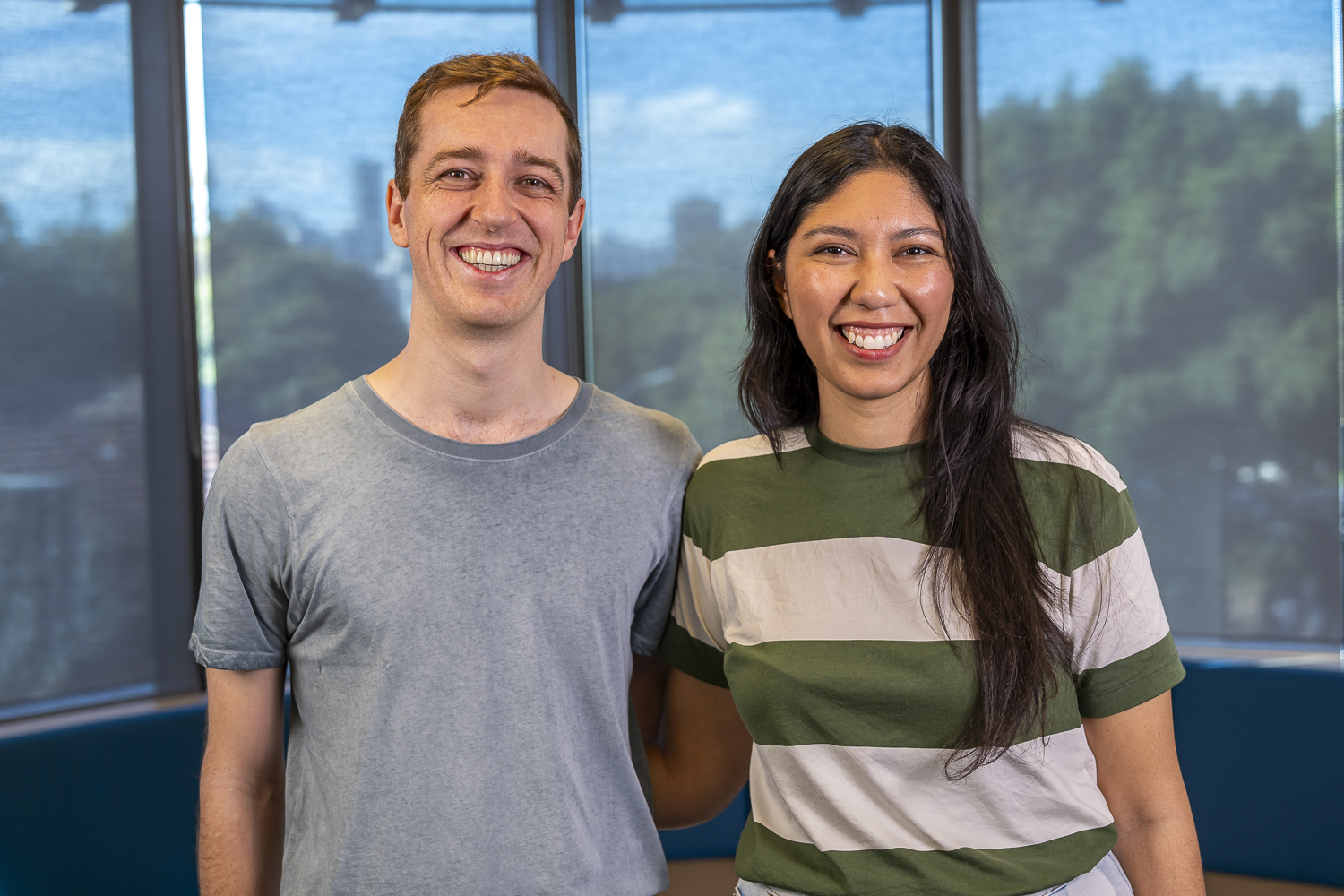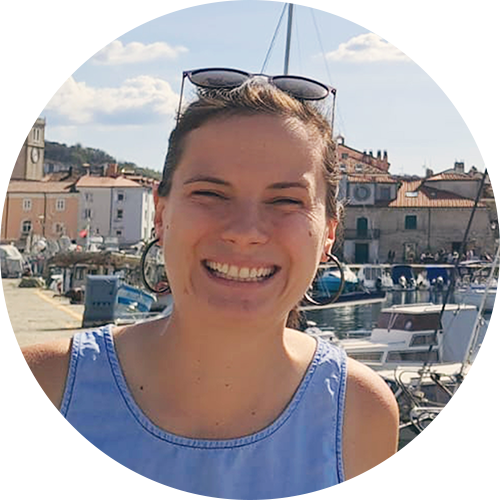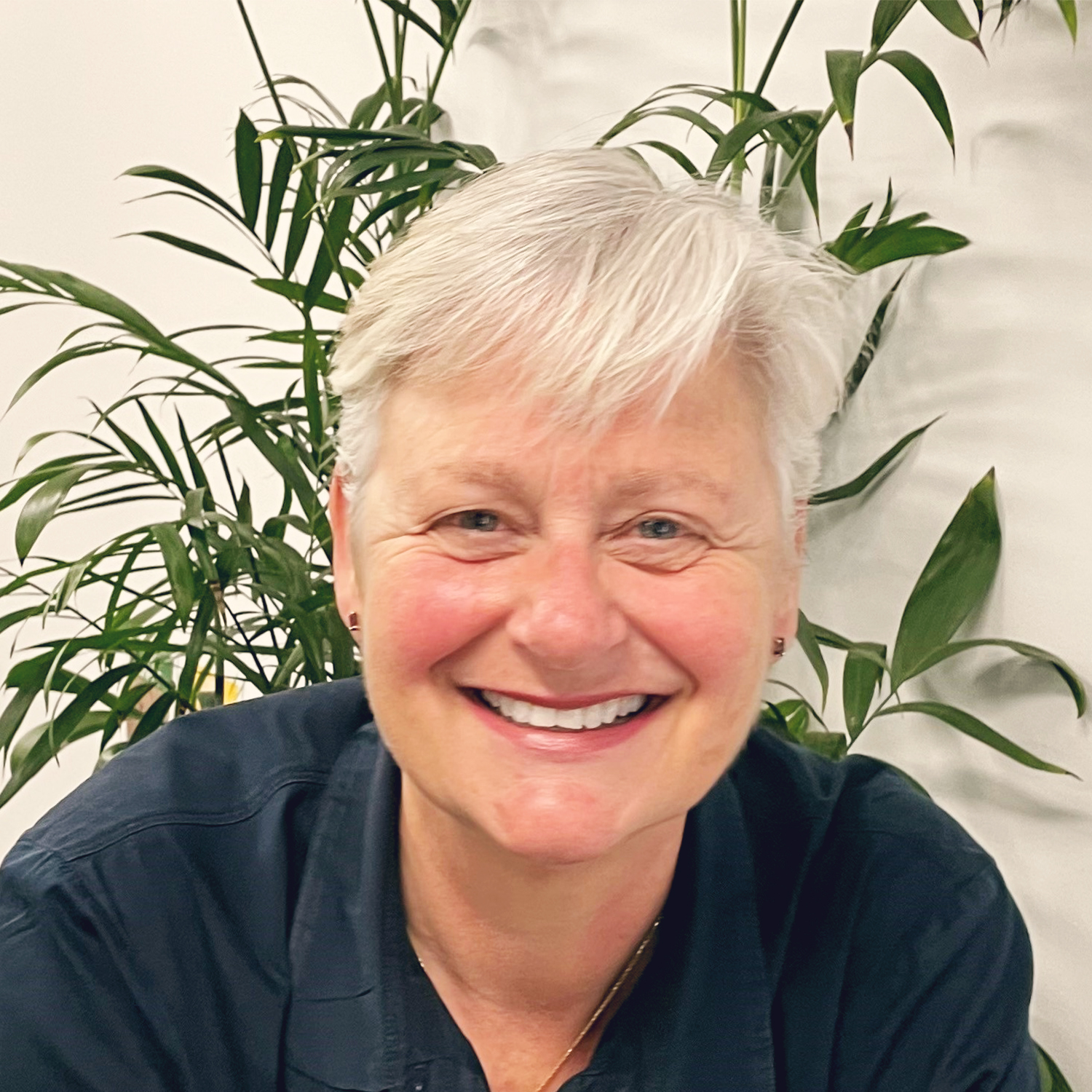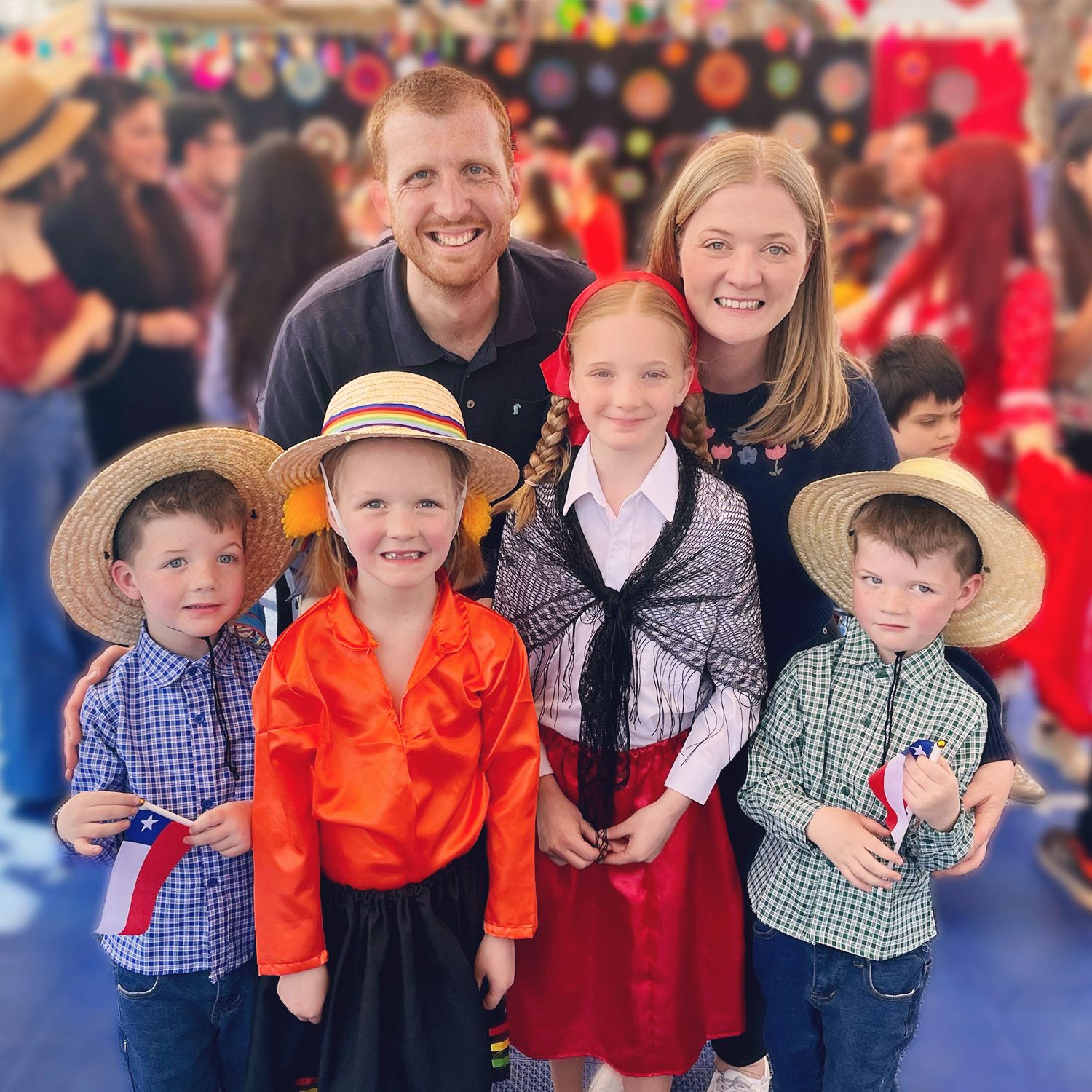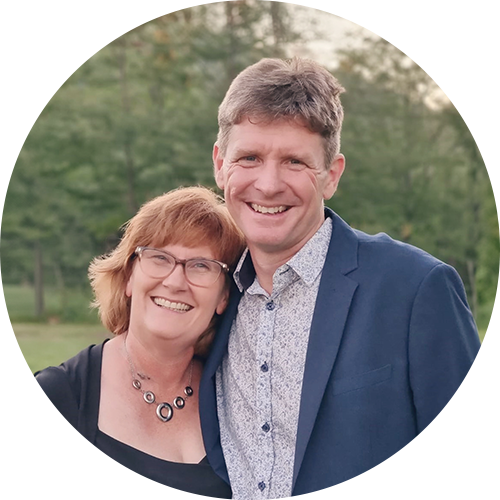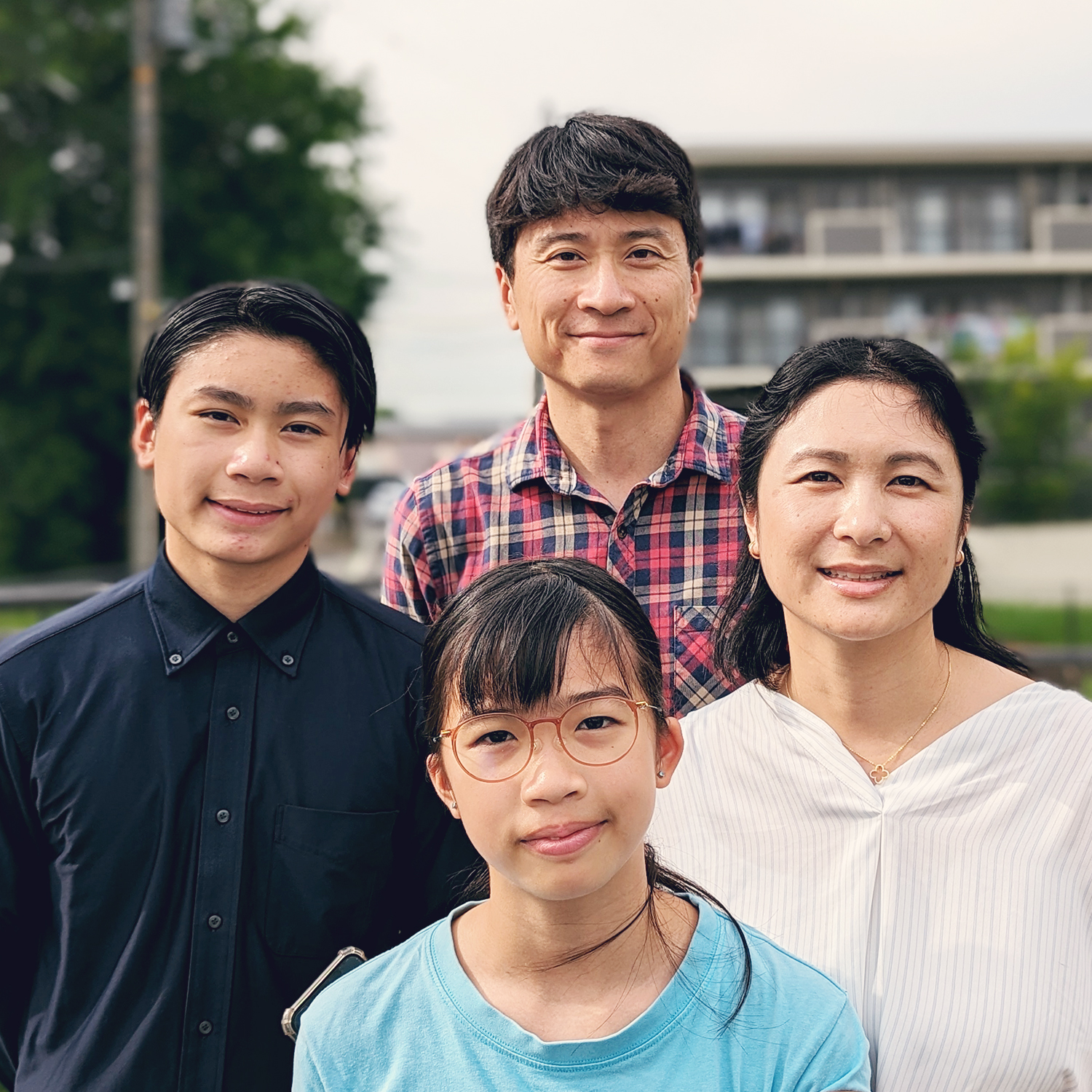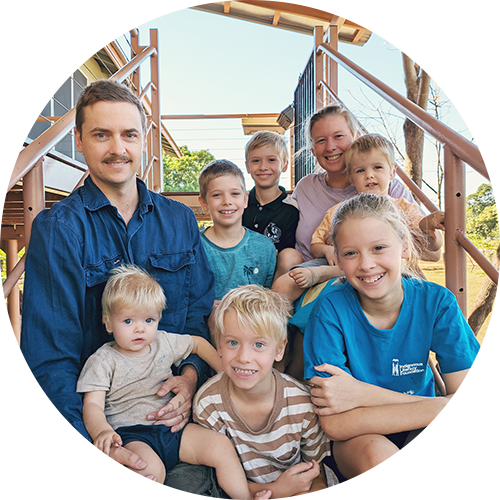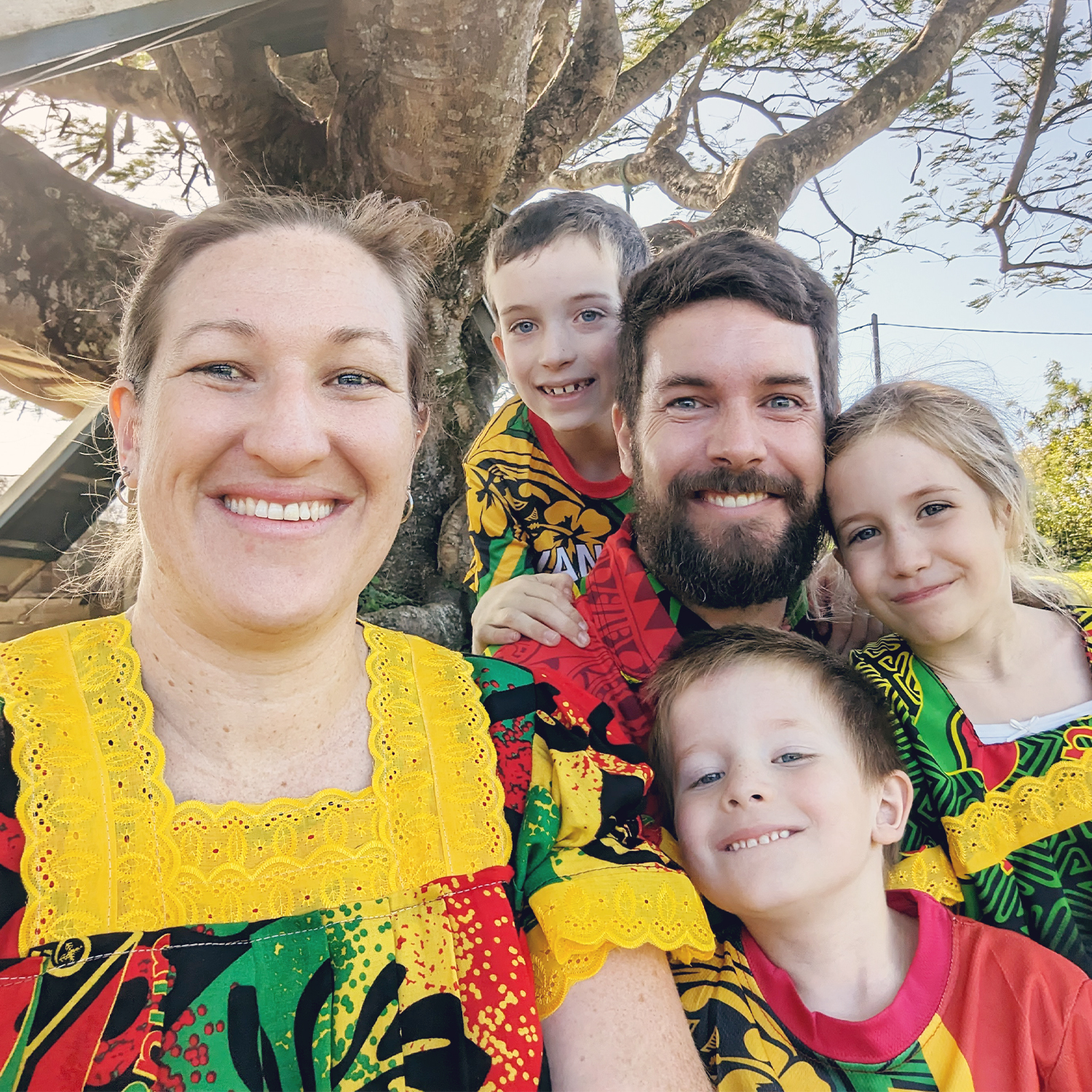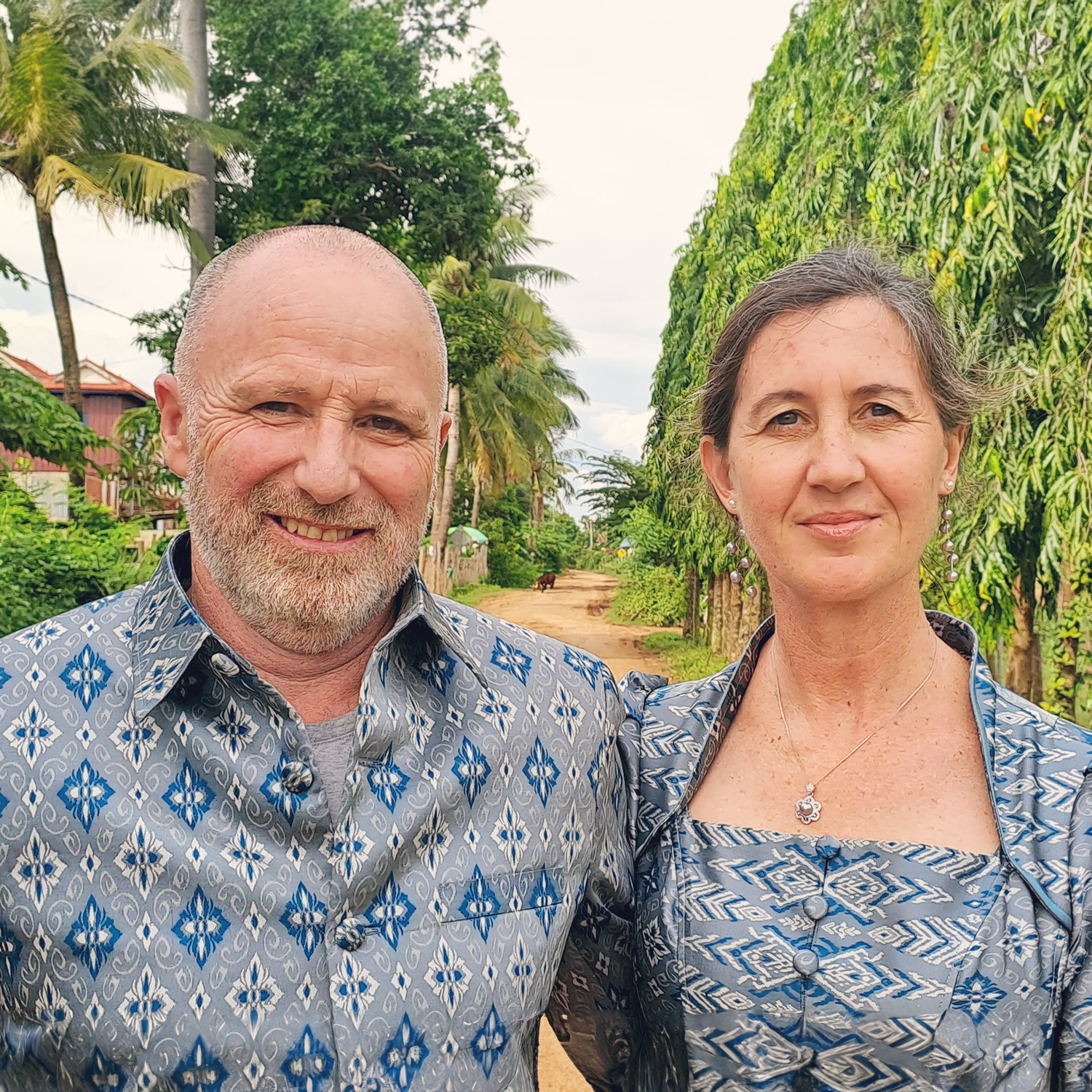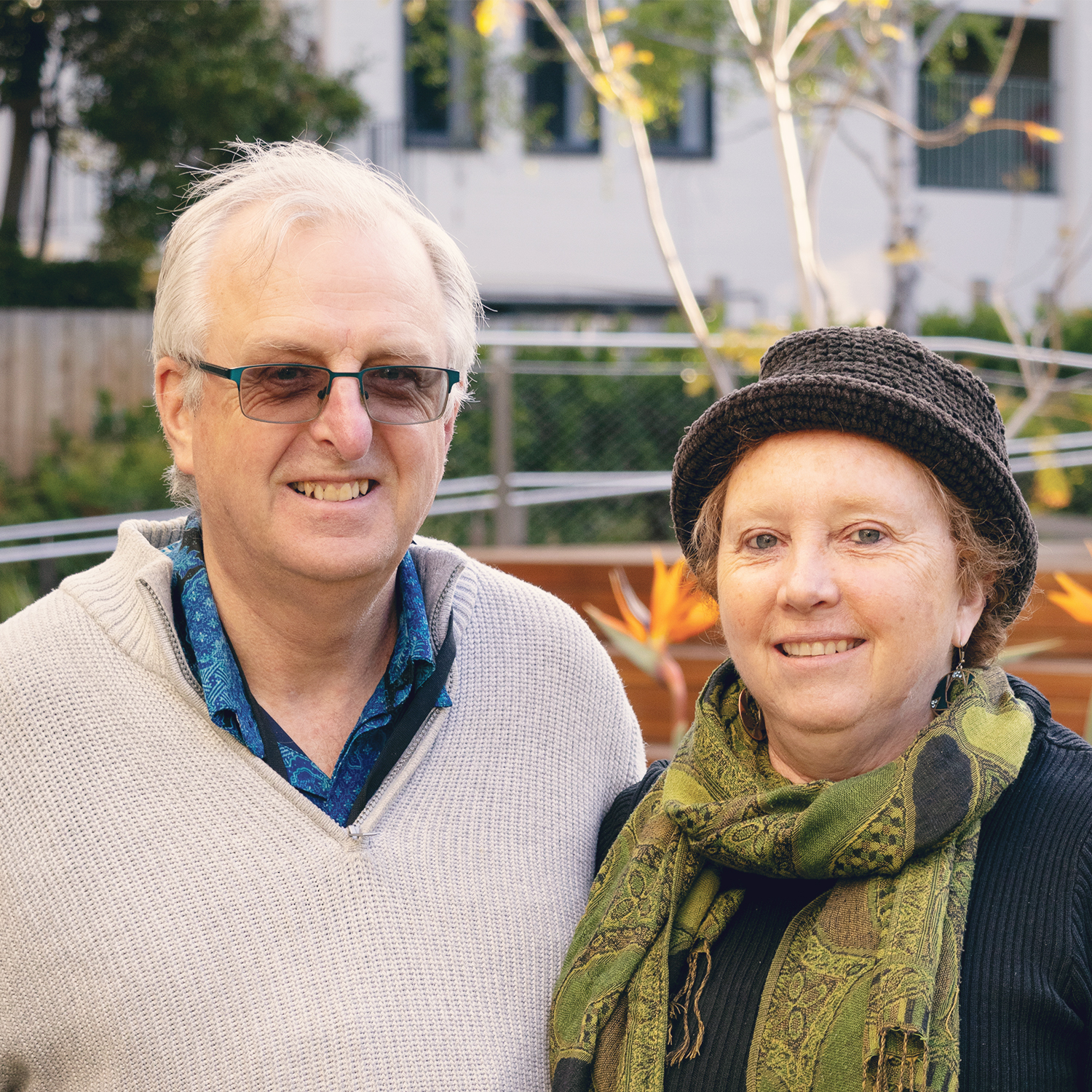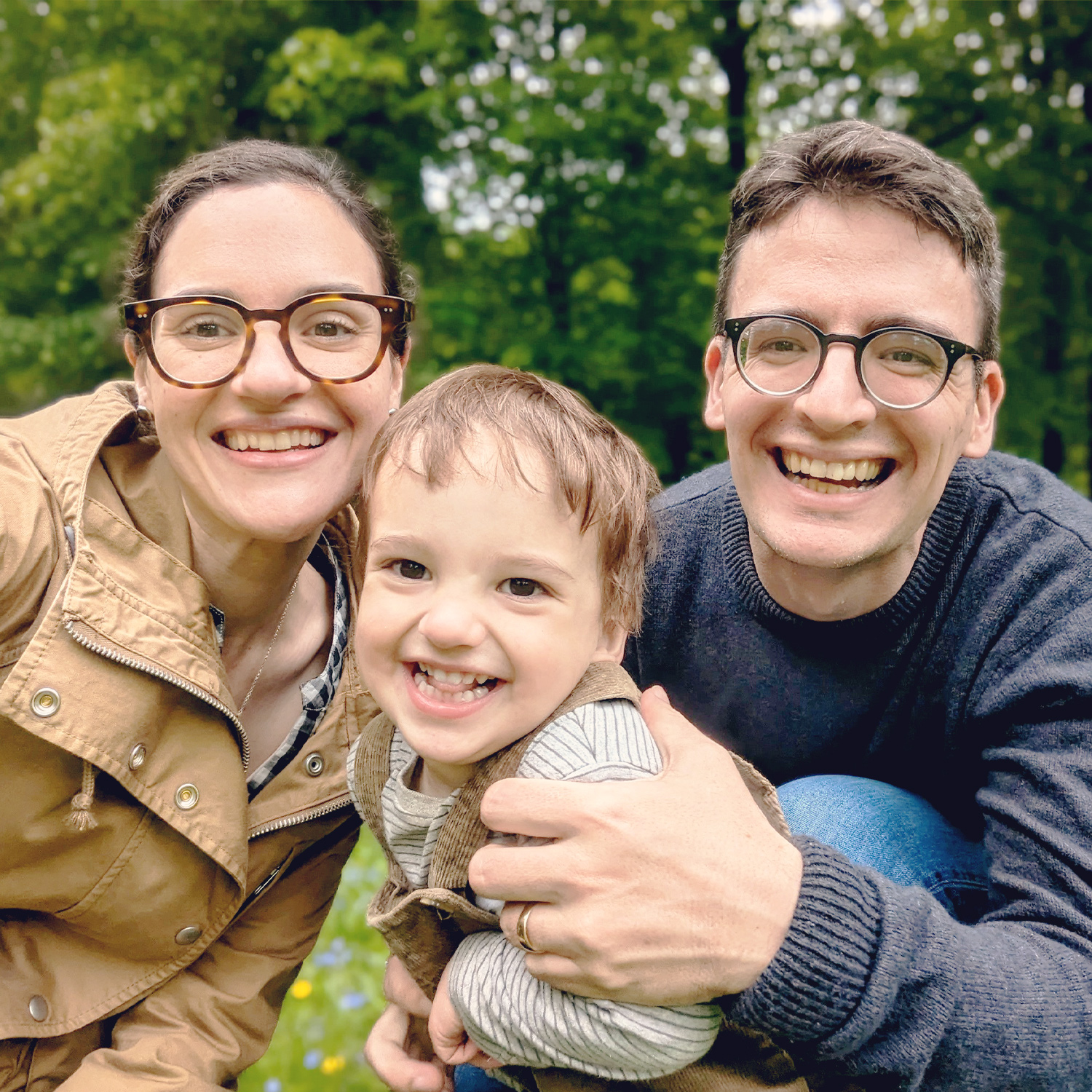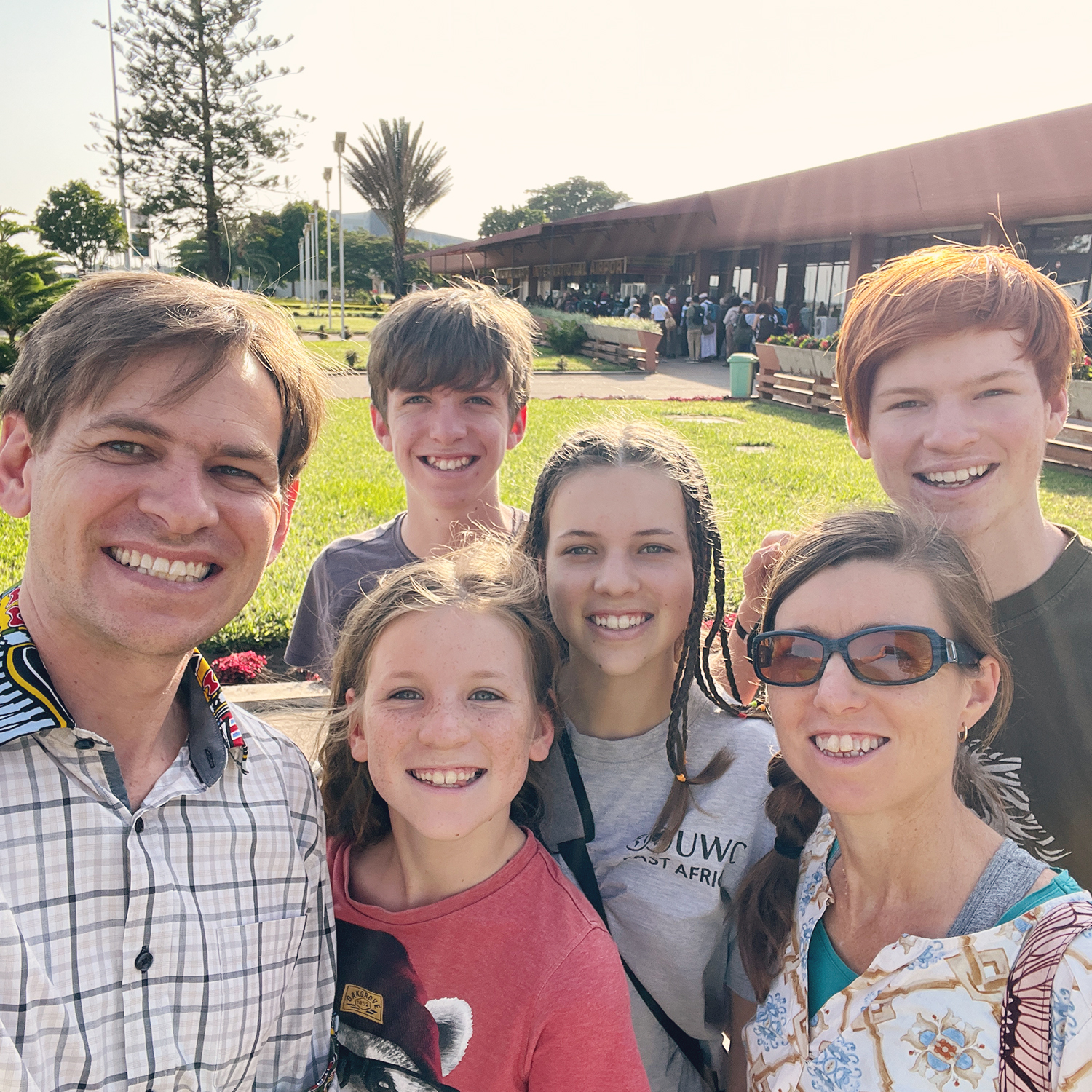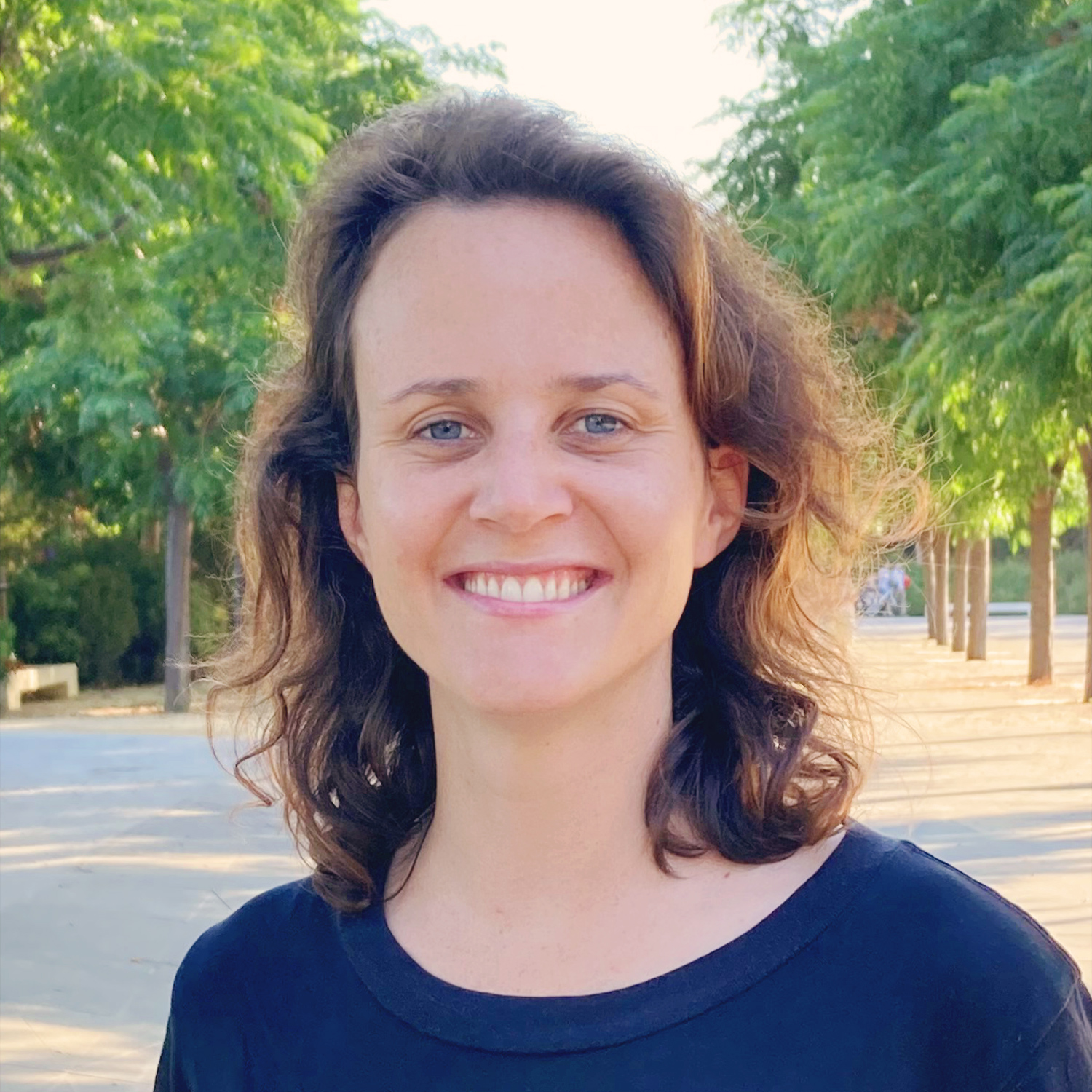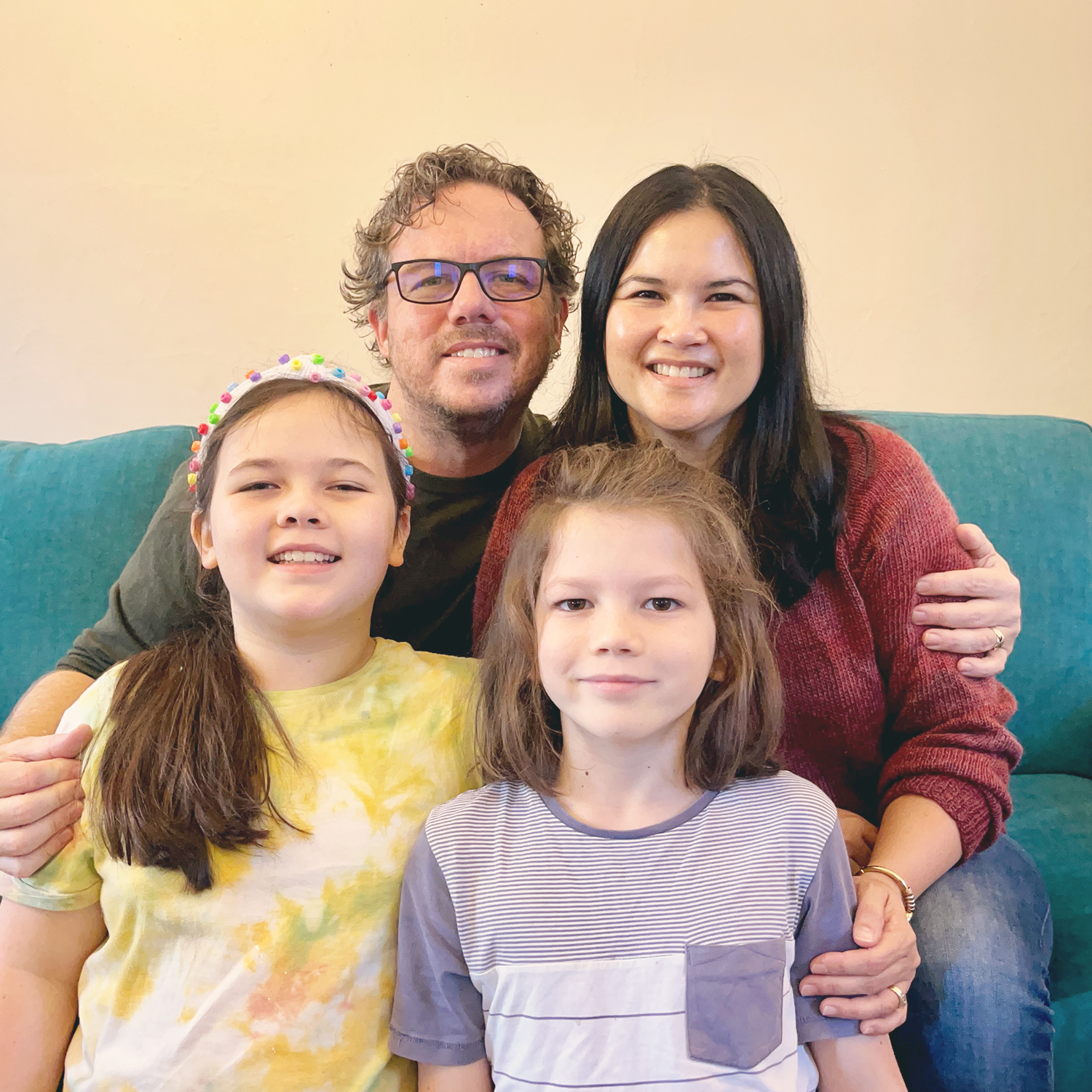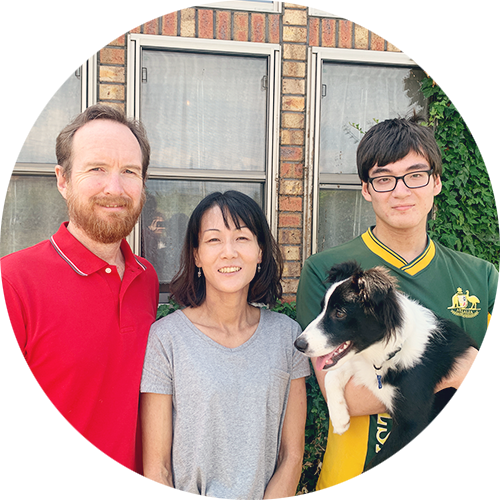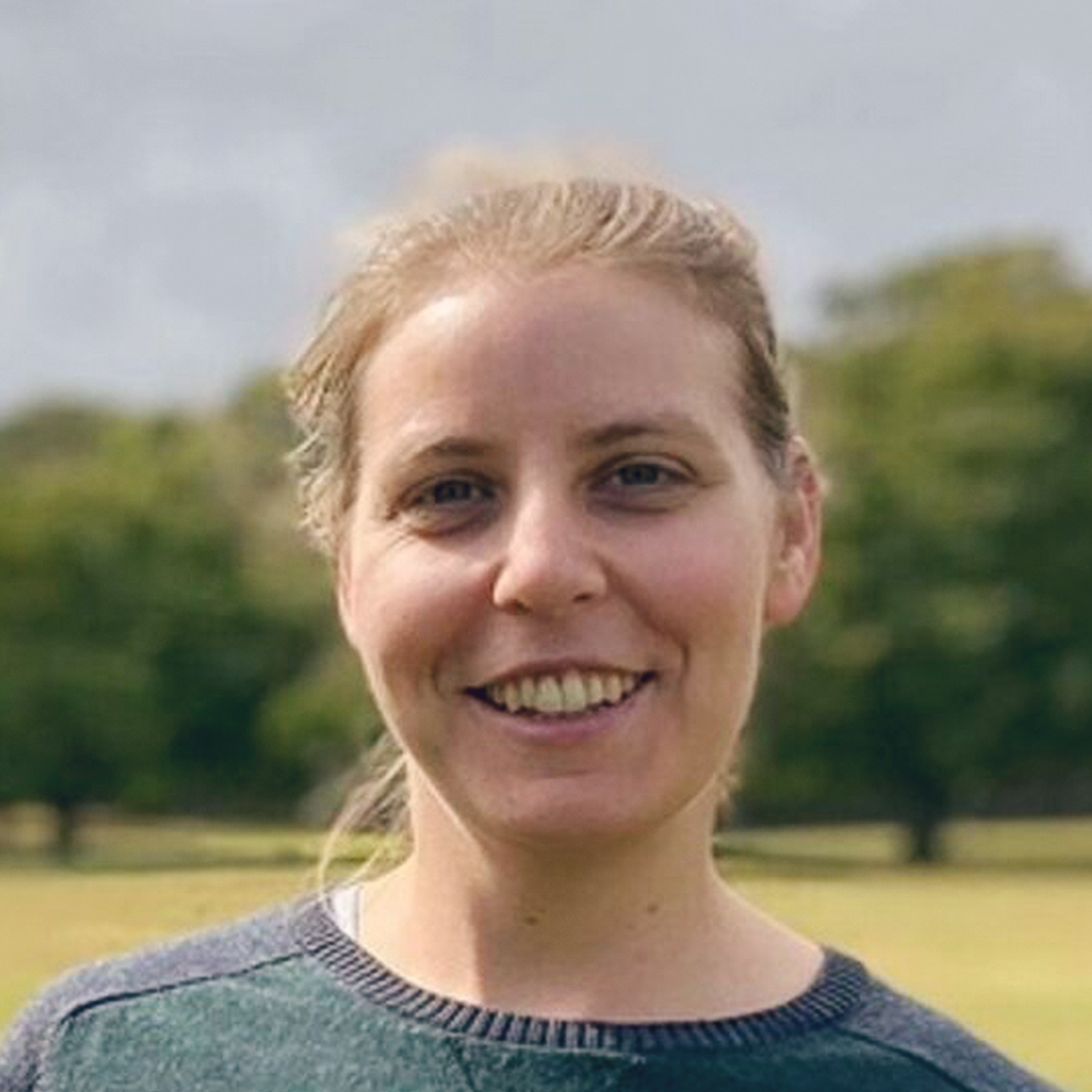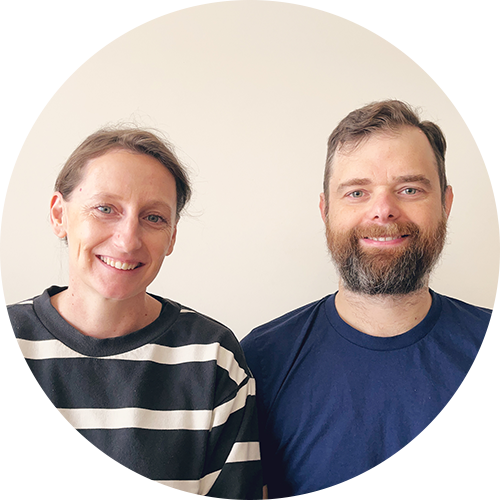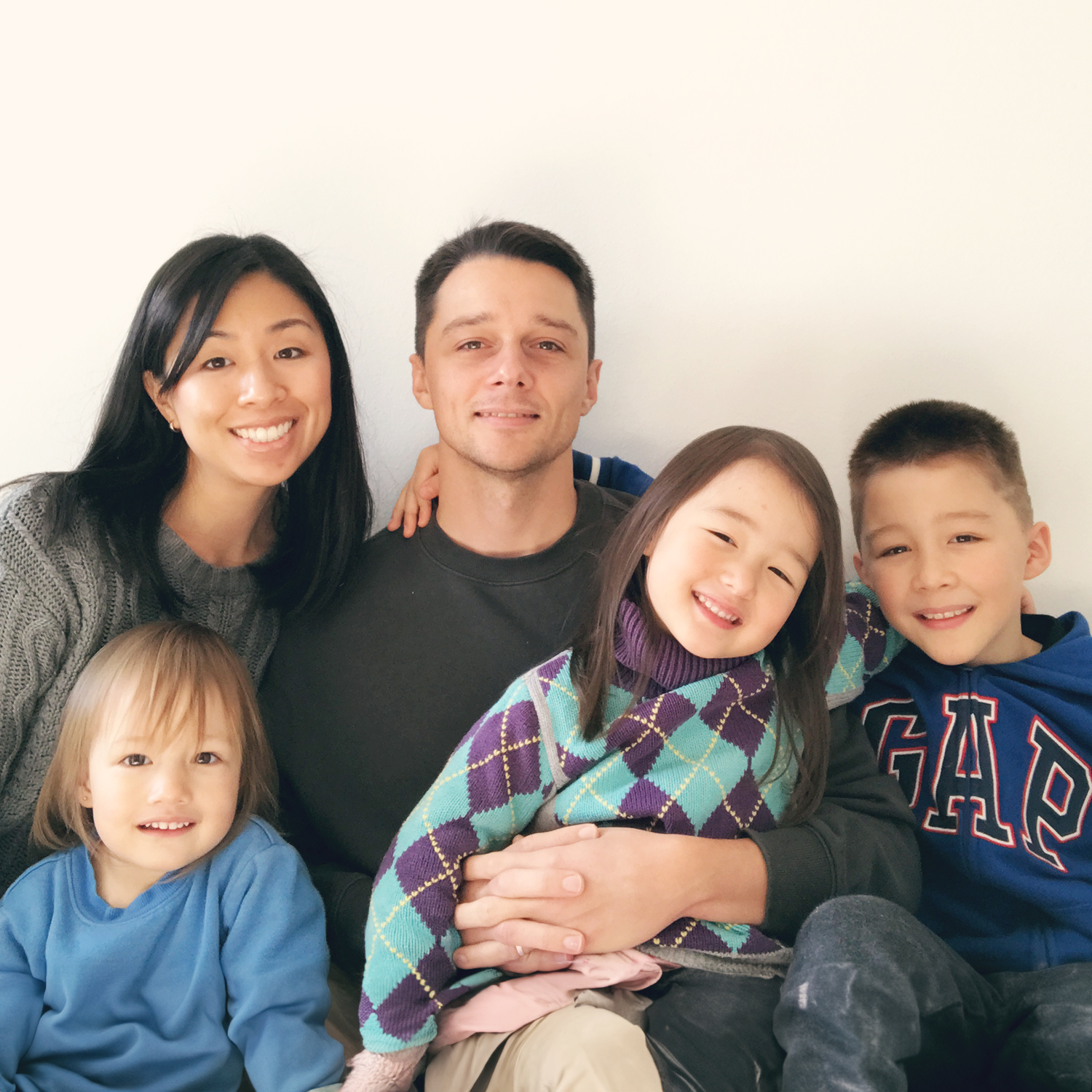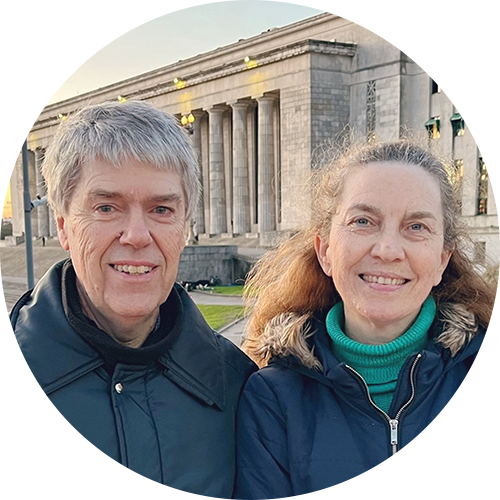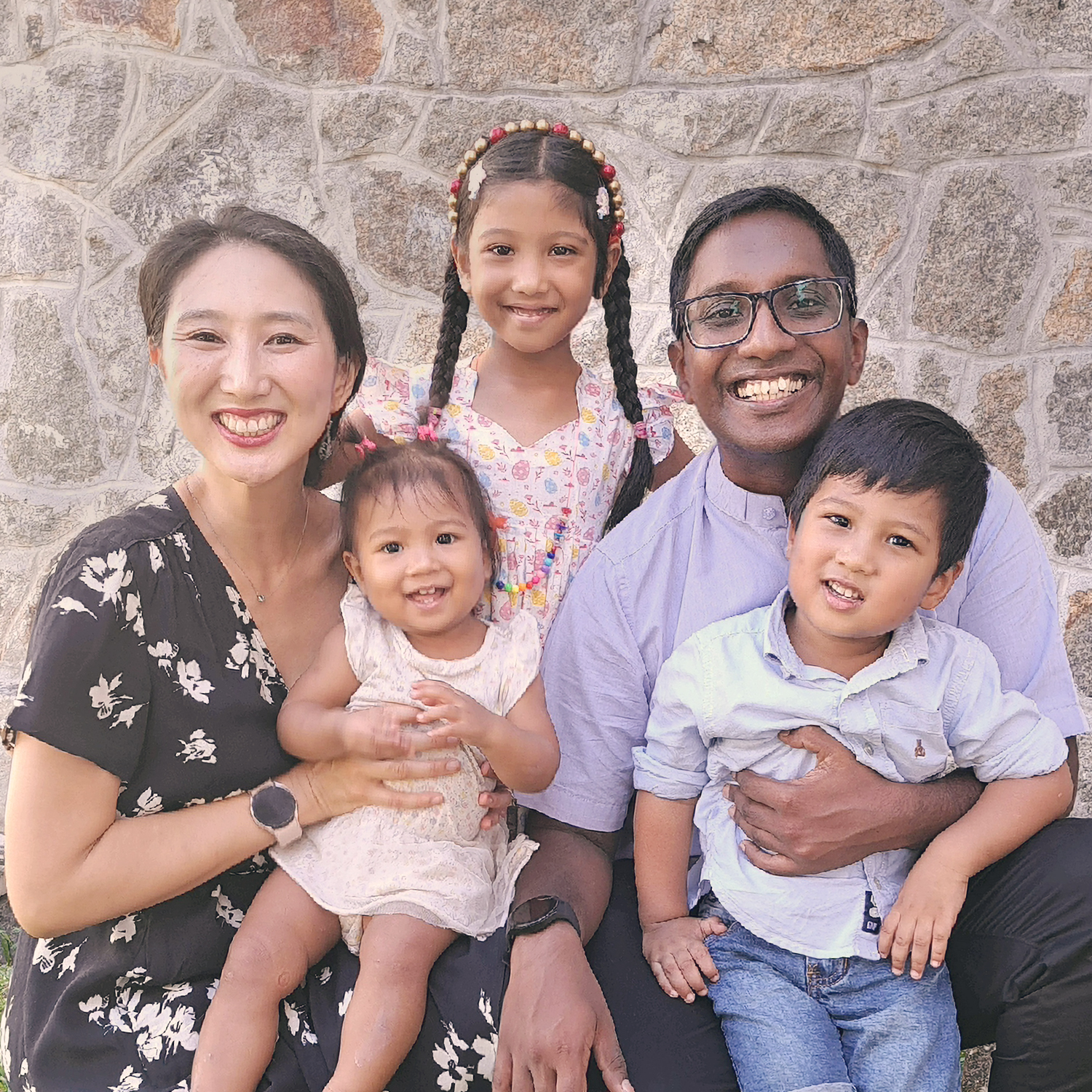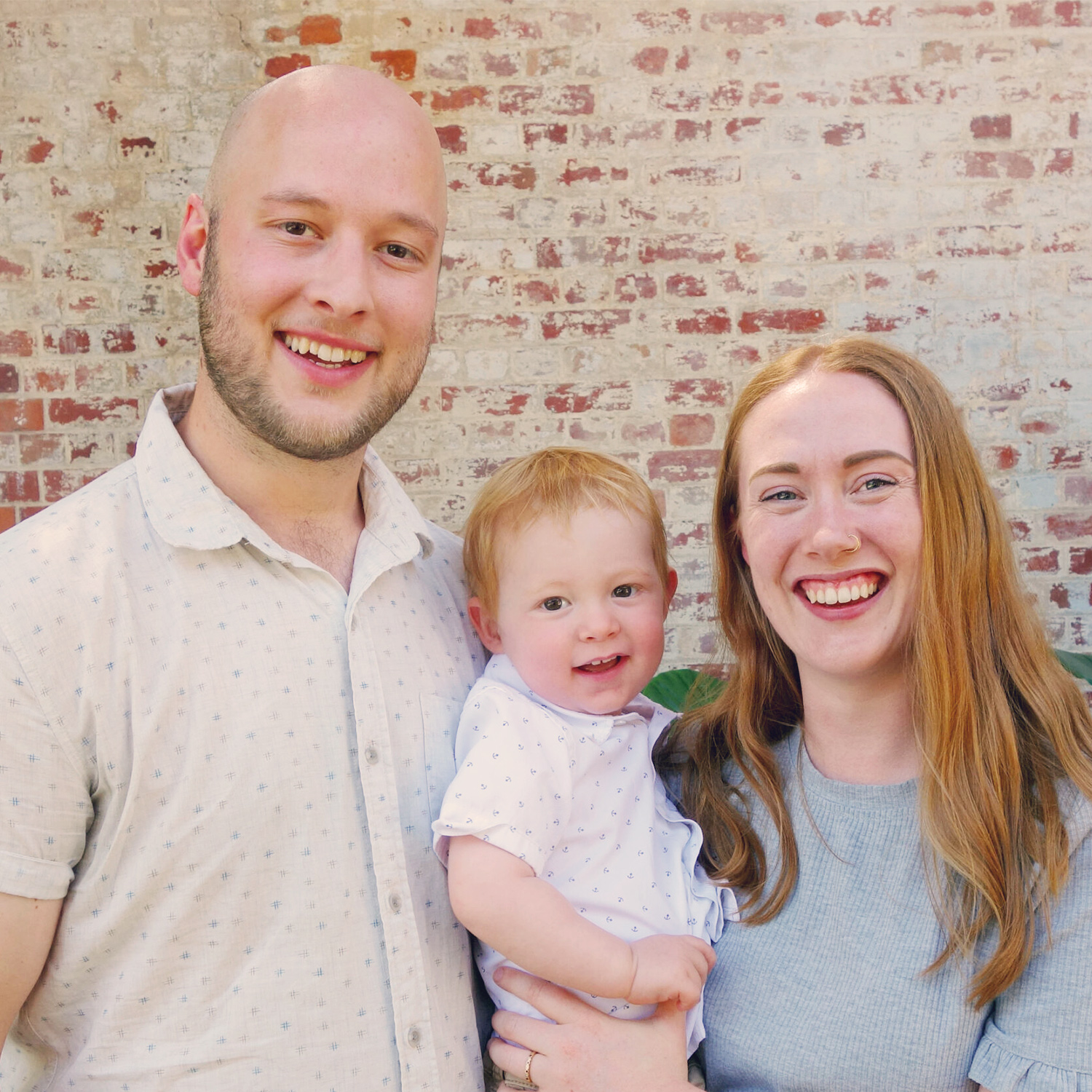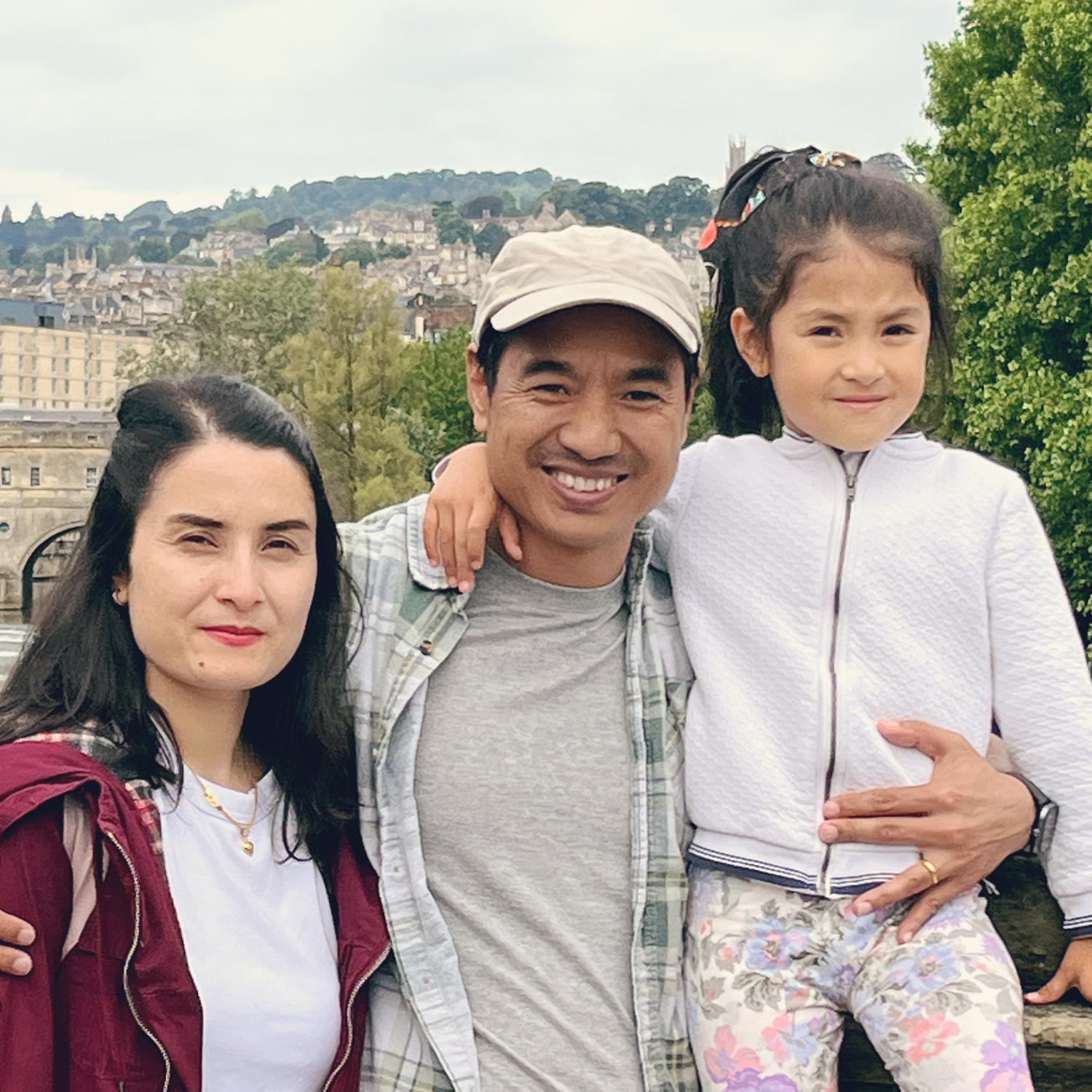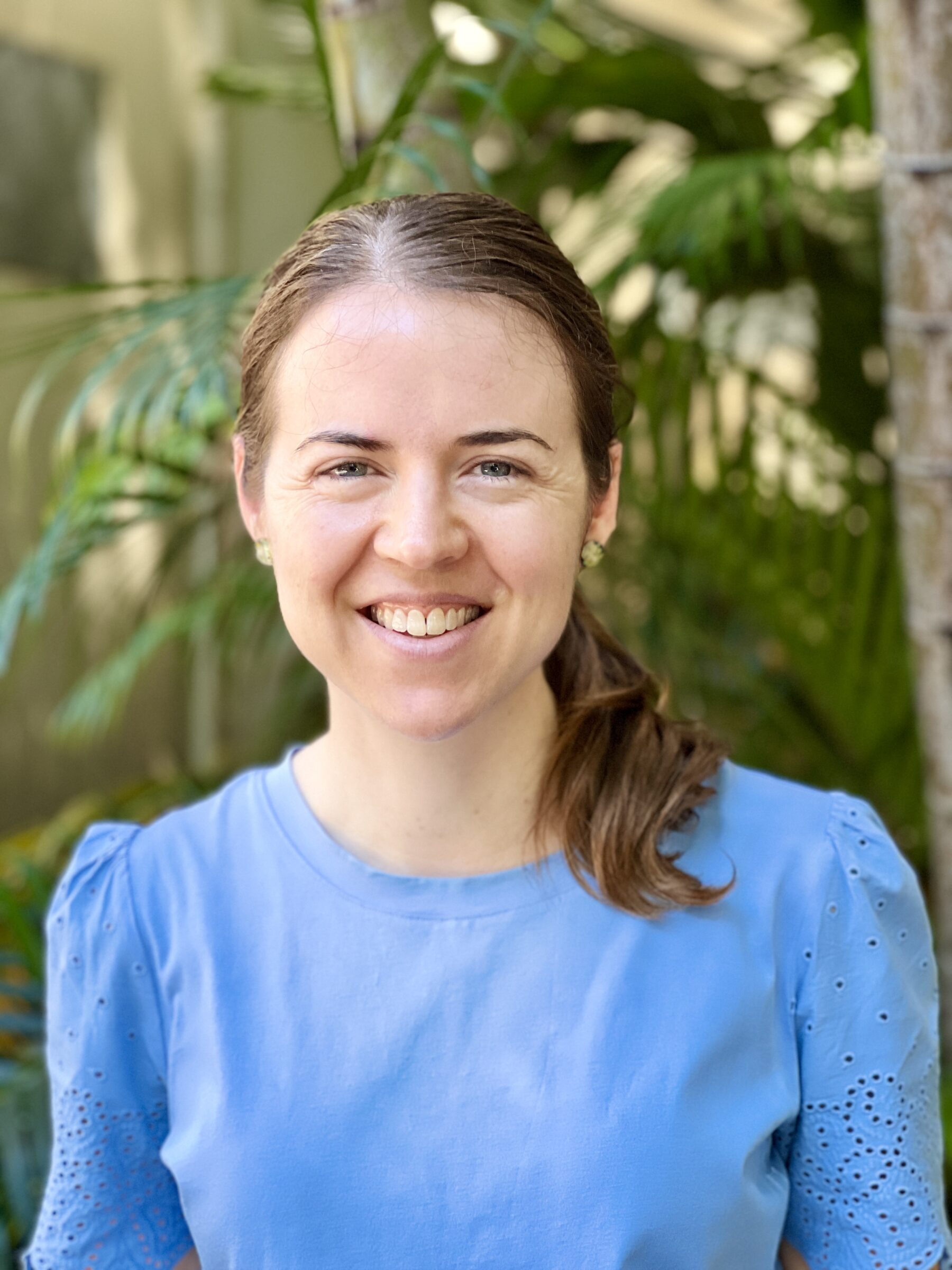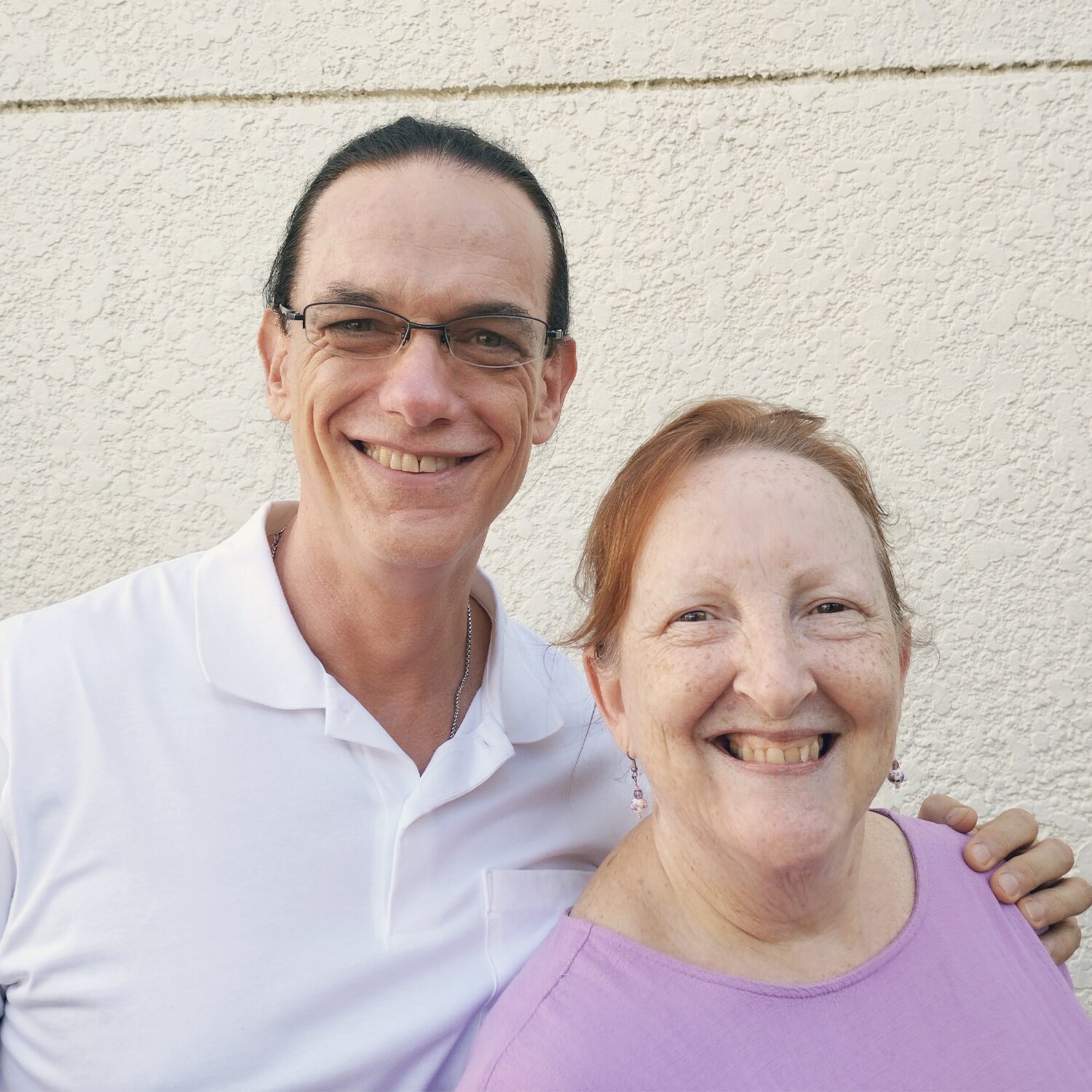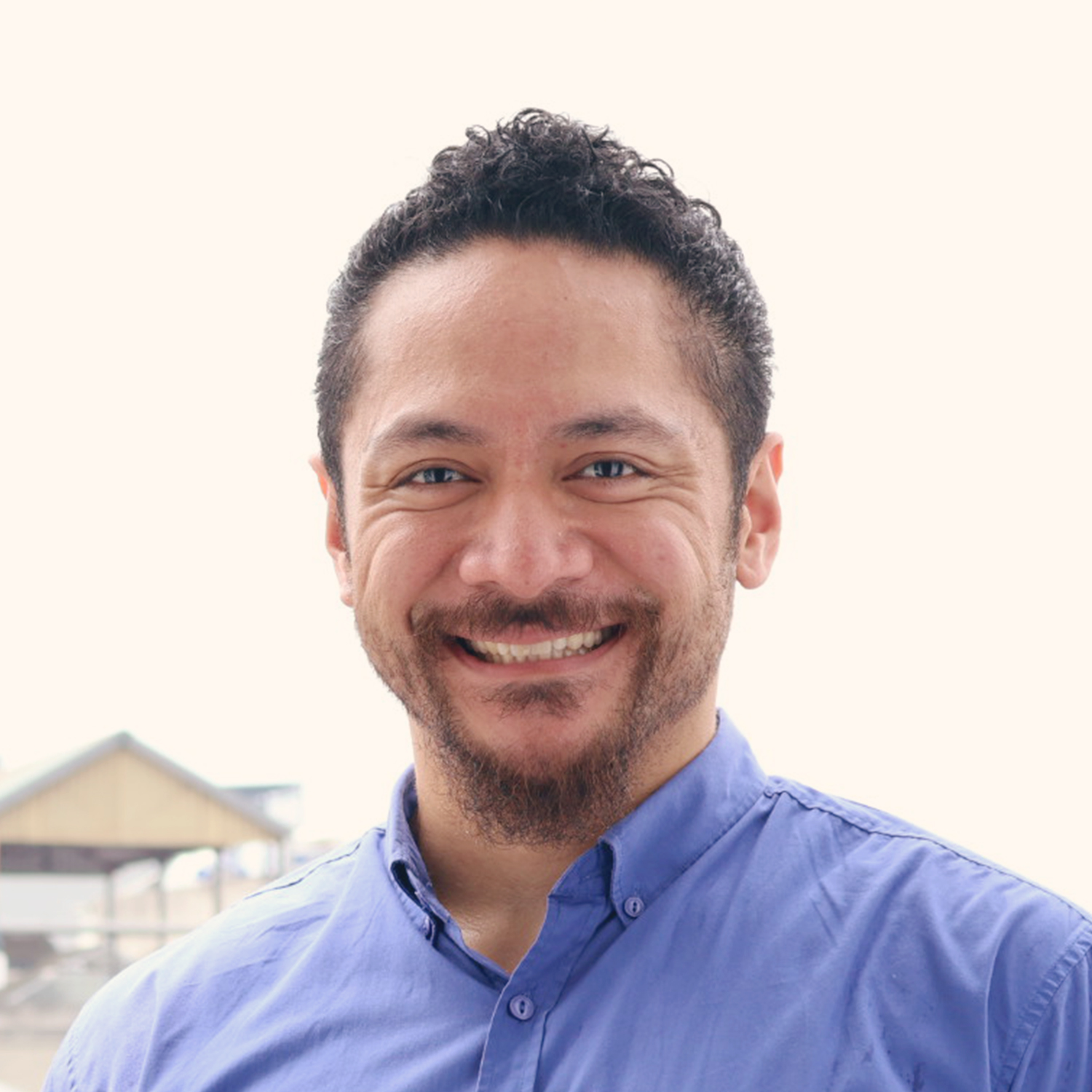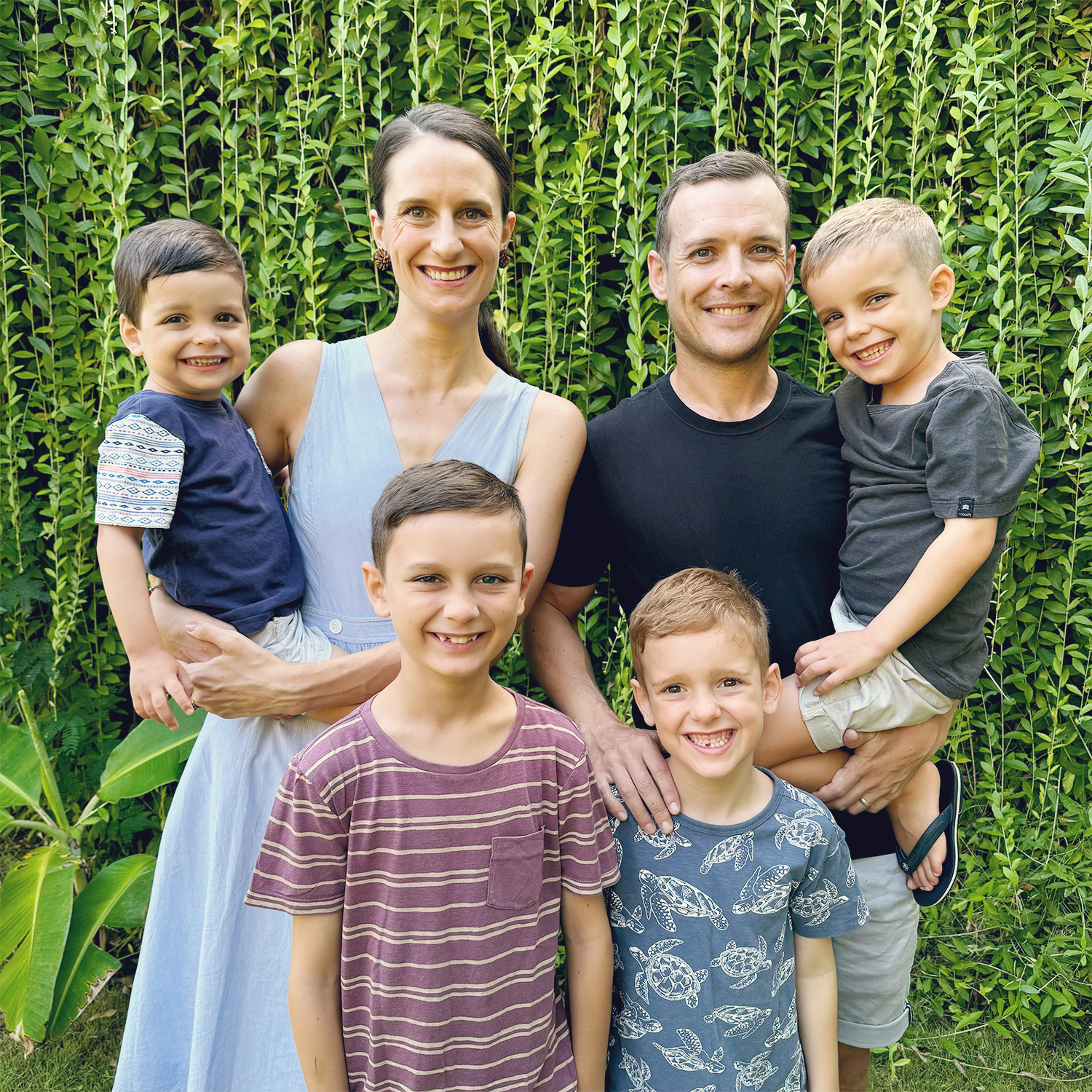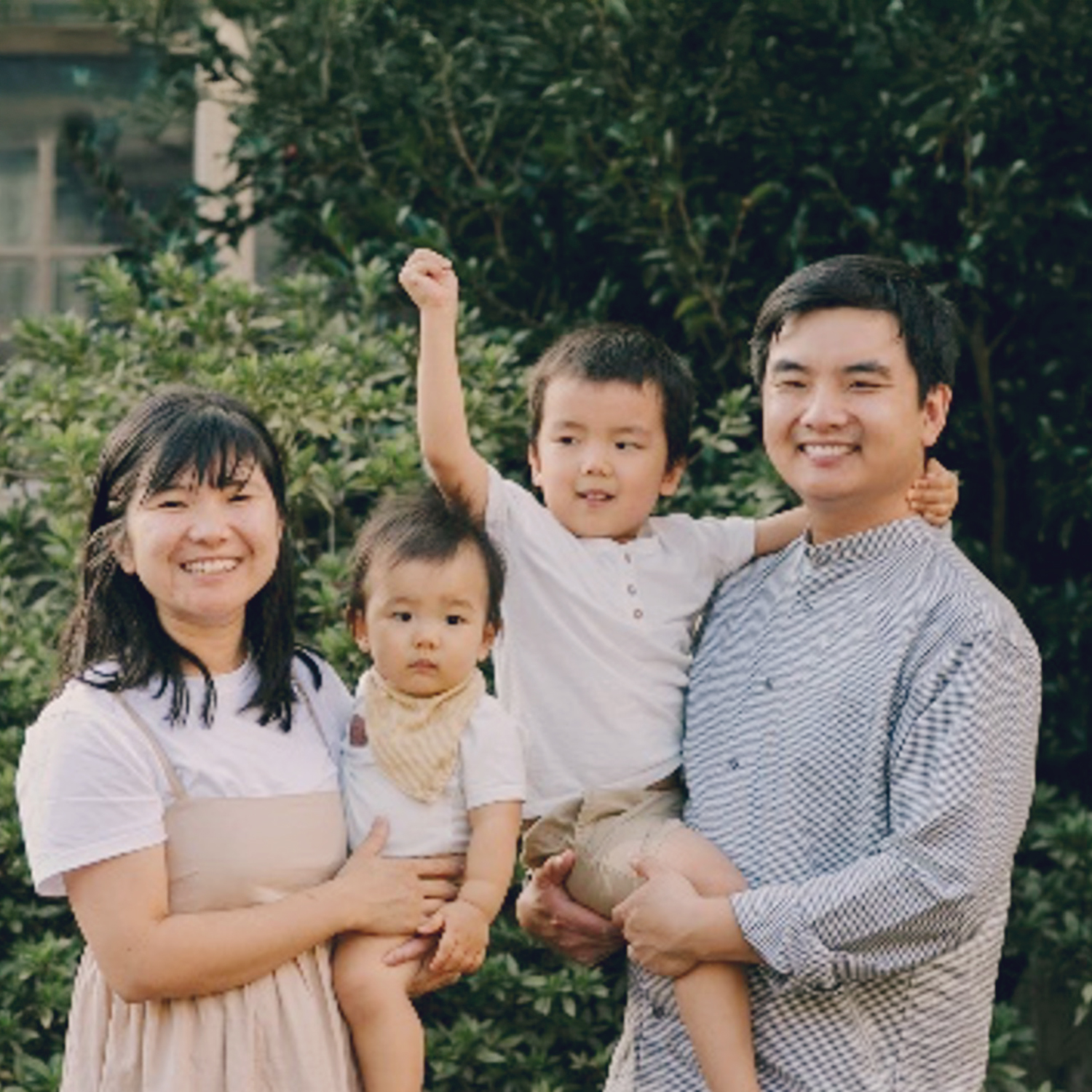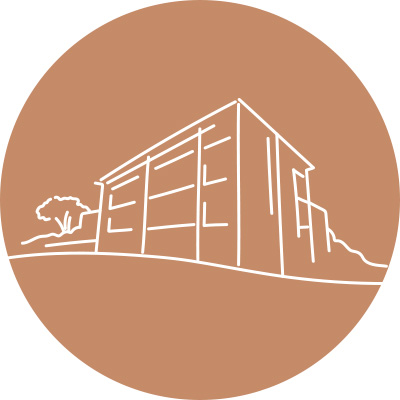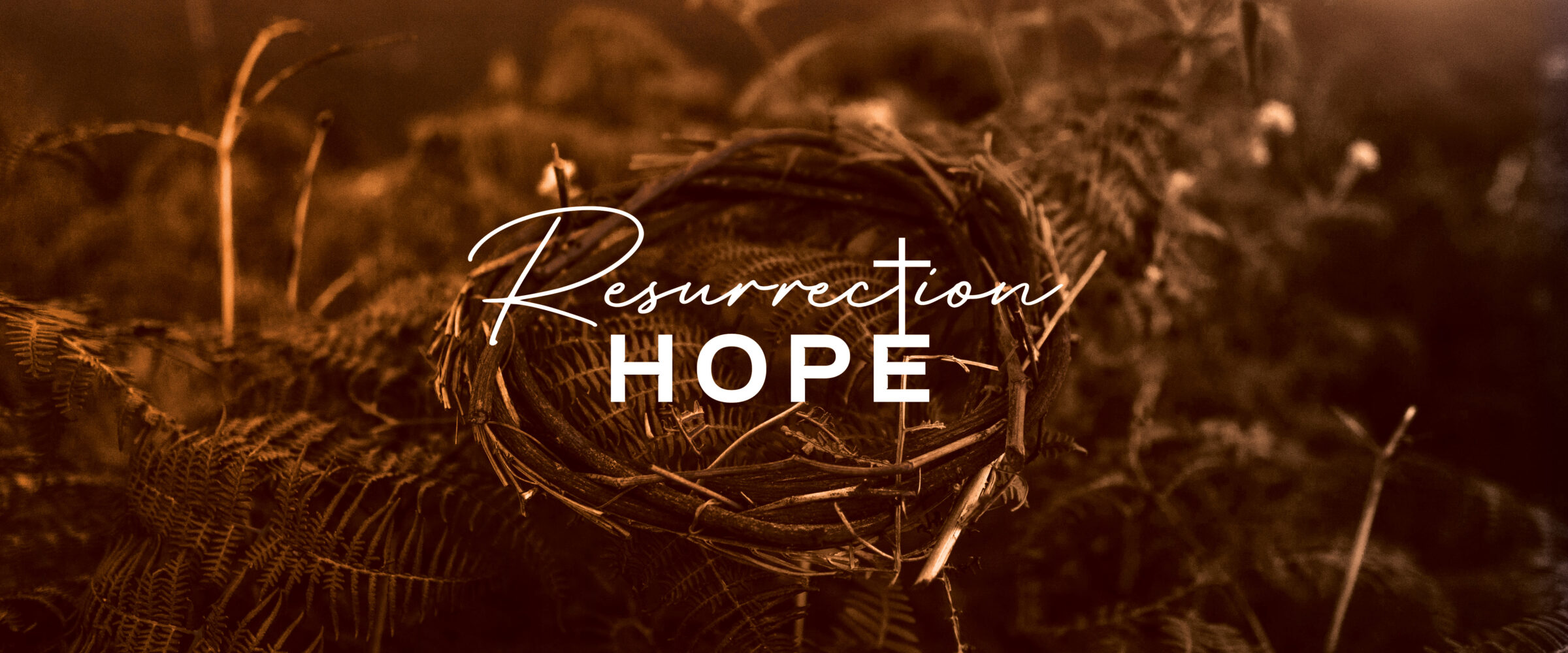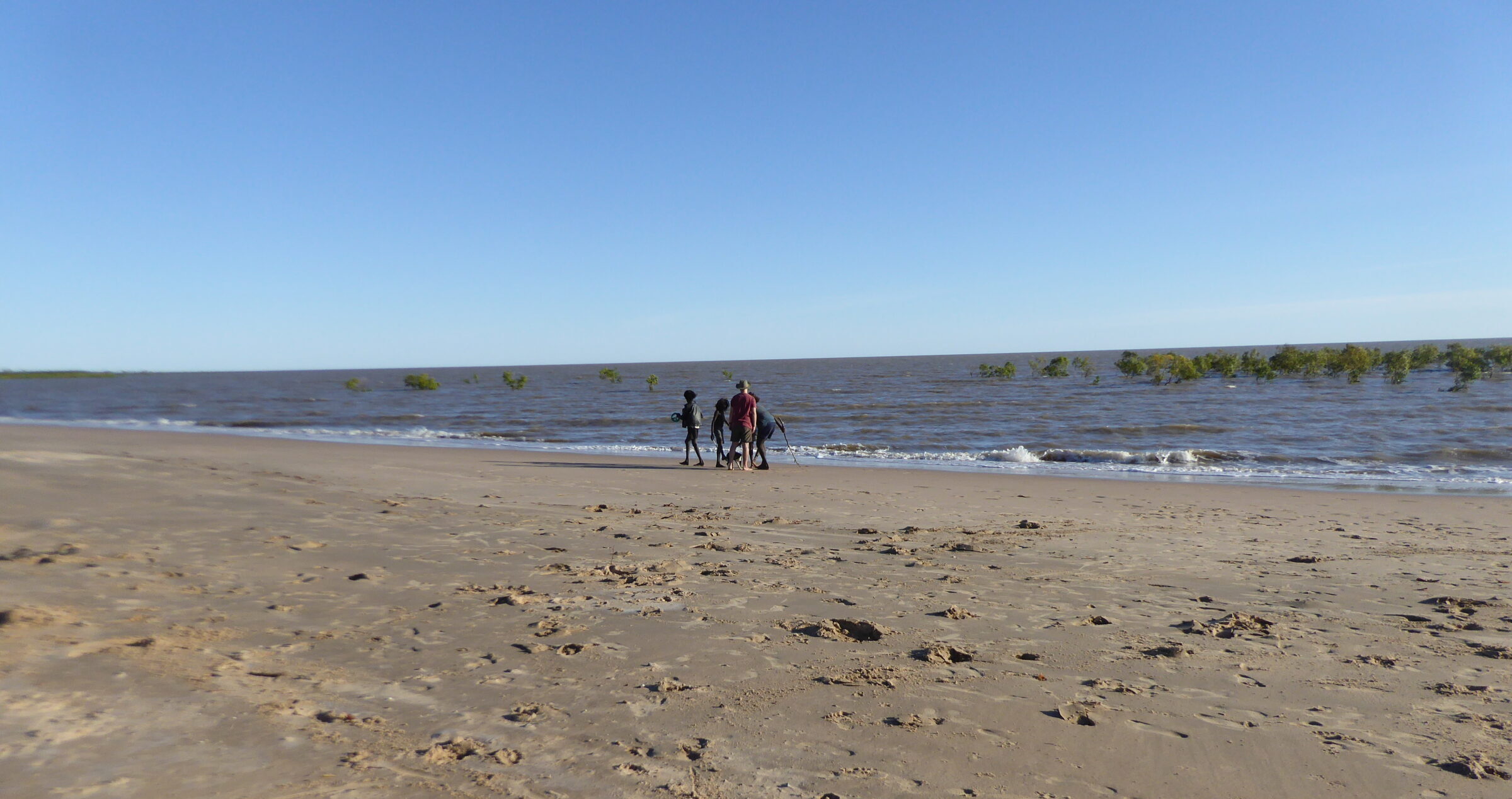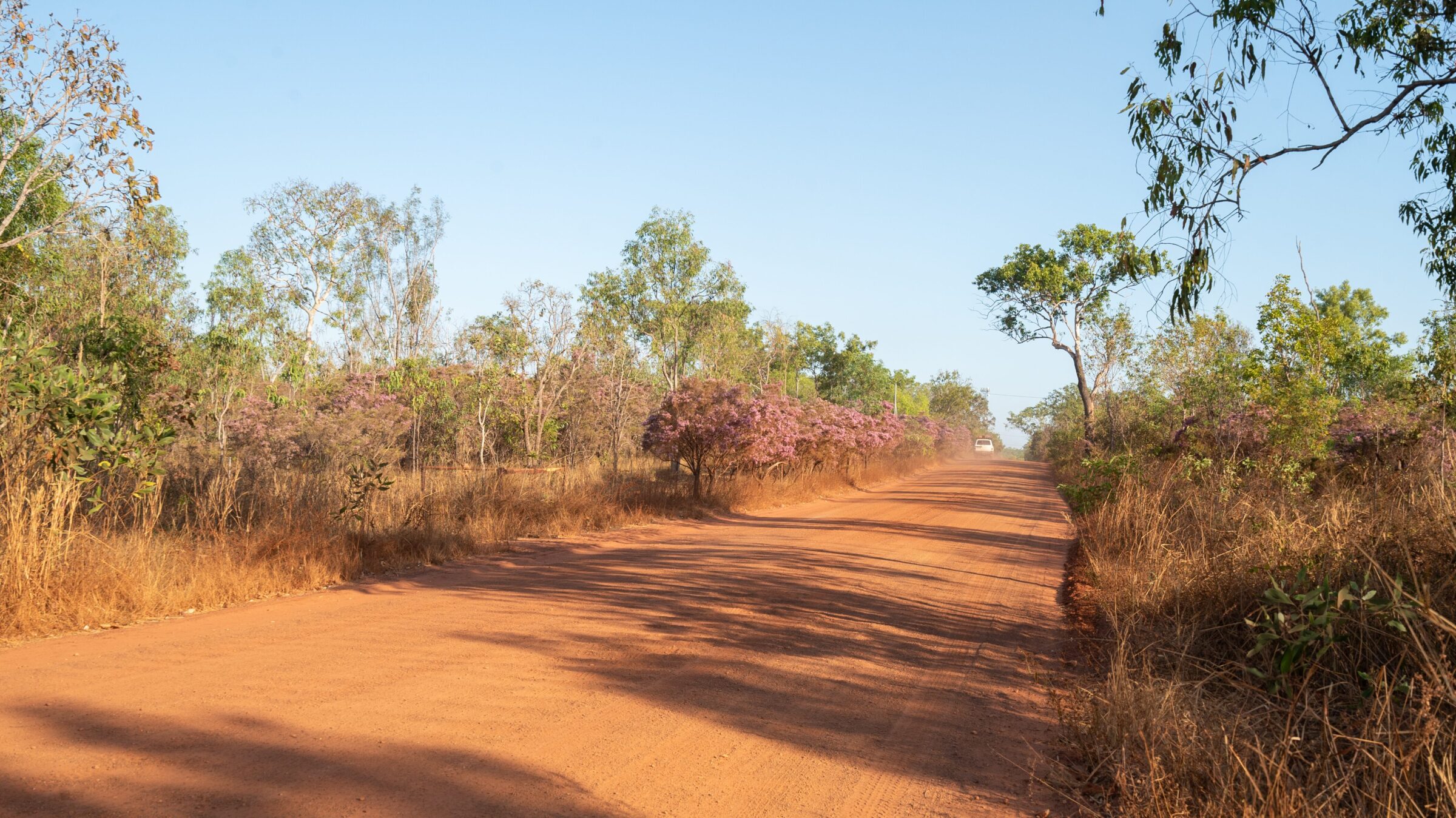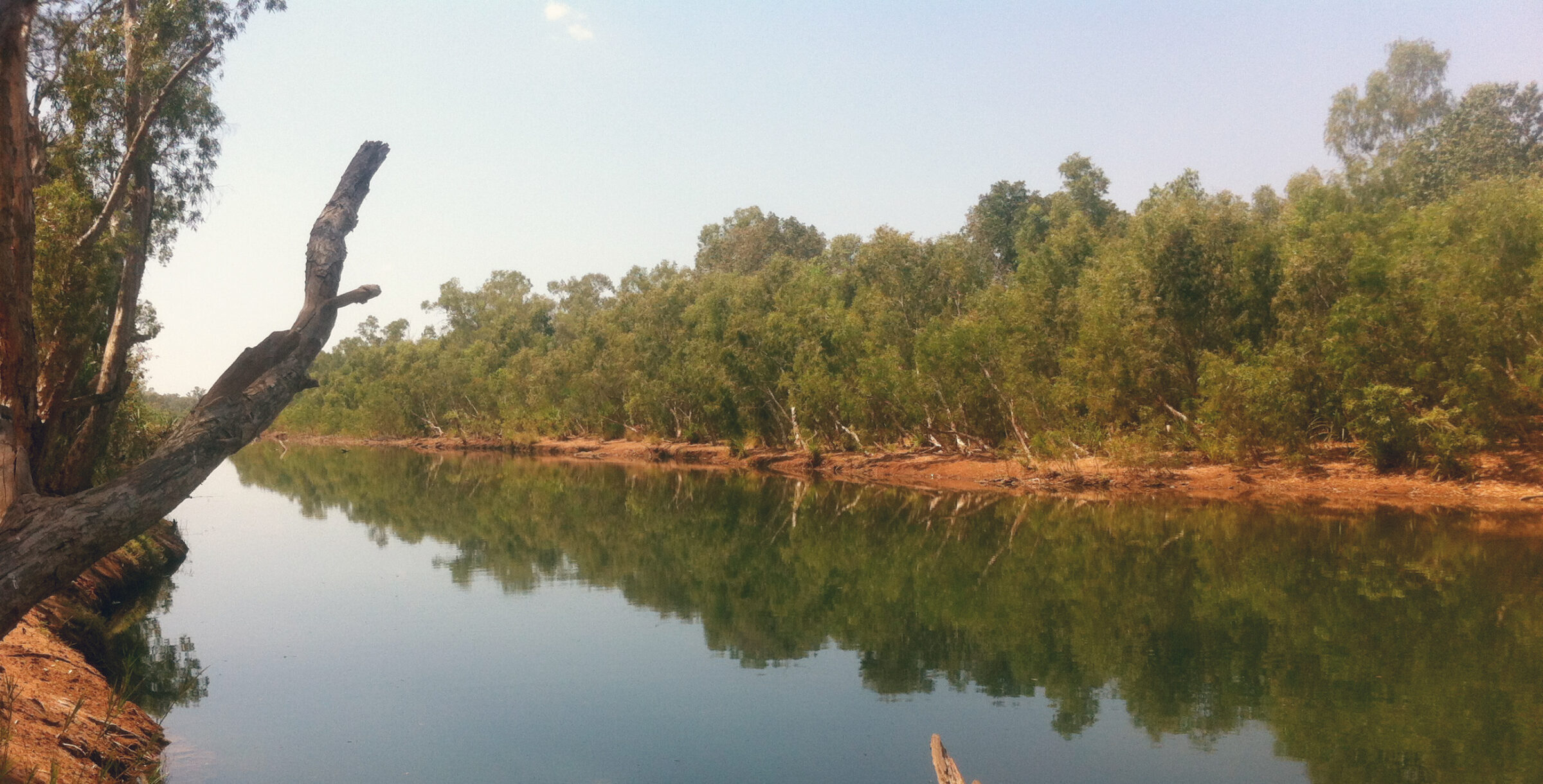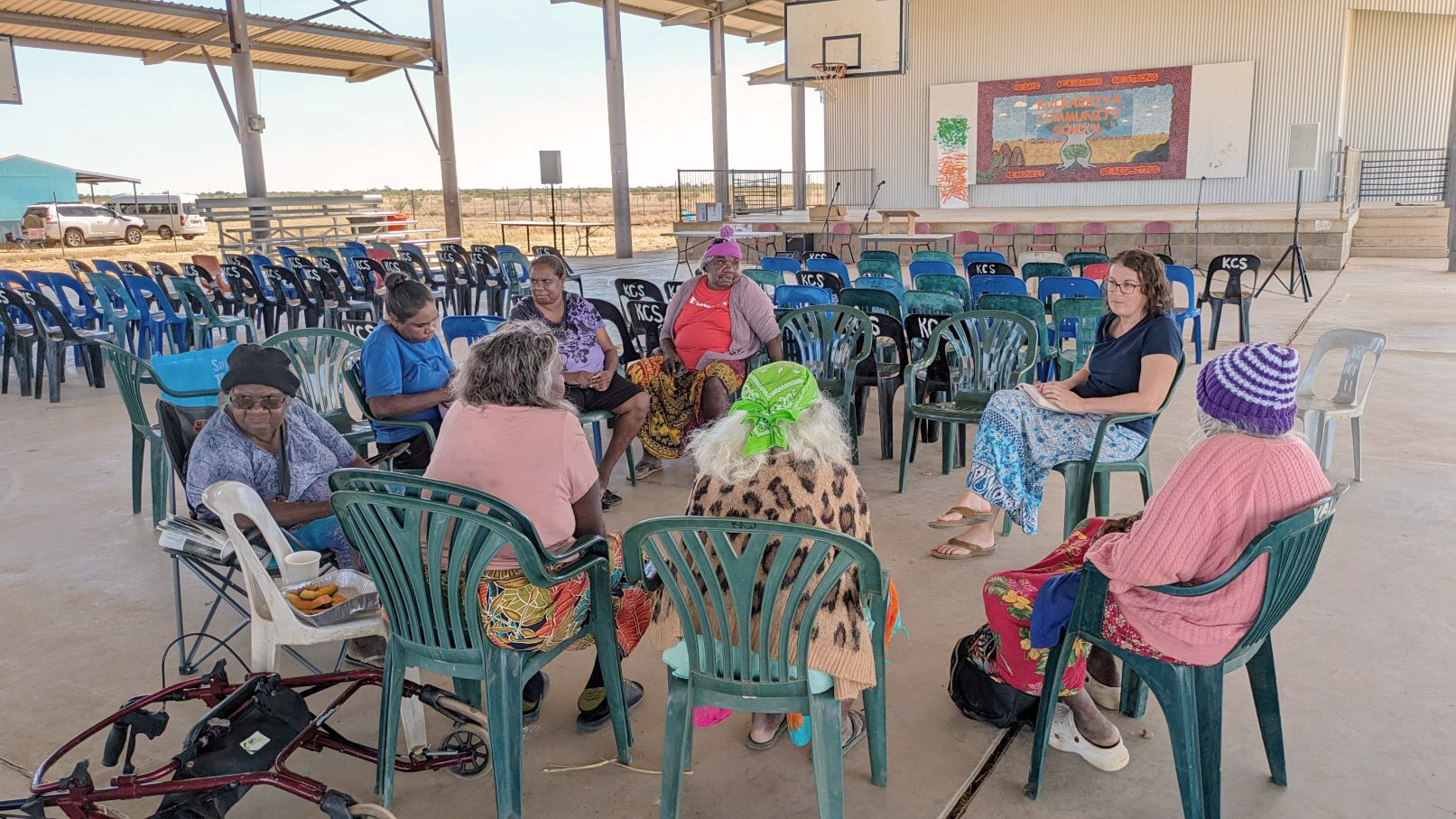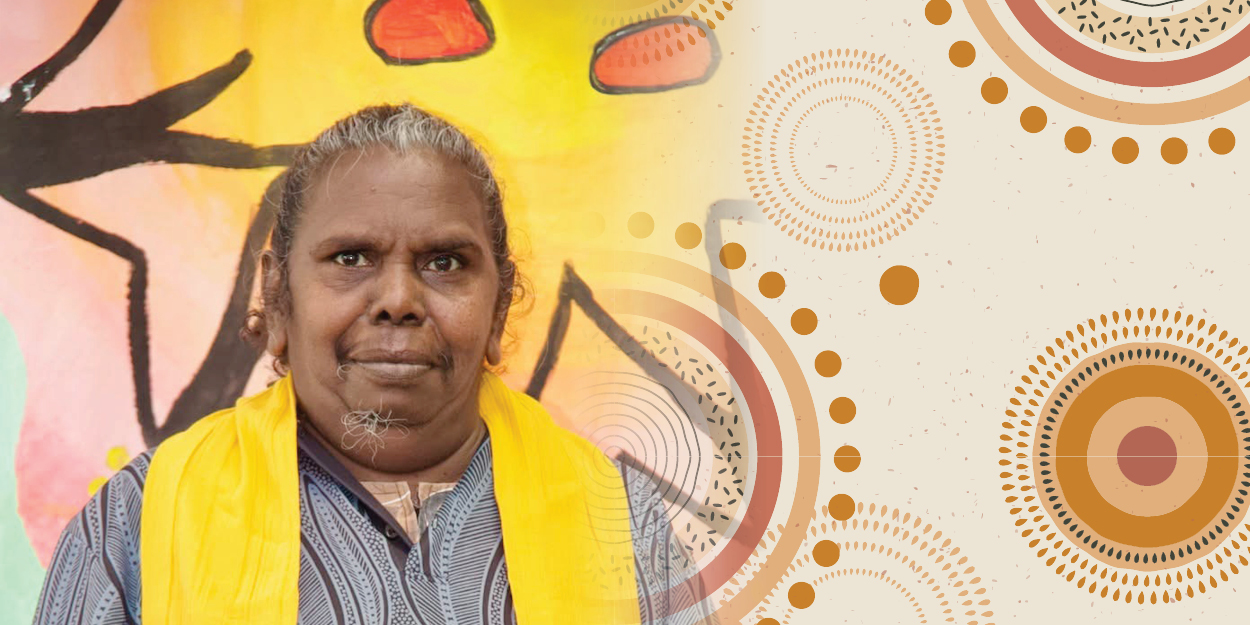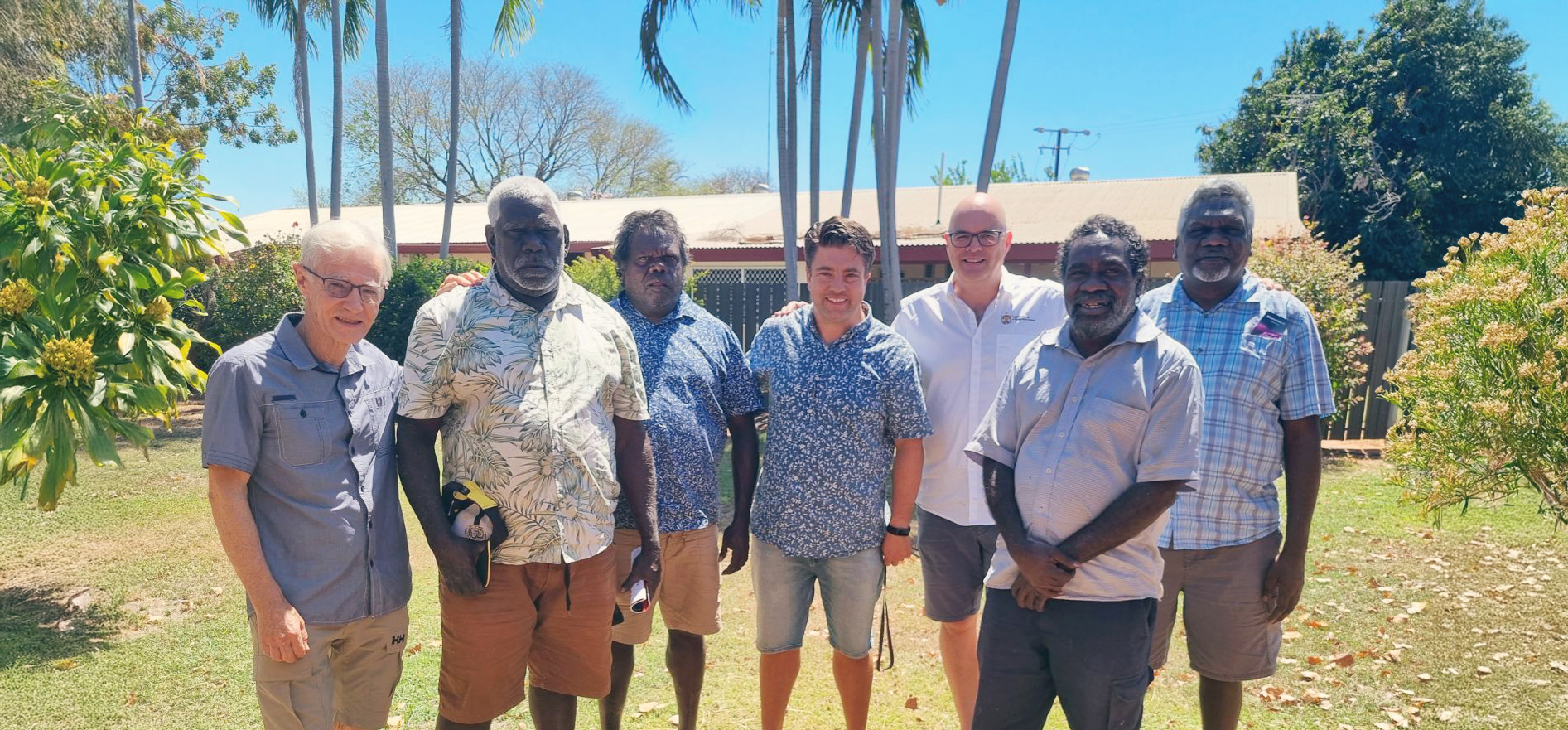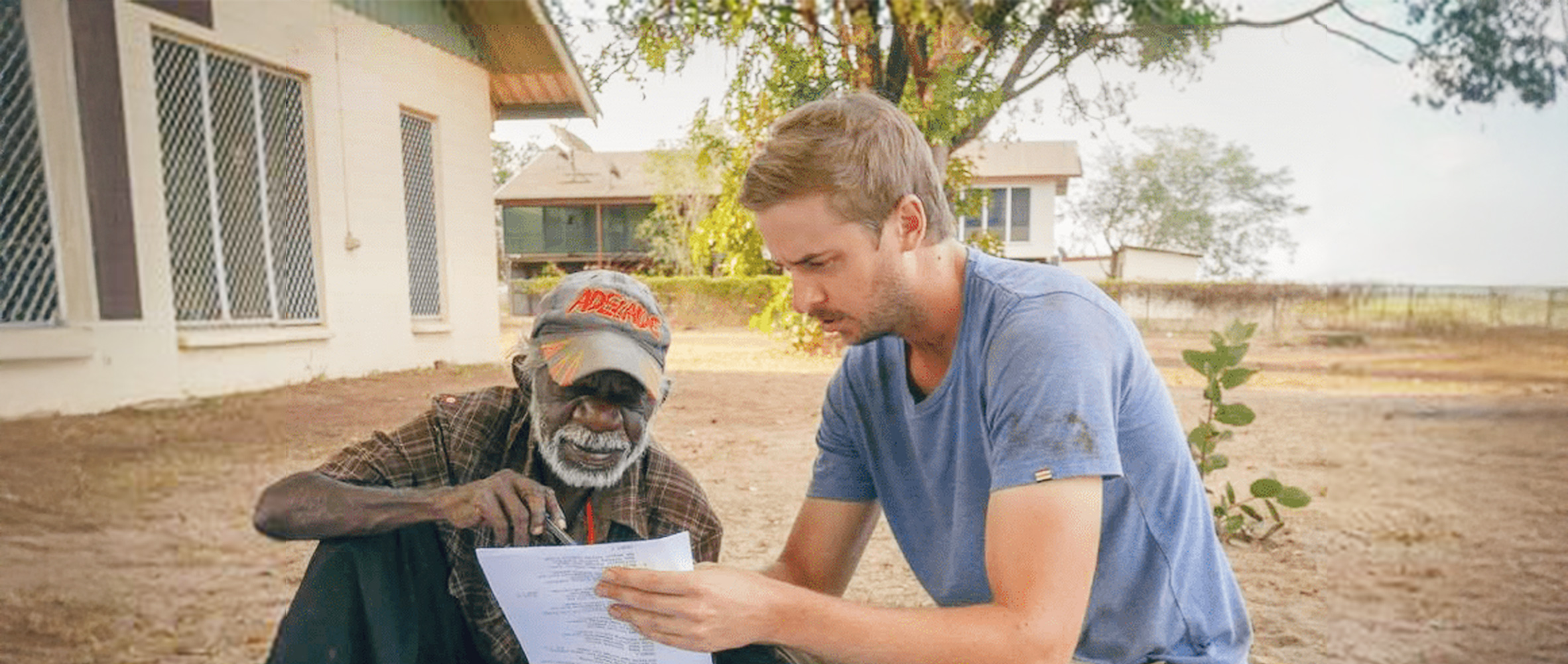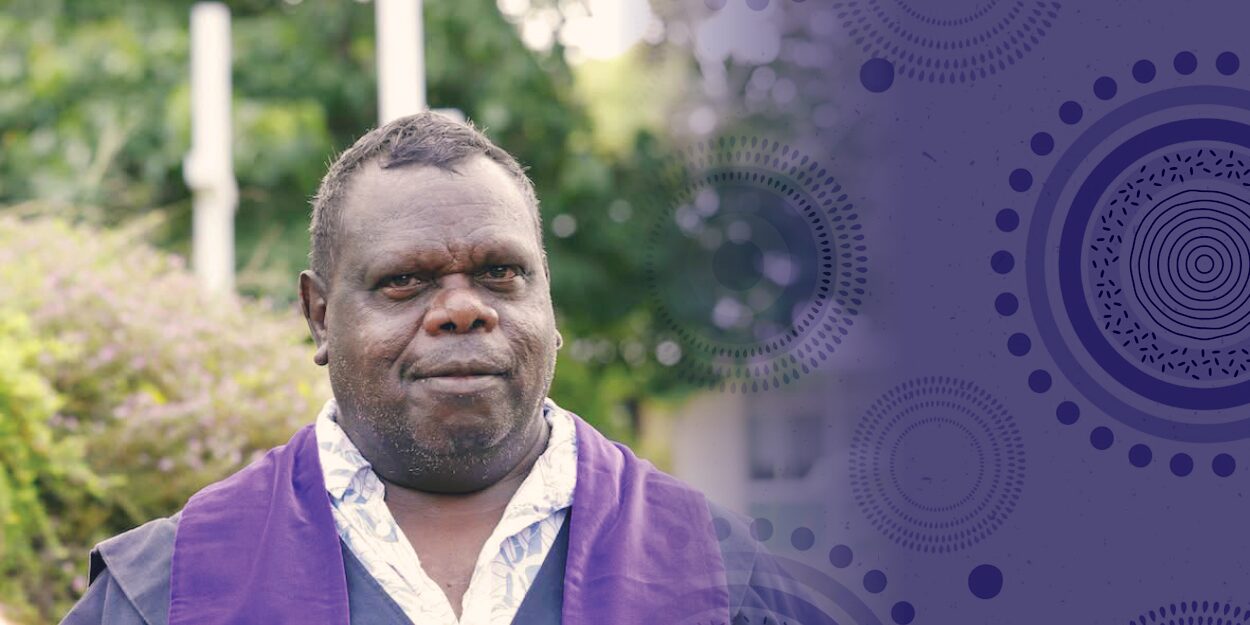First, pray
CMS missionaries Ian and Jenny Wood serve at Nungalinya College in Darwin. In this article, Ian shares how dependent prayer is a focal point in fellowship among Indigenous believers in the Top End.
Encounters marked by prayer
When Jenny and I lived in Numbulwar during the COVID-19 pandemic, we developed the habit of walking through the town and striking up conversation with whoever we met. Often, we’d end up praying with them.
It was an introduction to something we see constantly in the Northern Territory—planned and unplanned encounters with Indigenous people are often marked by prayer.
We pray for ‘spiritual’ things—like people being converted, or growing in love, or understanding what God has to say. We also pray for ‘normal life’—like kids getting on at school, someone getting a job, or needing to make a river crossing in a dodgy four-wheel drive.
Prayer of this sort is a standout feature in the lives of believers we know in the Top End.
Praying at Nungalinya
At Nungalinya, we see students keen to pray together or be prayed for about all kinds of things. The day always starts with prayer at chapel, but we often pray in classes as well.
A little while ago, after my co-teacher was involved in a serious accident, we started class with a time of prayer, and every person in the room prayed aloud.
Another day, a student asked, “Can we have a time of prayer?” and the same thing happened. One student prayed “for the church to grow in God’s Word by coming together to pray and study”. Another prayed “for a heart of love, compassion, mercy and forgiveness”. One addressed their prayer in Djambarrpuyŋu to God ‘bapa Garray Djesu’. Another, in Pitjantjatjara to ‘Mama God’.
With so many languages and cultures from the Northern Territory intersecting at Nungalinya, times of collective prayer are an interesting experience.
Deep in my thinking is Paul’s instruction that things should be in a language that’s common to everyone, so that we can all say ‘amen’ (1 Corinthians 14). The 39 Articles also insist that prayer in church should be in a language ‘understanded of the people’.
Important ideas like these get bypassed when it’s difficult to find a language that people can understand and feel comfortable to pray in. We might have times of prayer in languages understood by lots of people, a handful of people, or sometimes only by one person in the room.
Praying as a ‘first resort’
It is remarkable to be with believers who often pray to God as the ‘first resort’ rather than as an afterthought.
We know that in lots of ways, Indigenous churches in Northern Australia are fragile and low in resources. Believers face all kinds of struggles trying to live the Christian life and share the good news of Jesus. In light of this, it is very humbling to see people who are strong in their prayerful dependence on God.
It is such a delight when I put a photo up on the screen of a growth group or a congregation ‘down South’ who I know are praying for our Nungalinya students. I can say to them, “Look at these people: these are people from a church who are praying for you.”
This makes perfect sense to our students, and greatly encourages them!
CARE
![]()
Could you be someone who prays regularly for students at Nungalinya College? Why not sign up for Ian & Jenny’s newsletter to receive regular prayer updates and requests?

